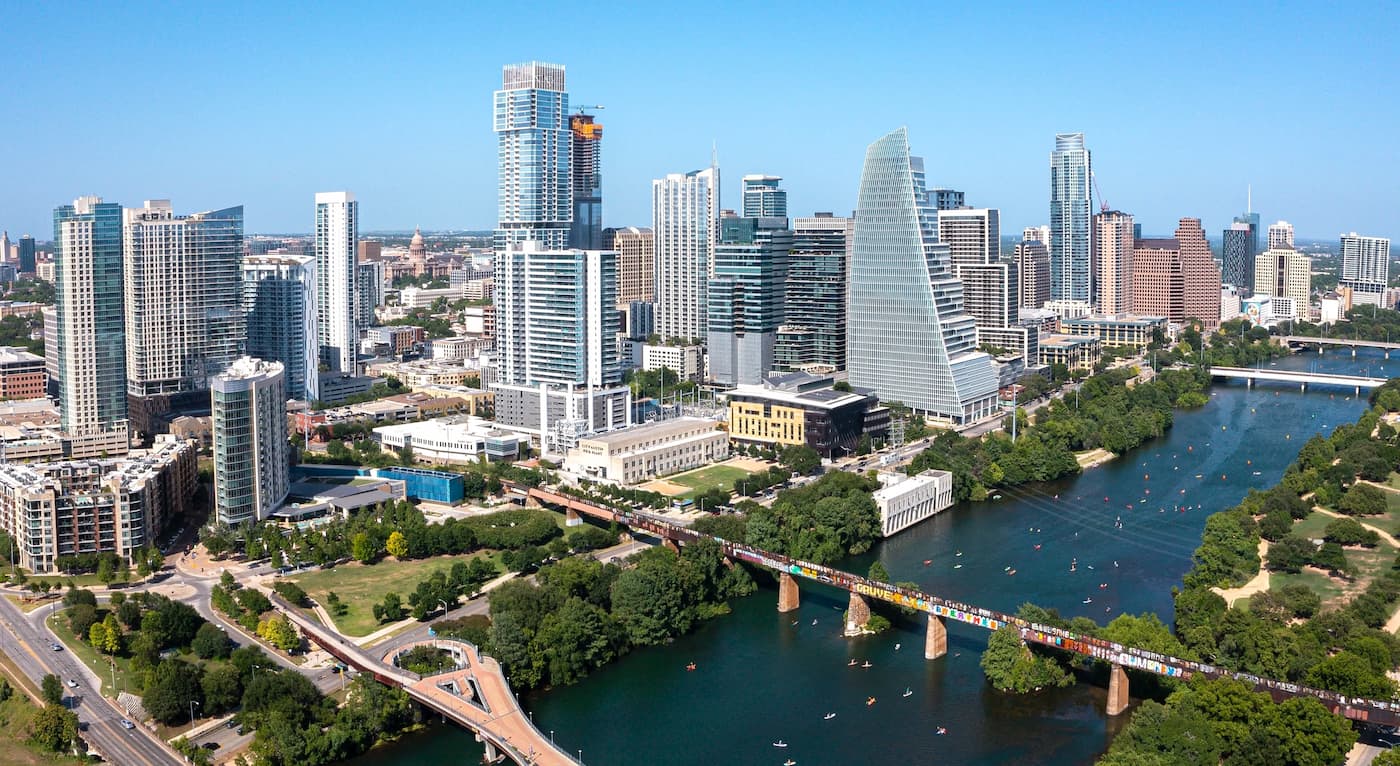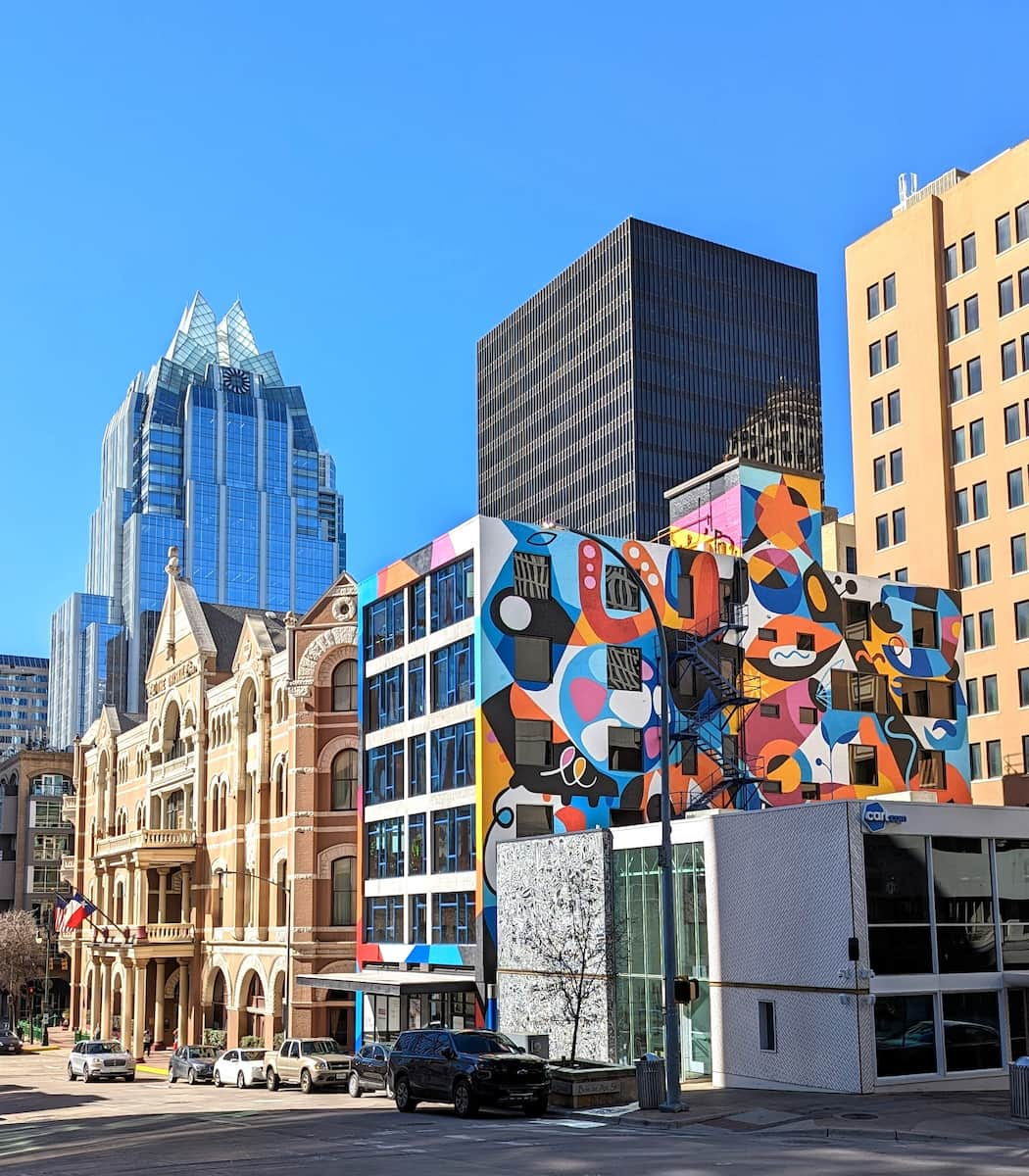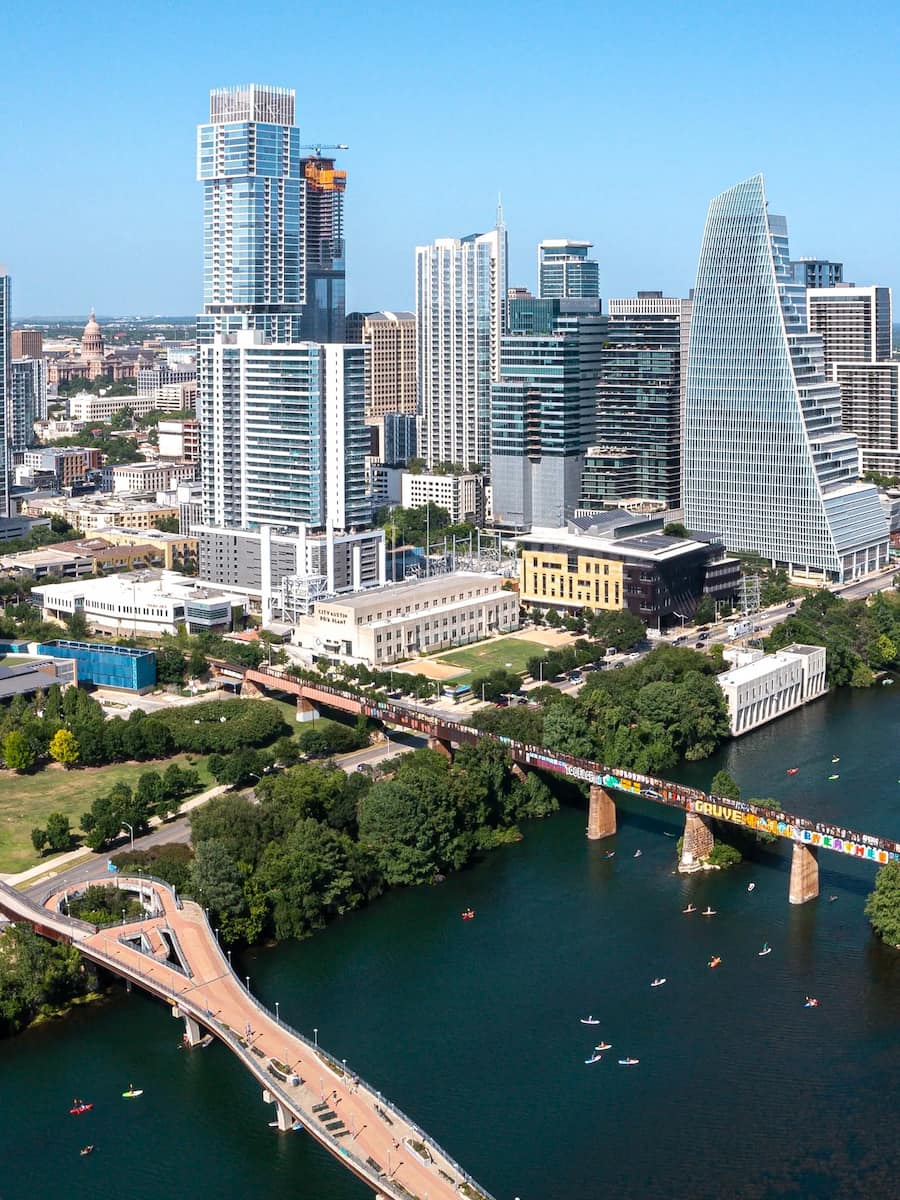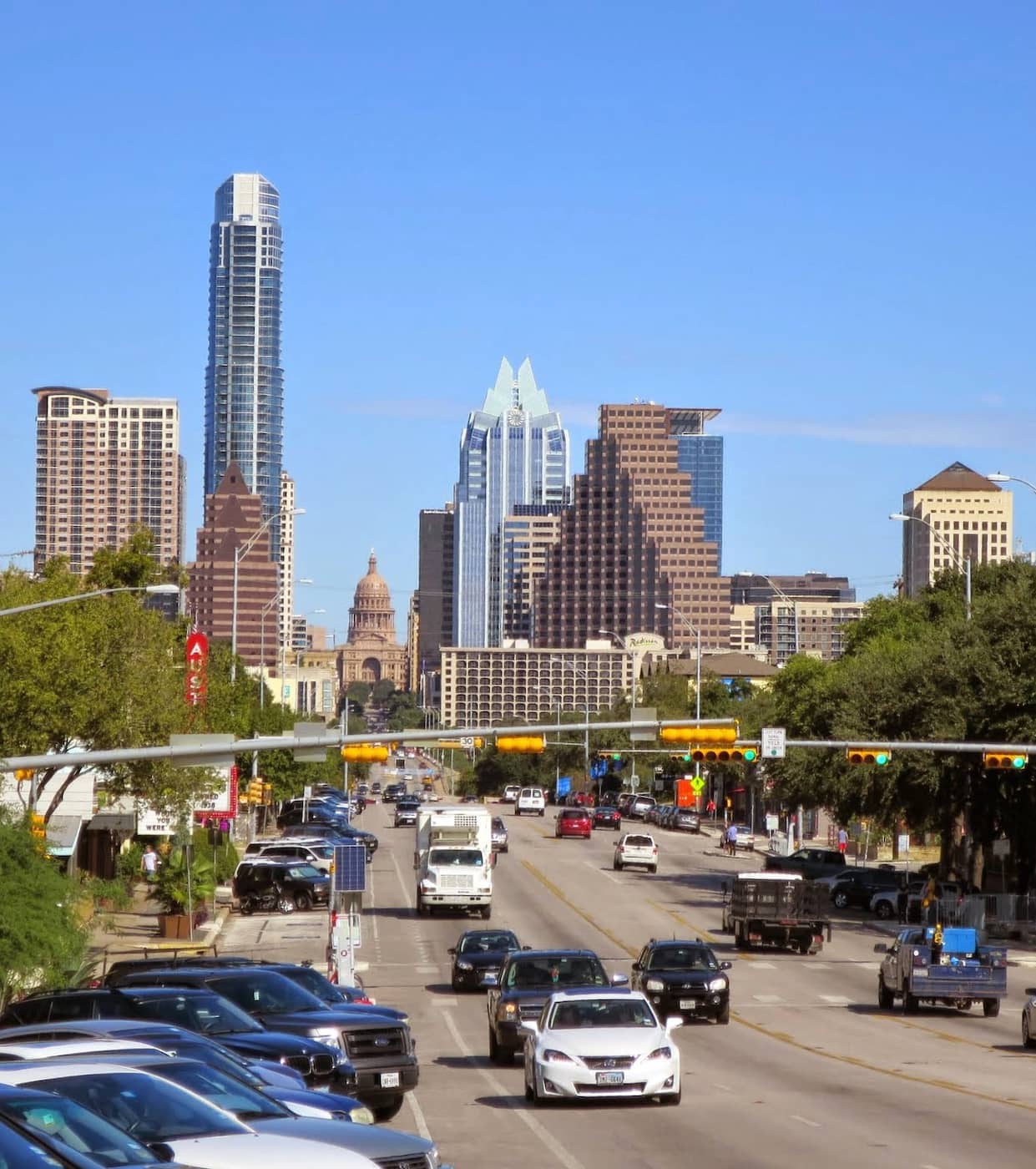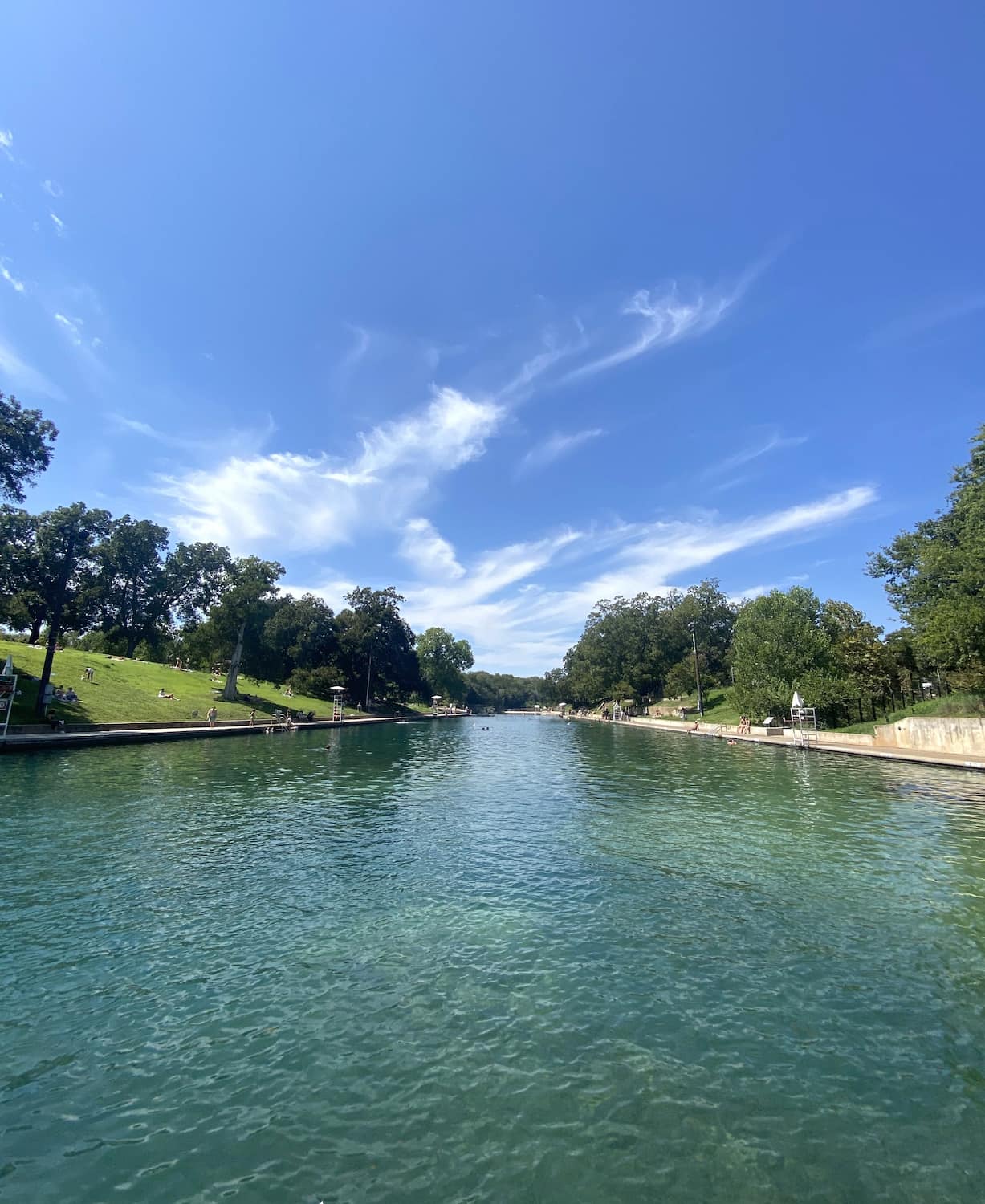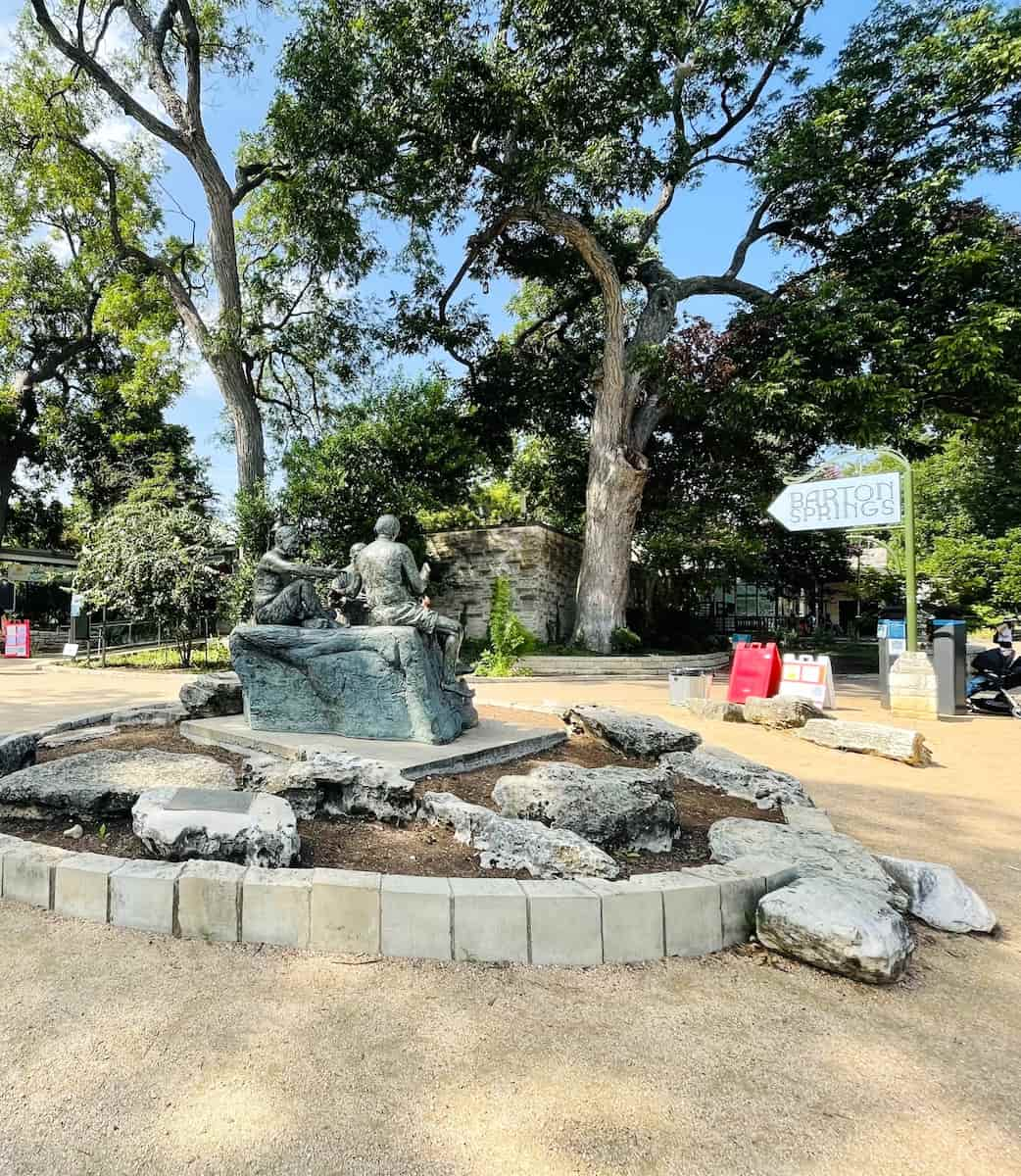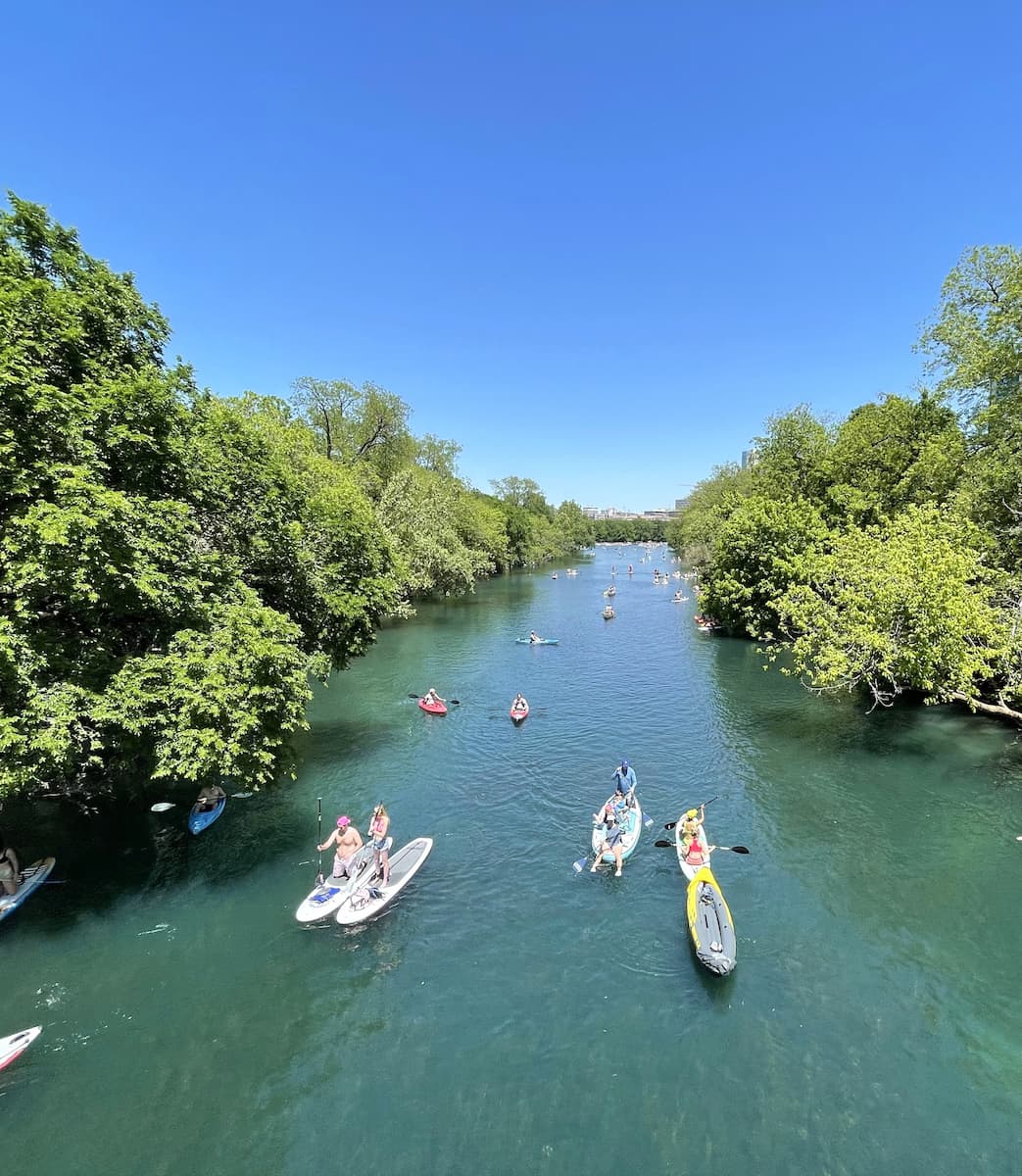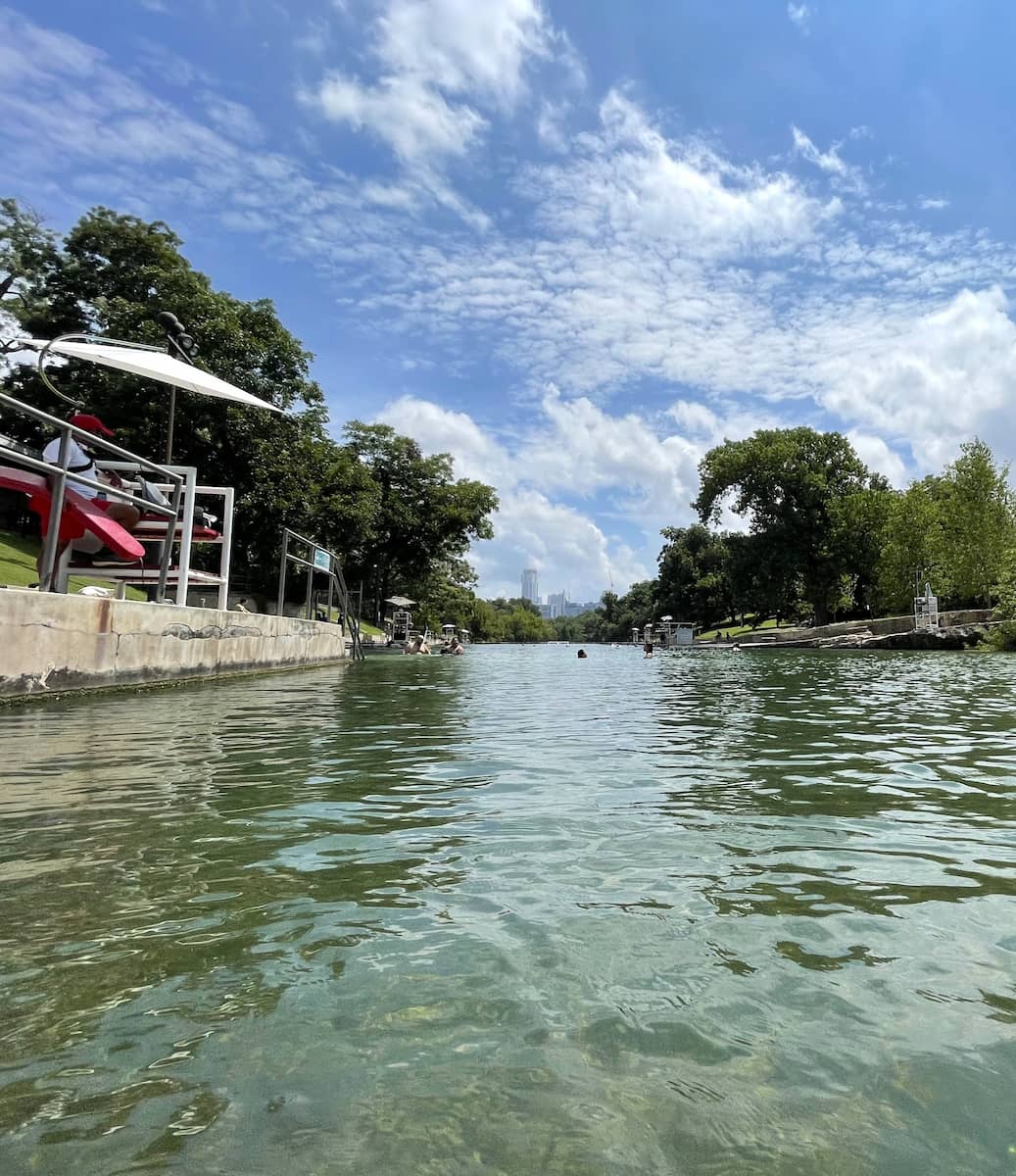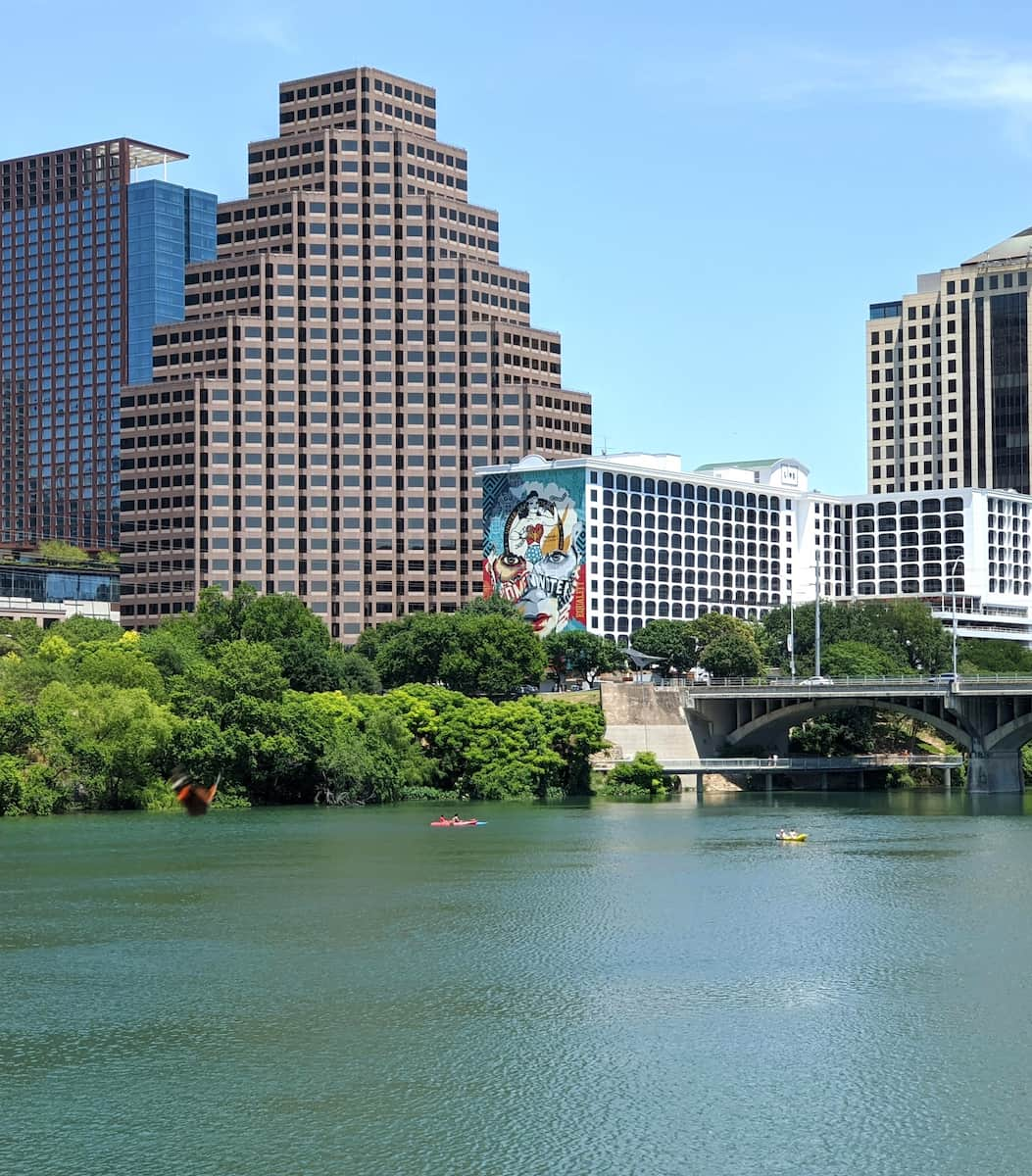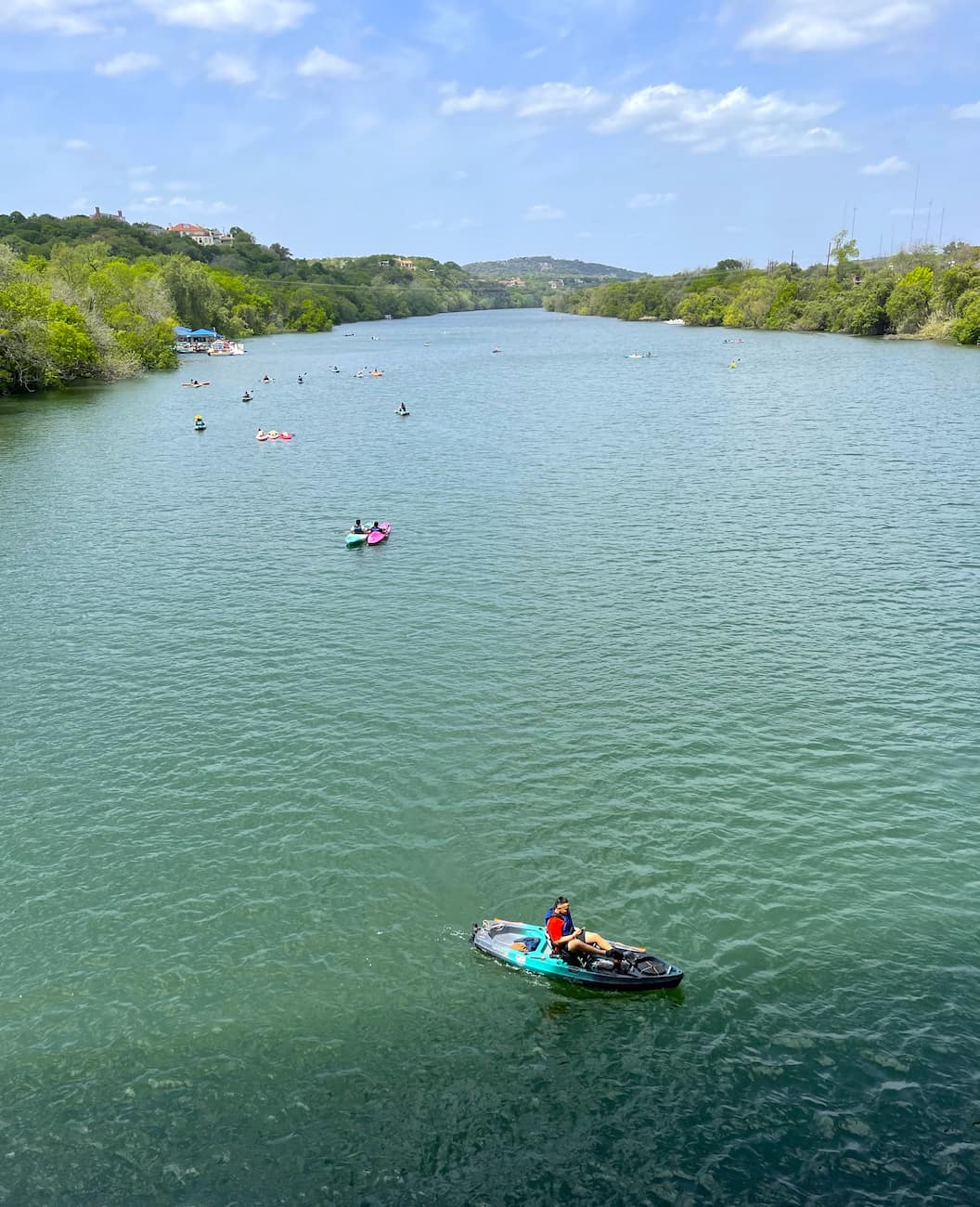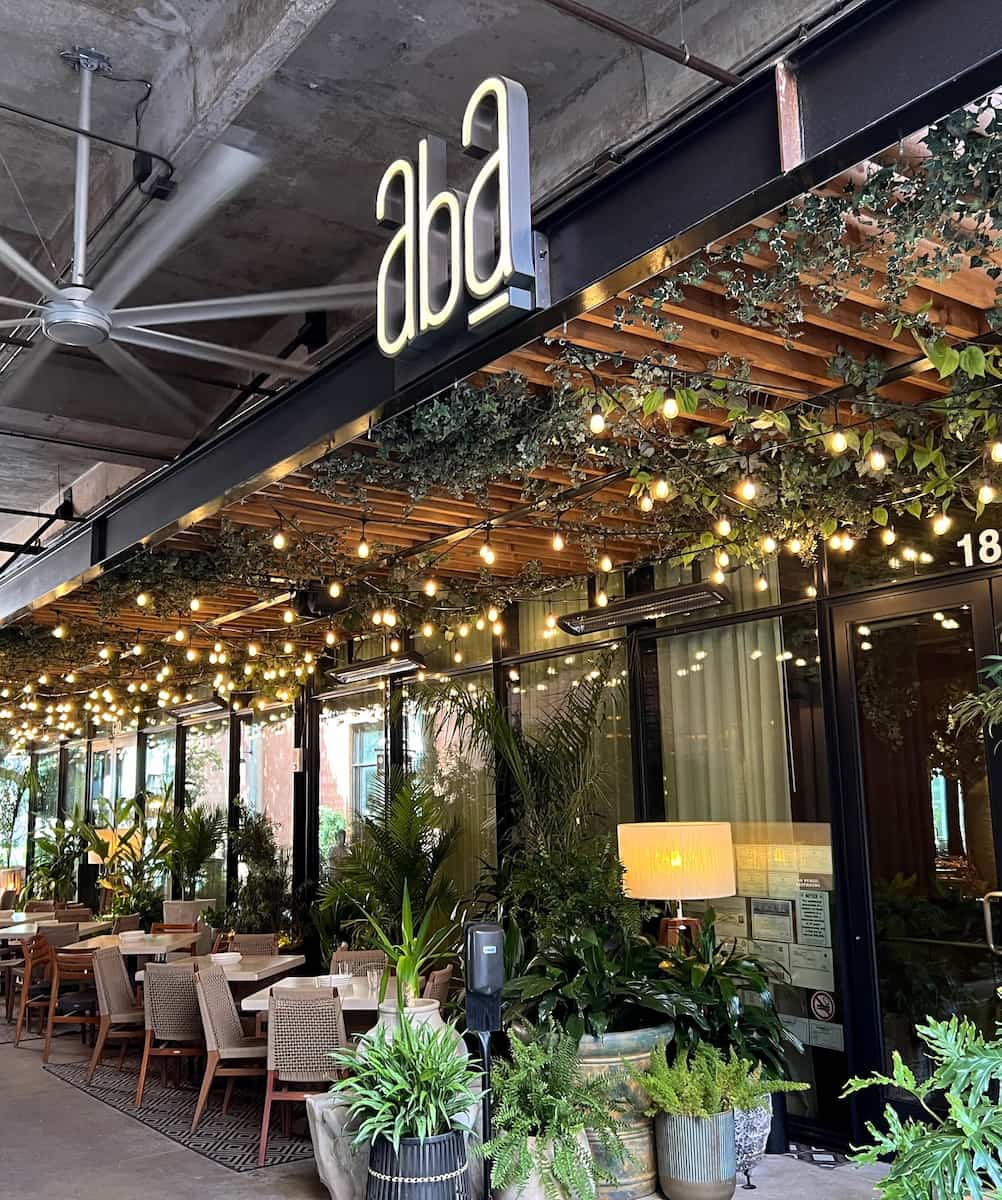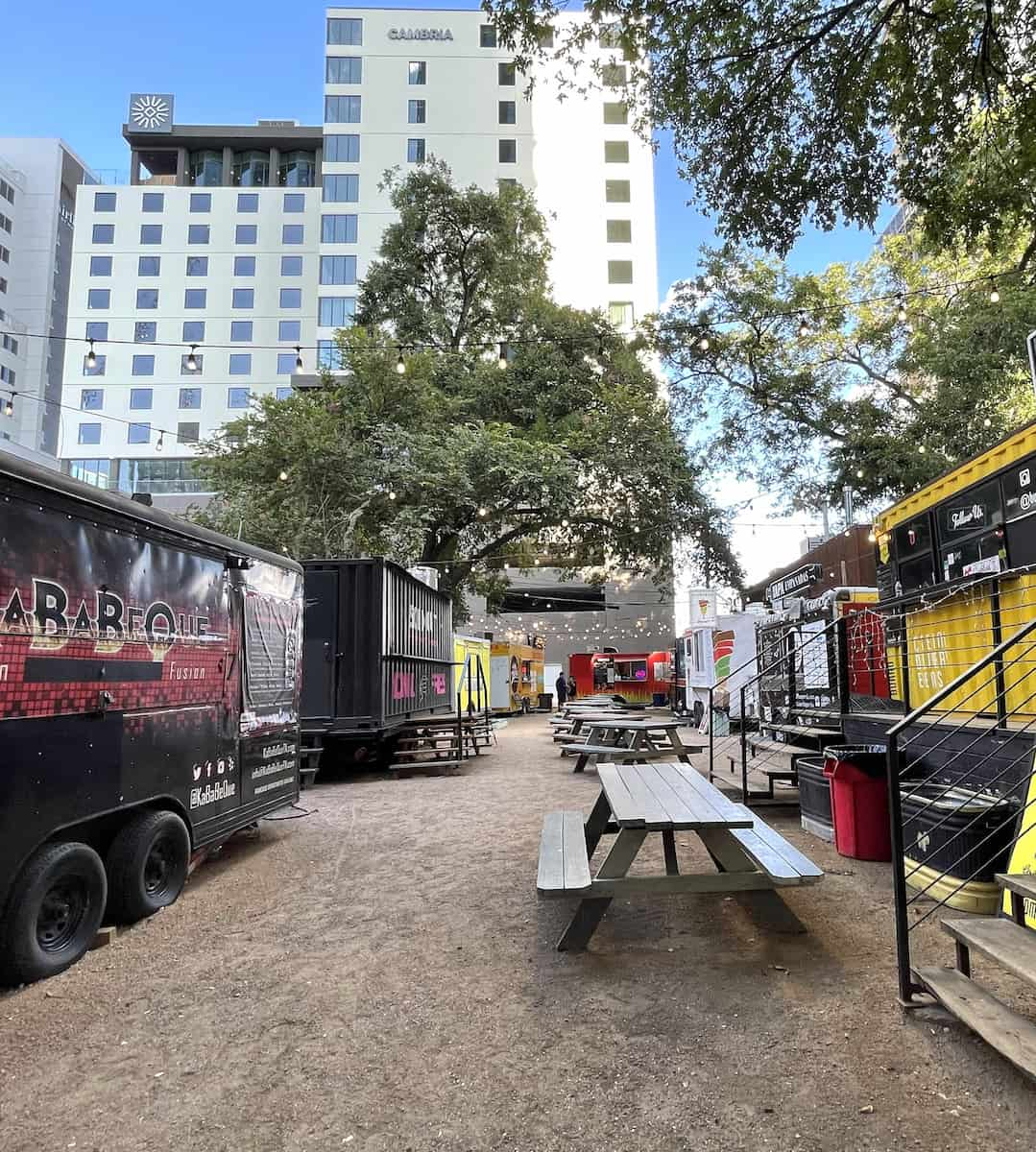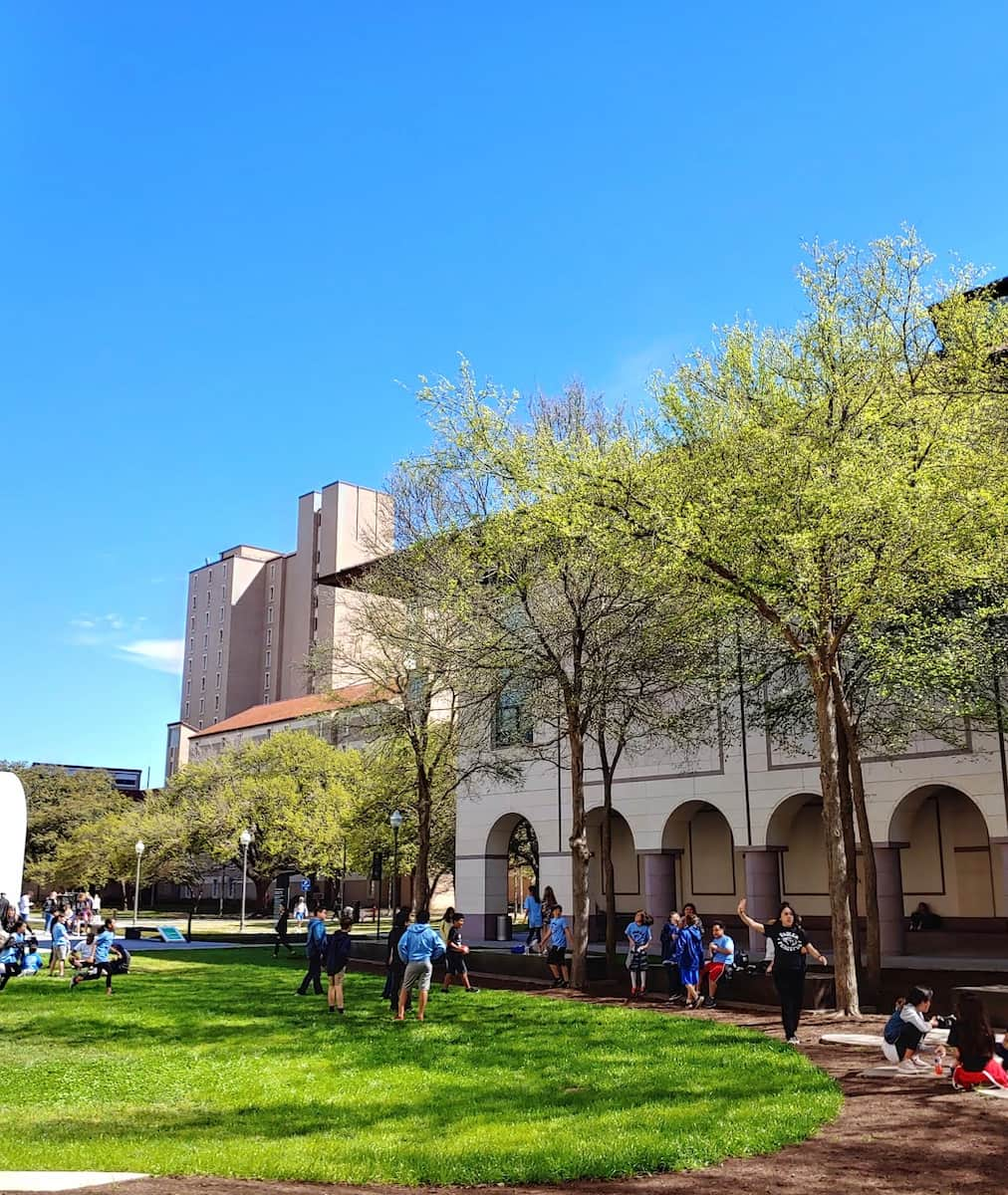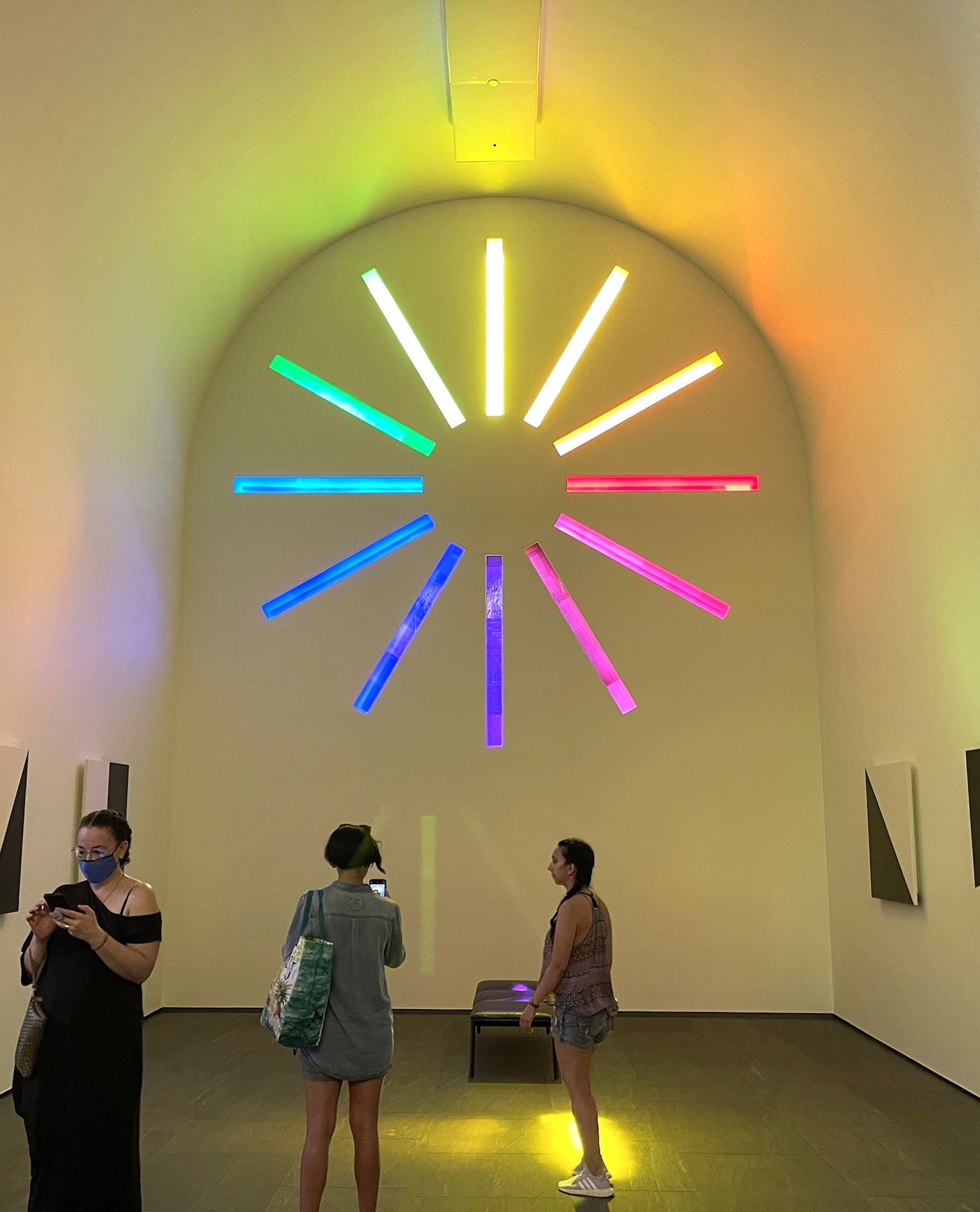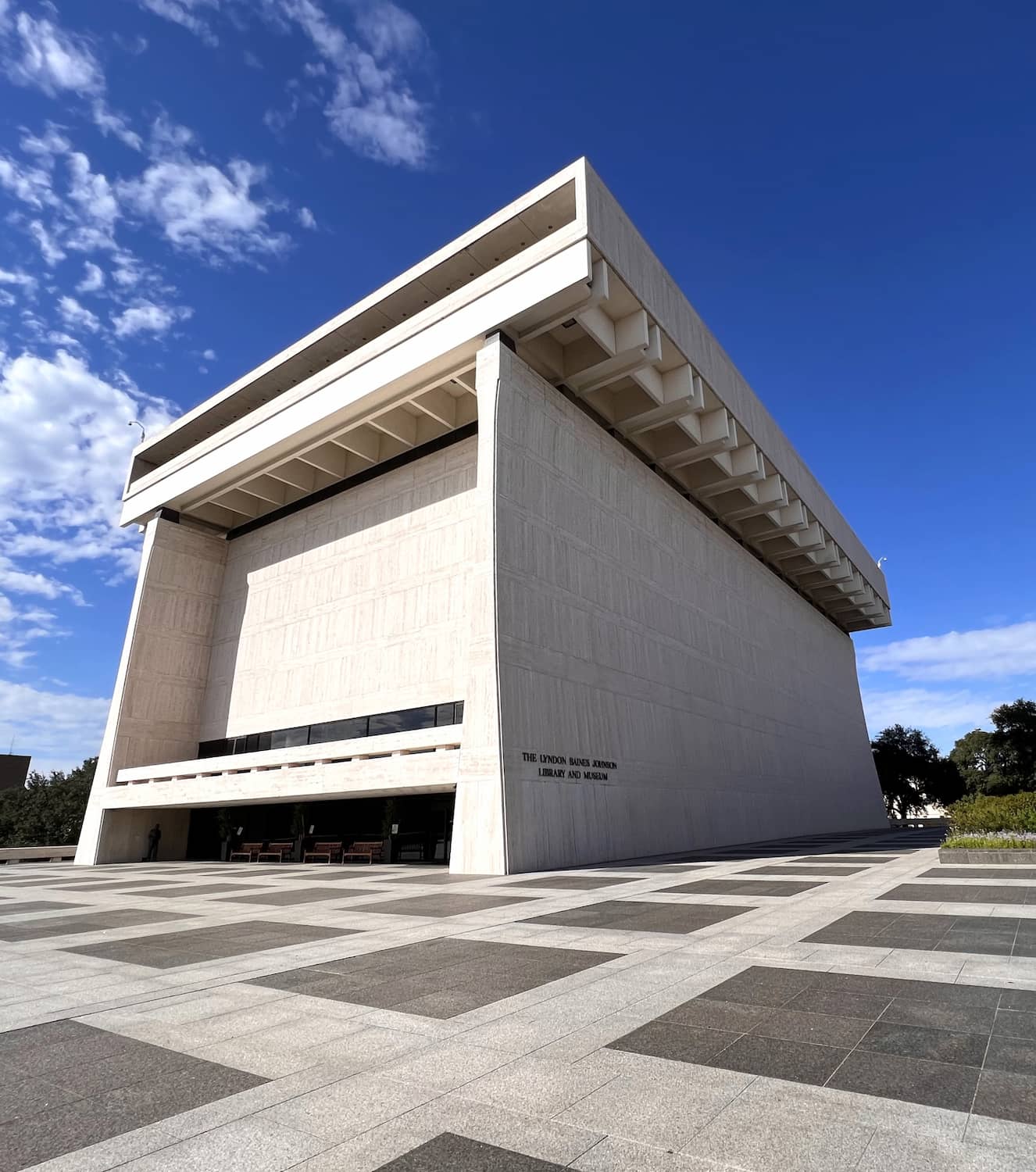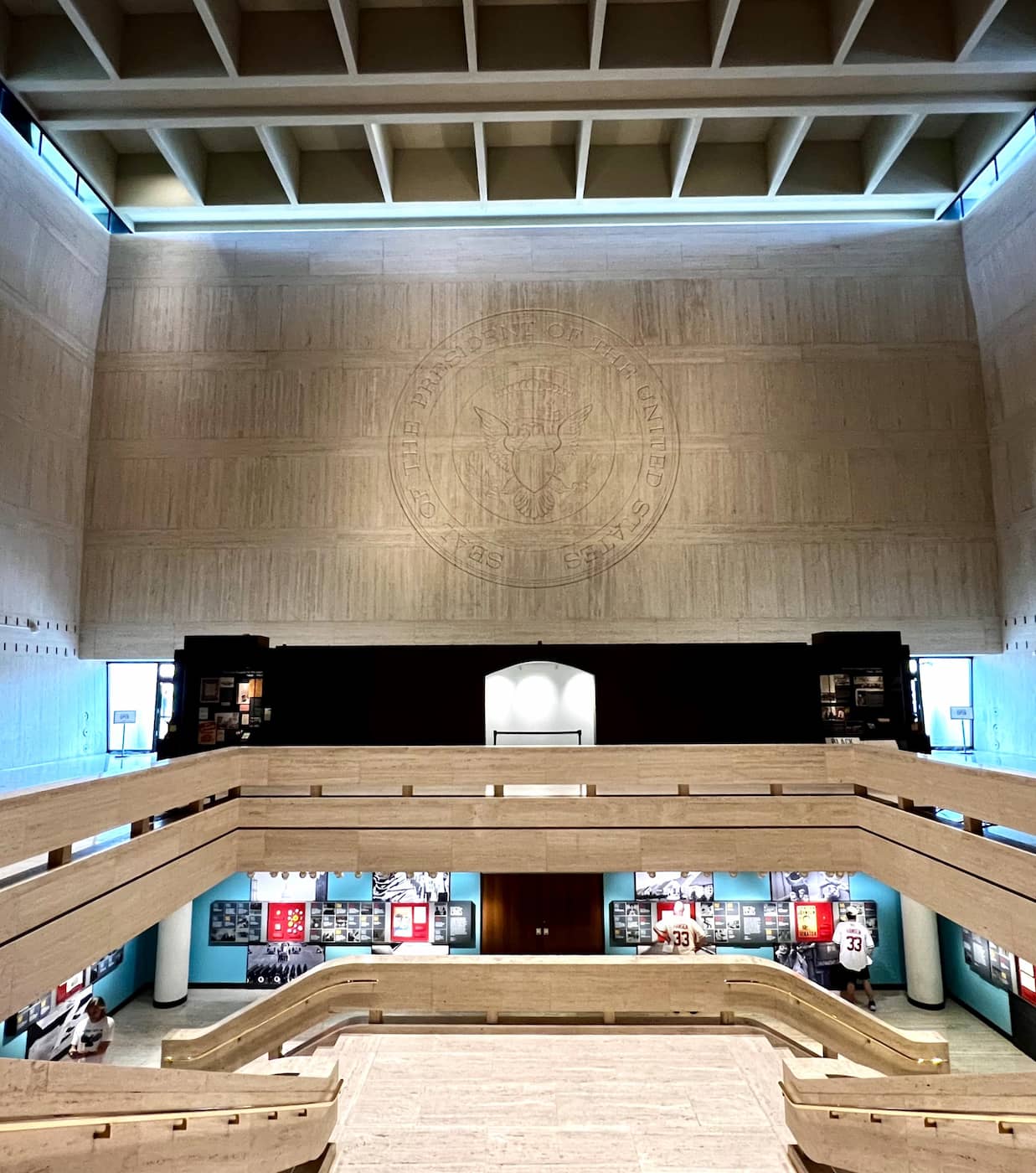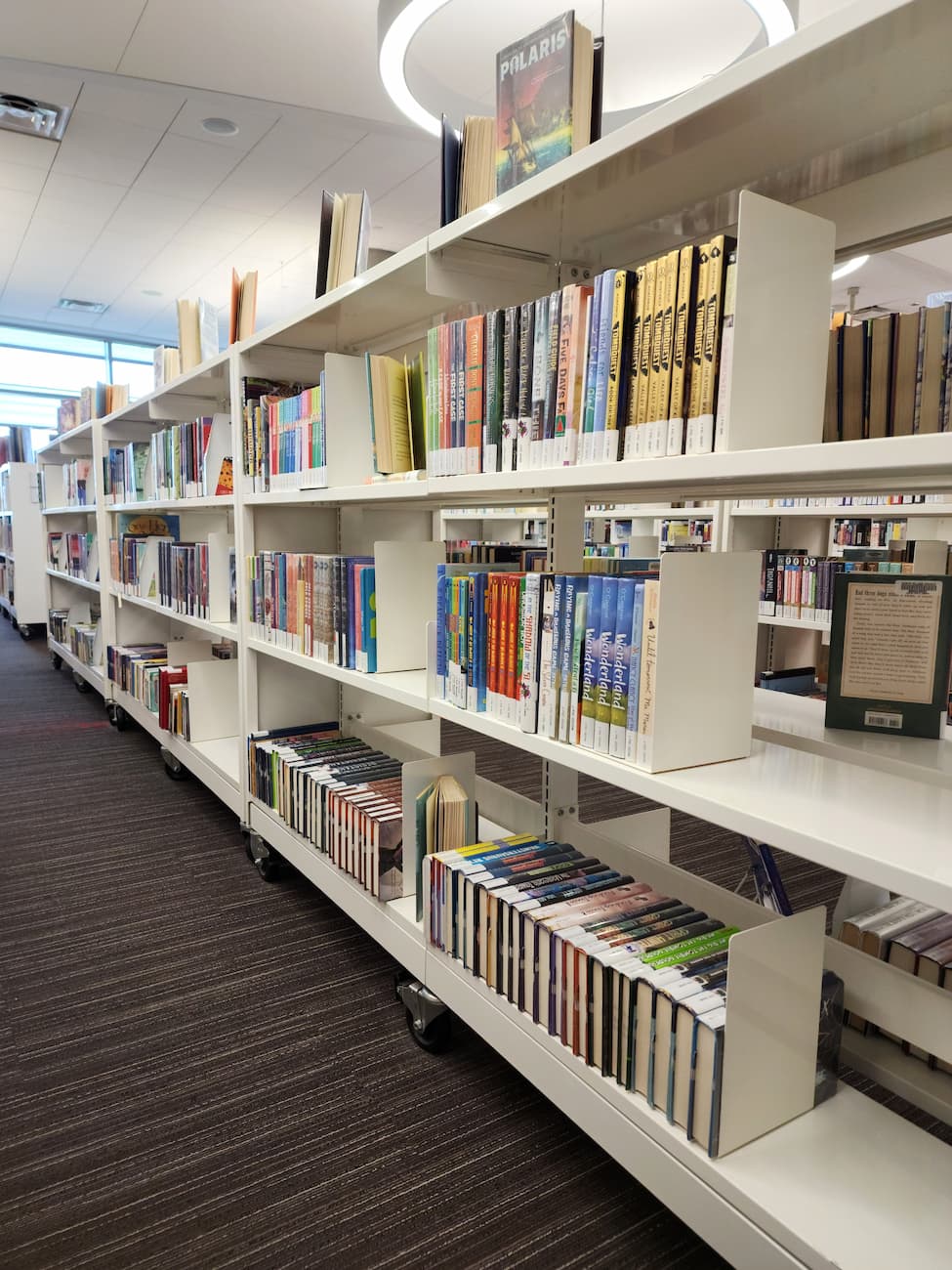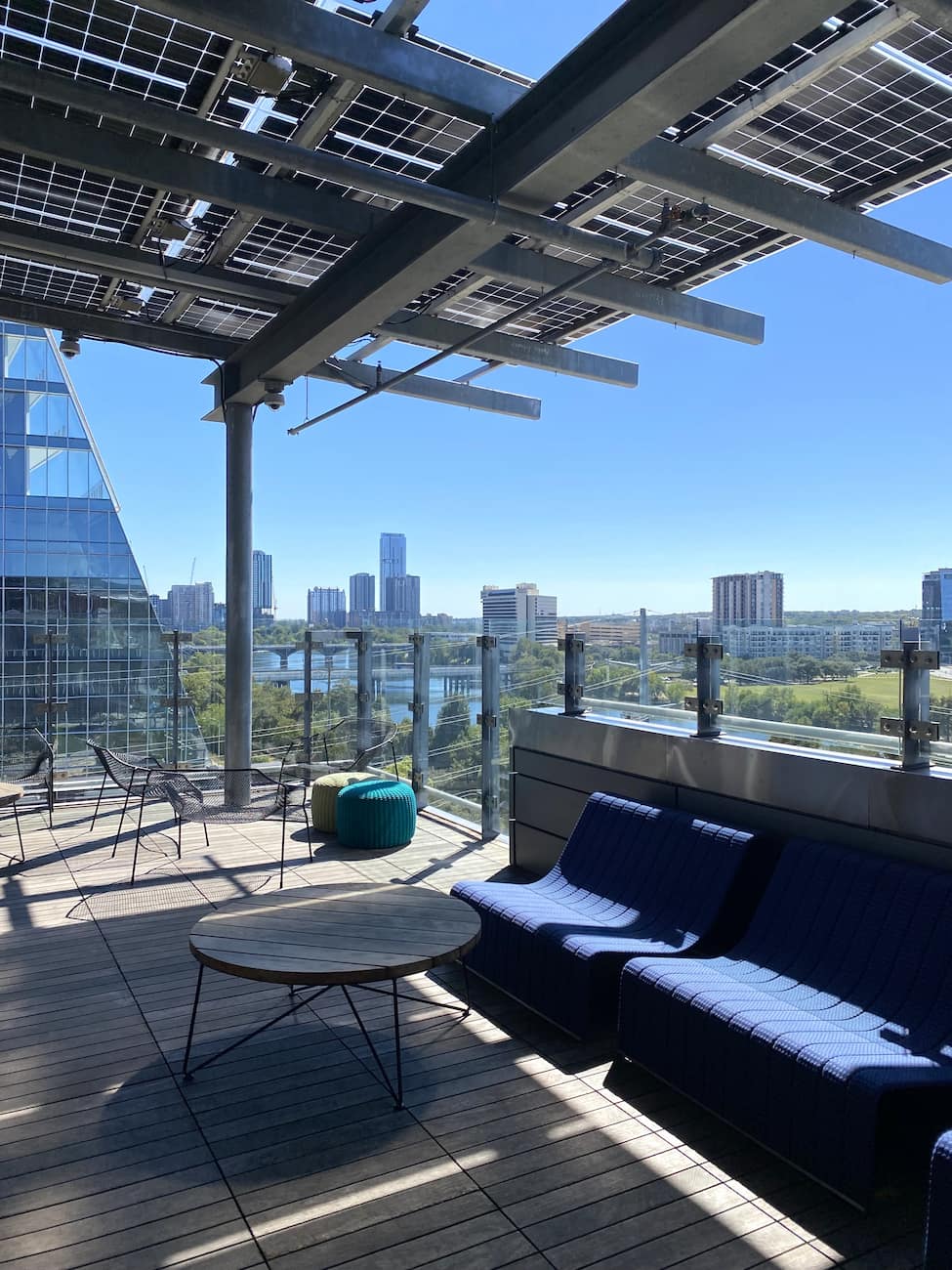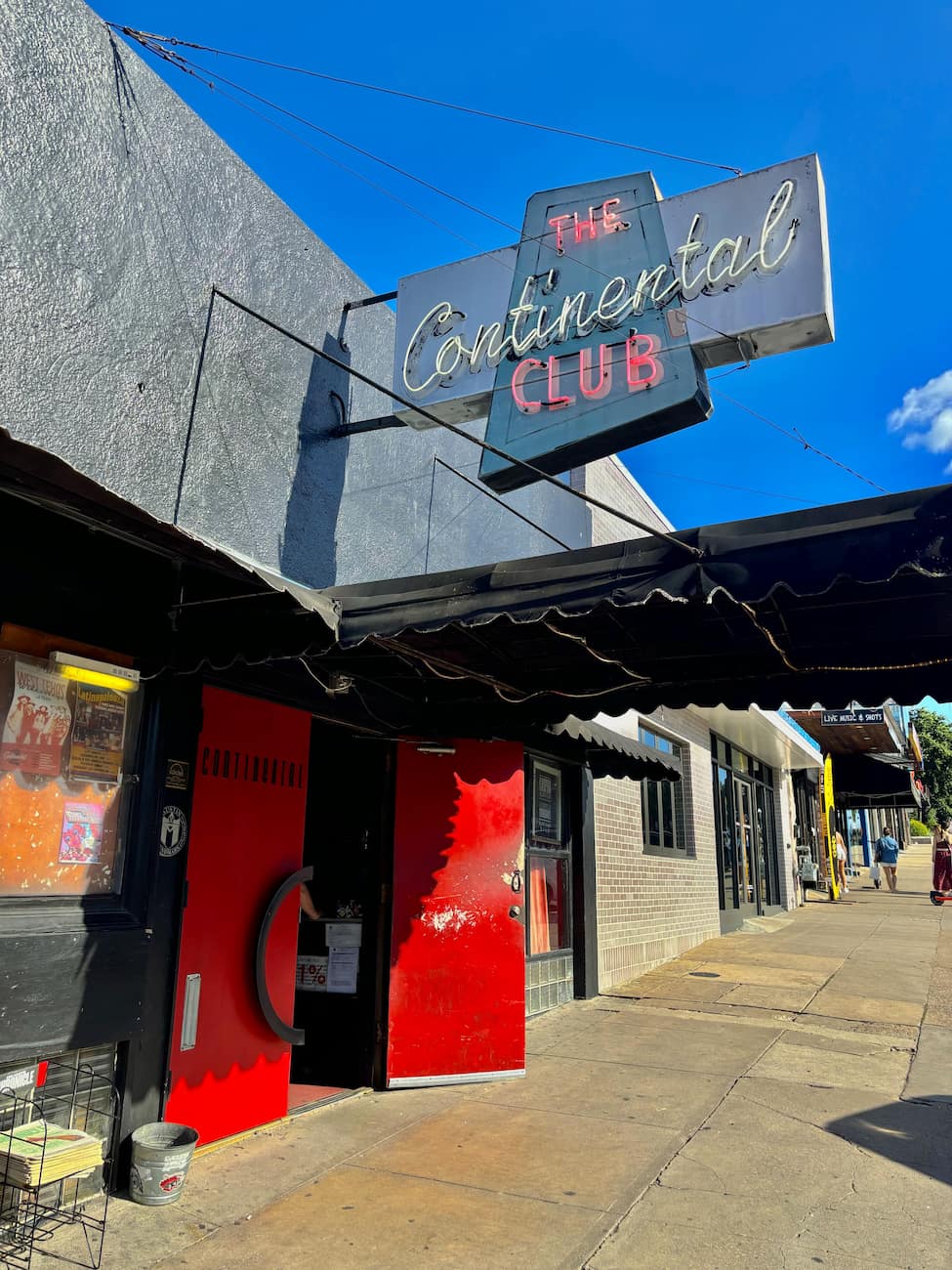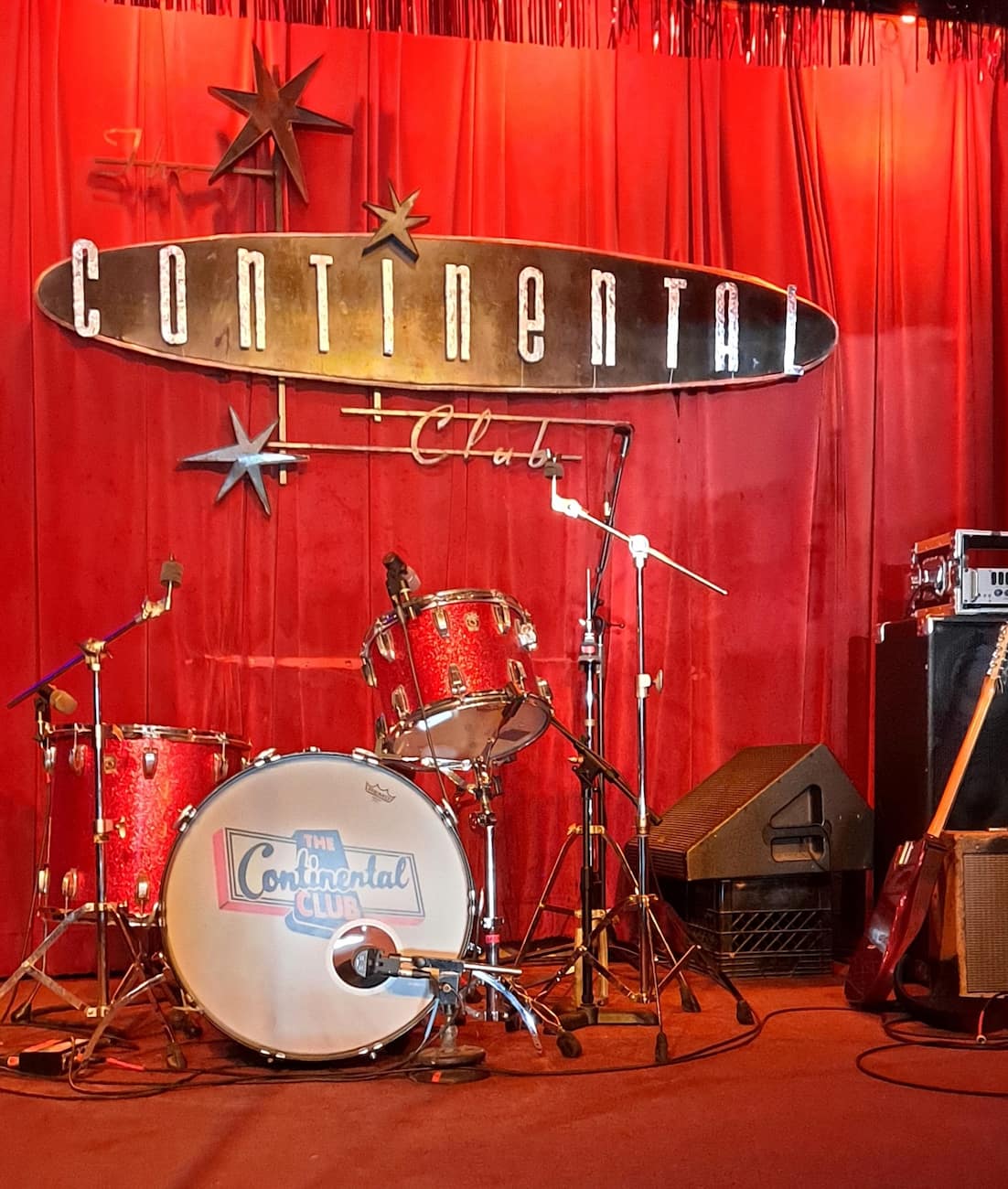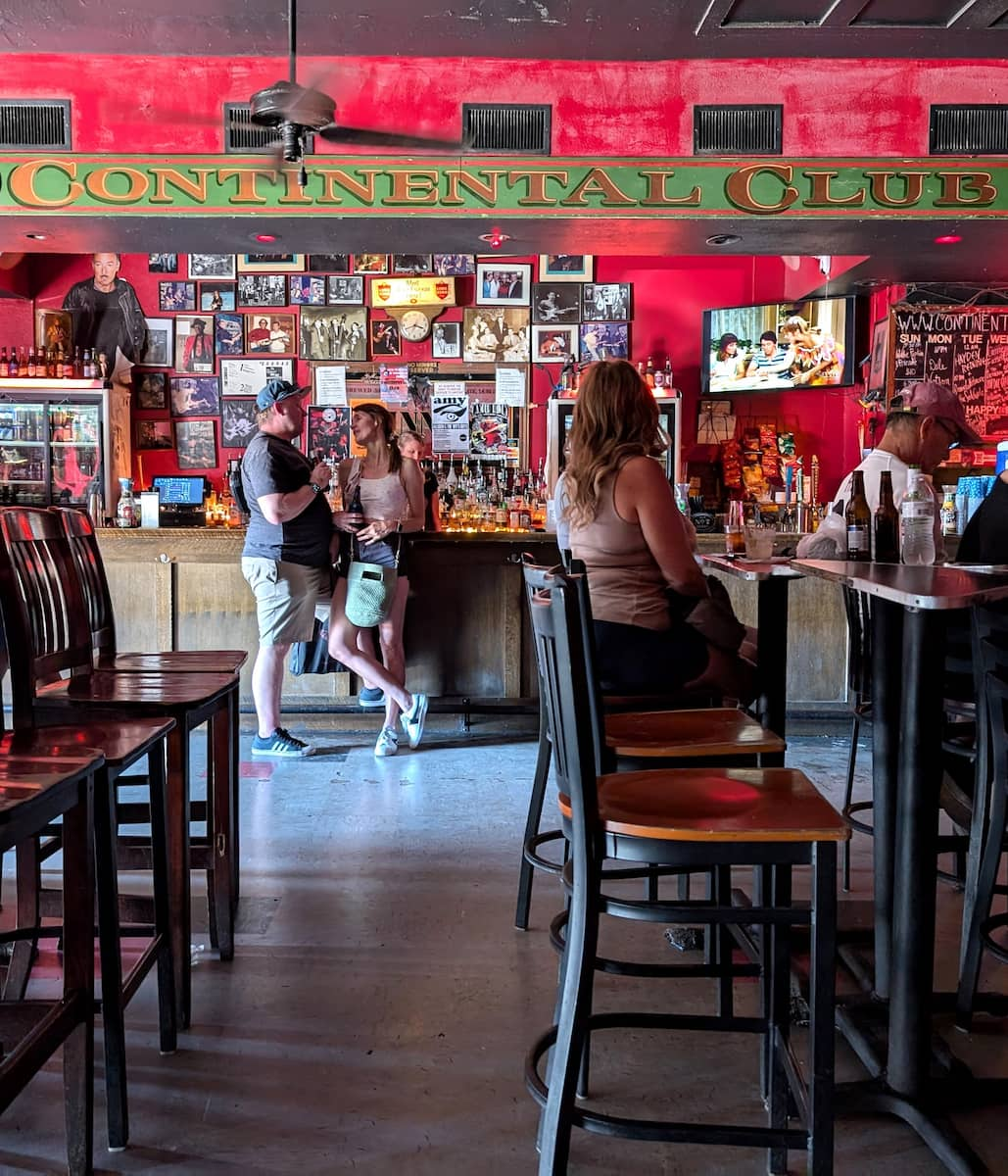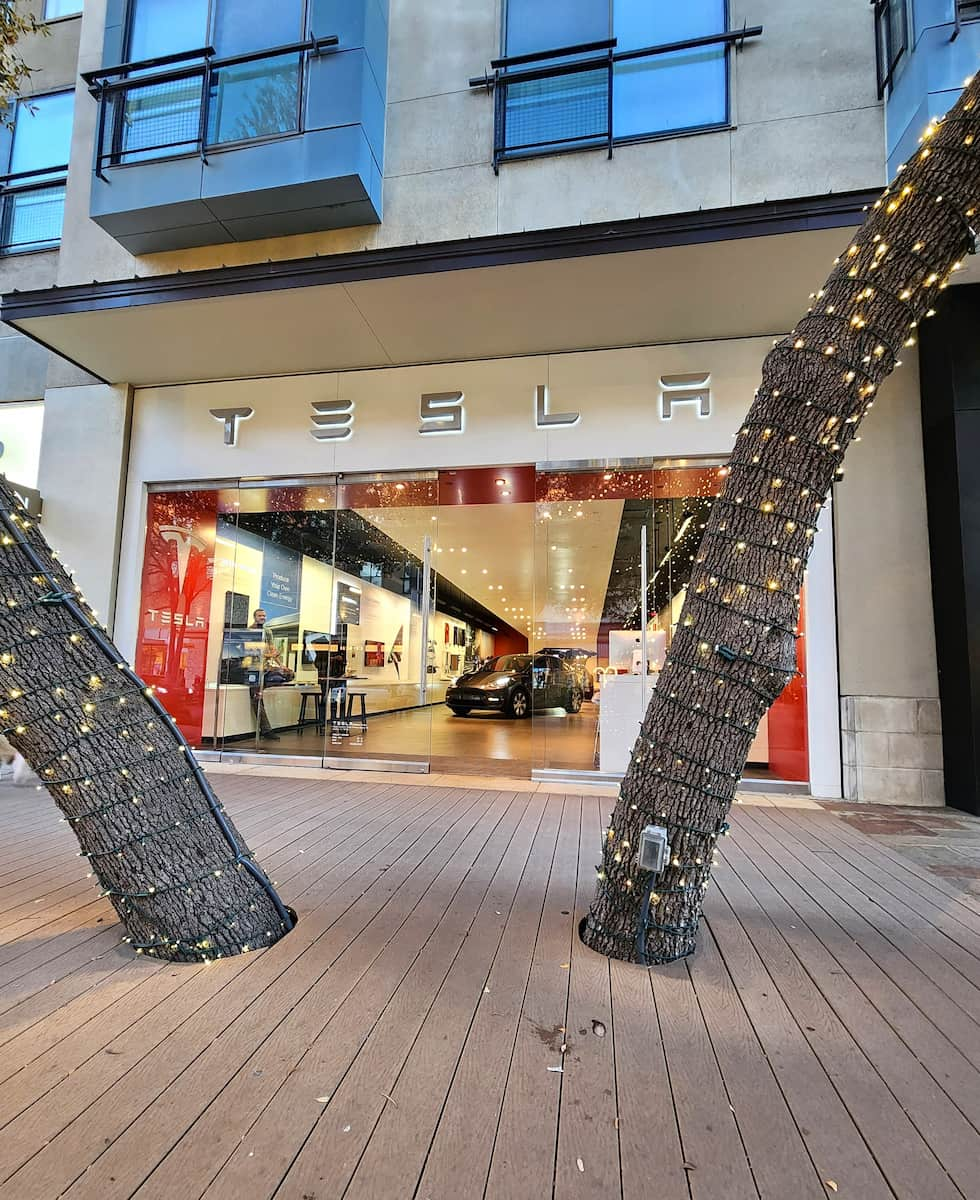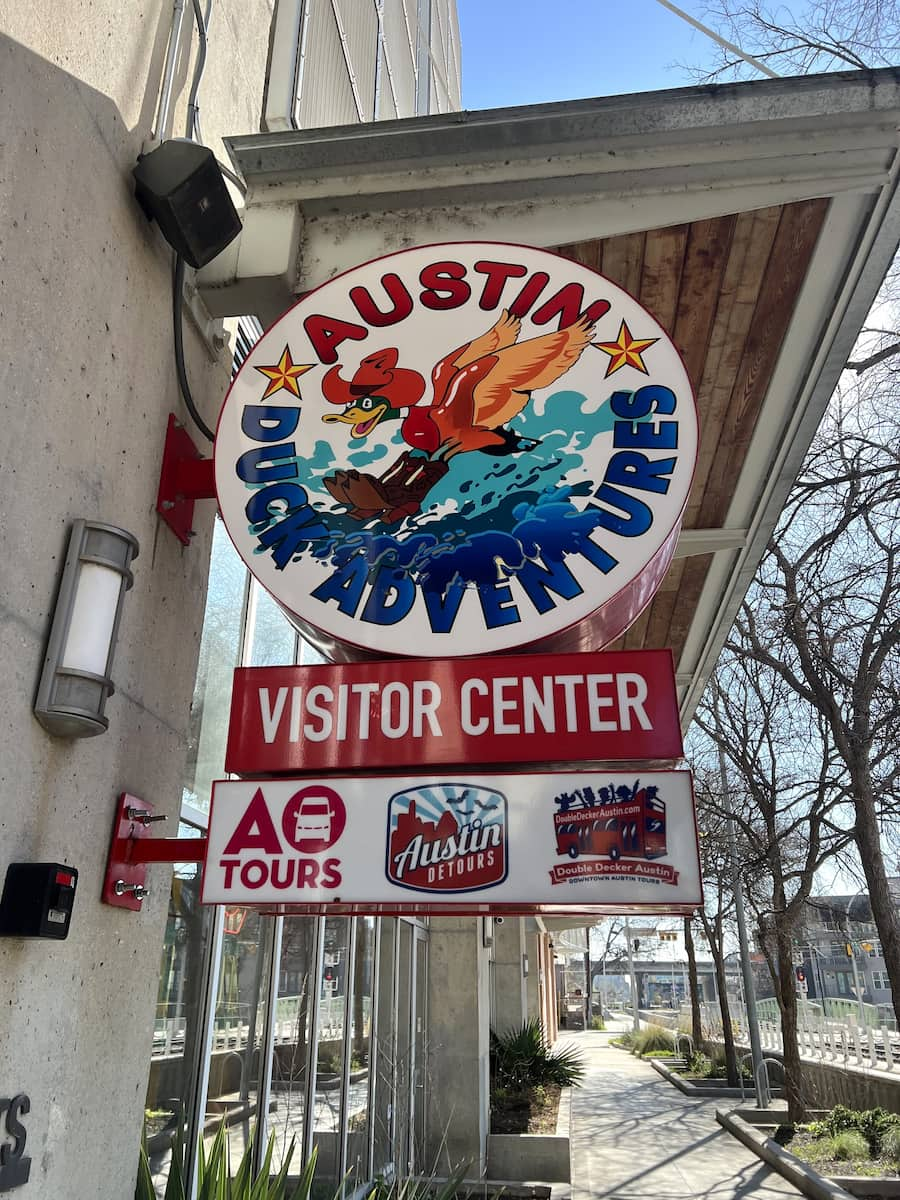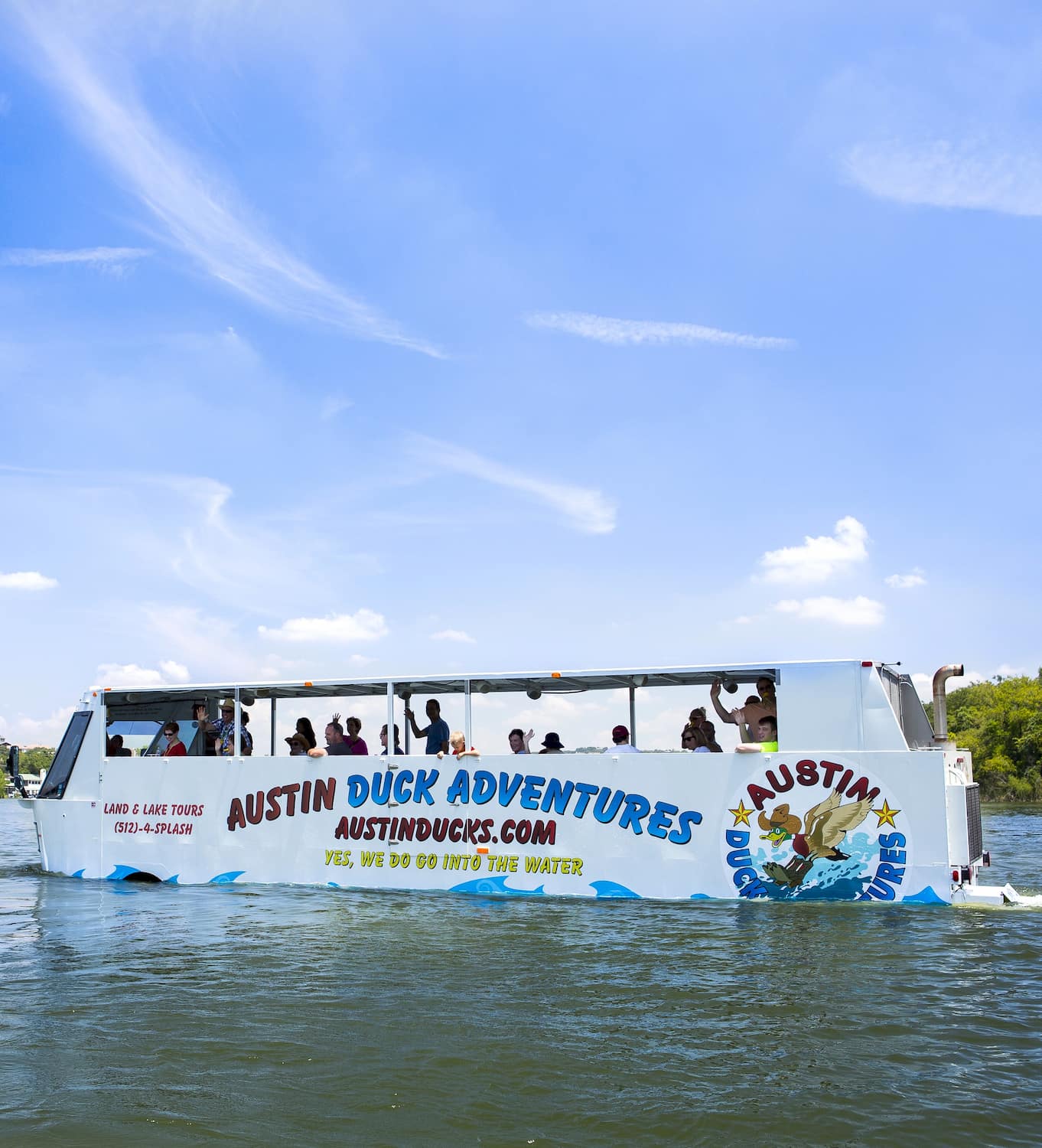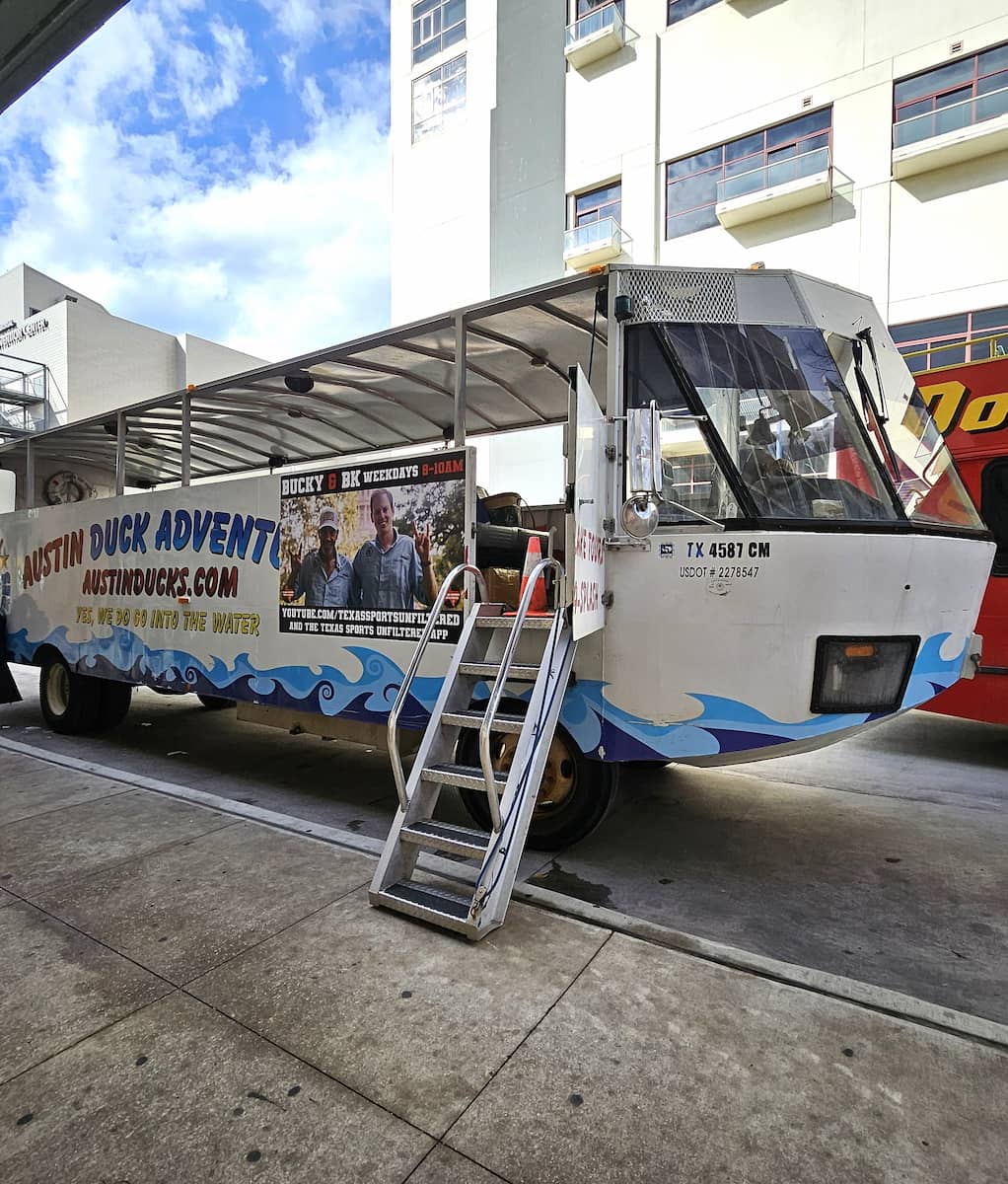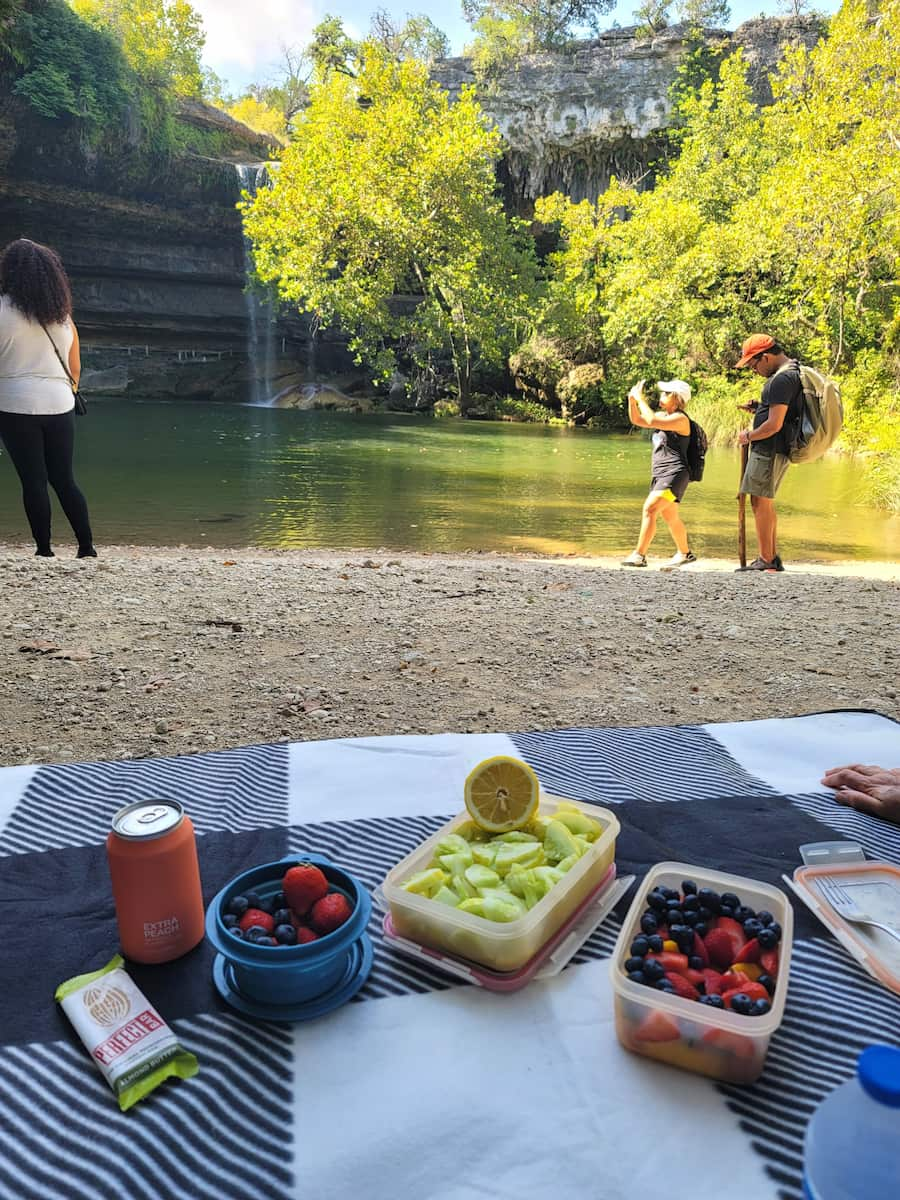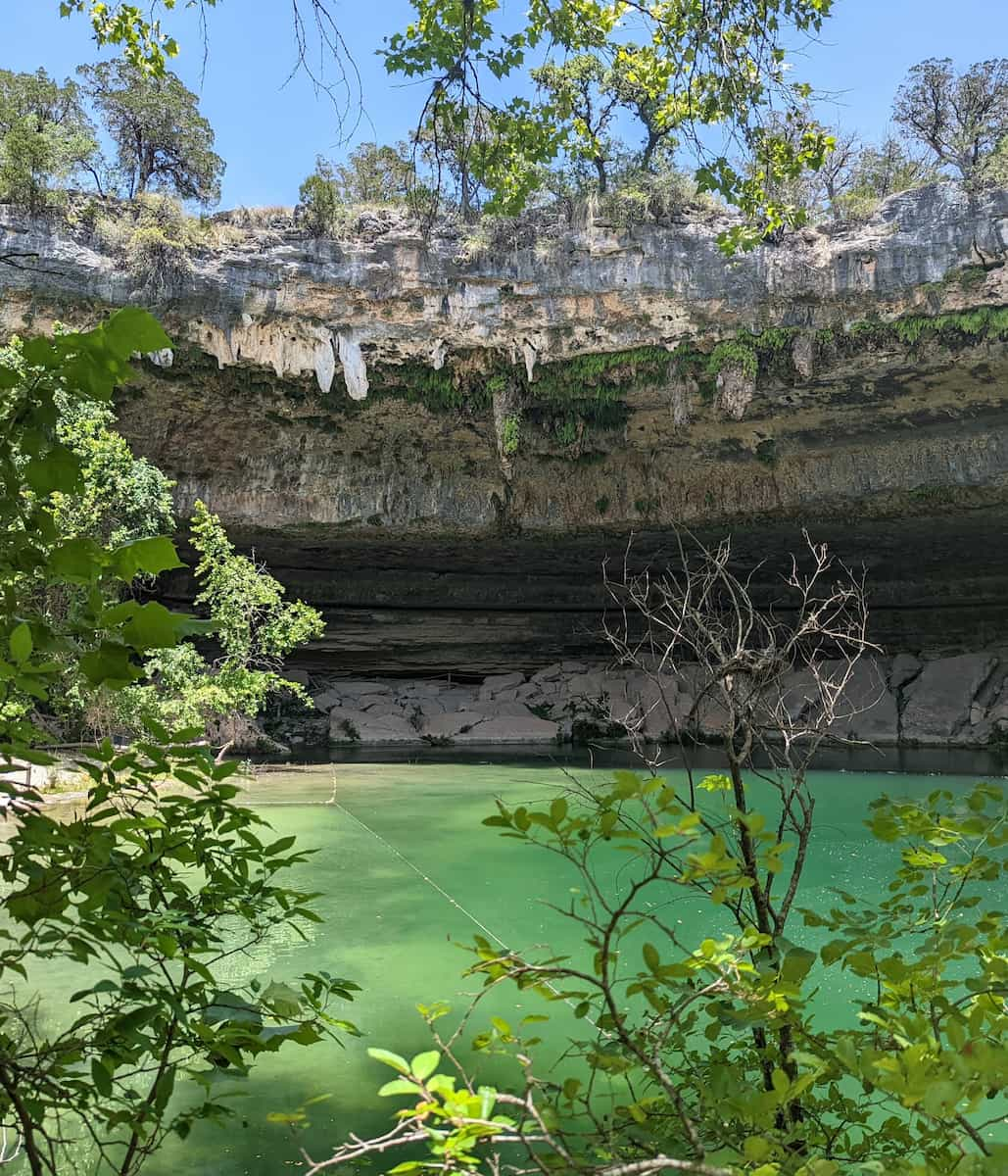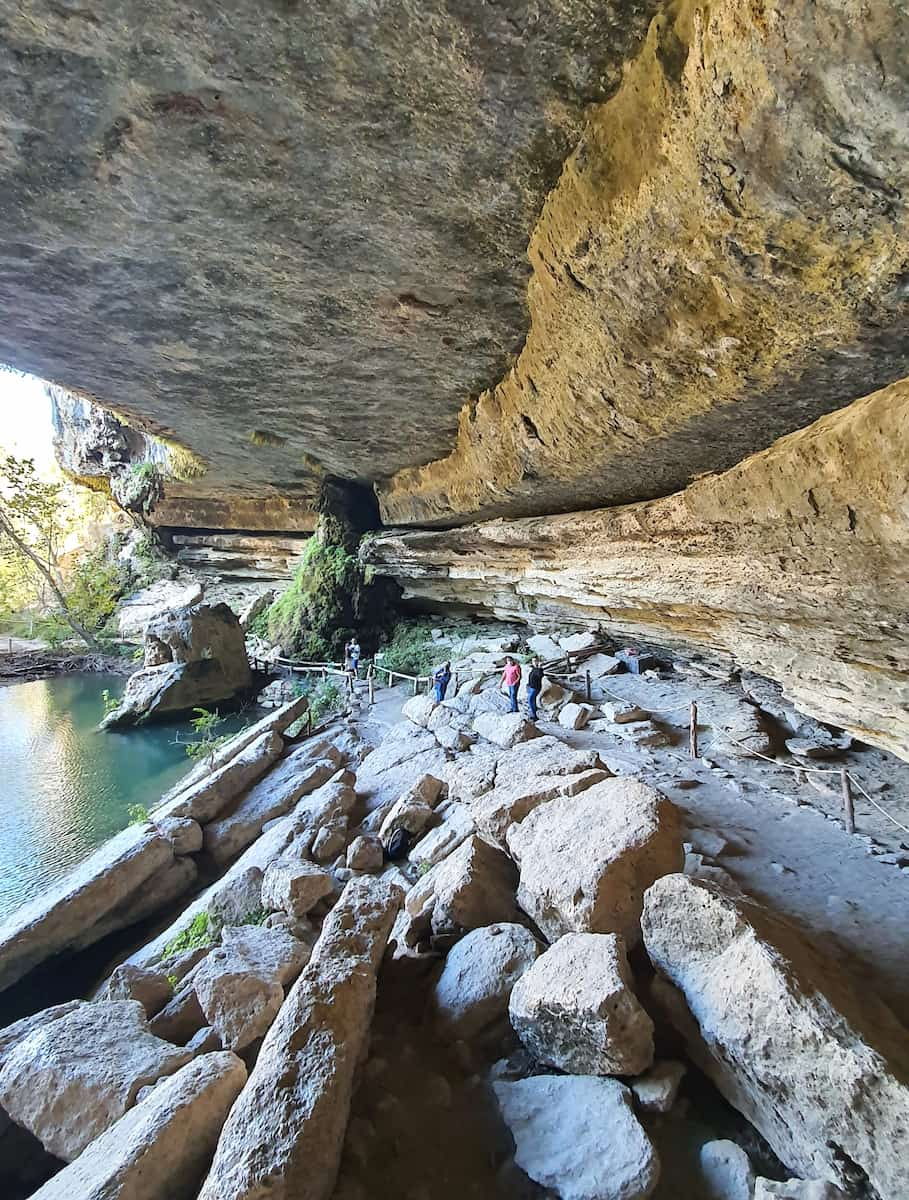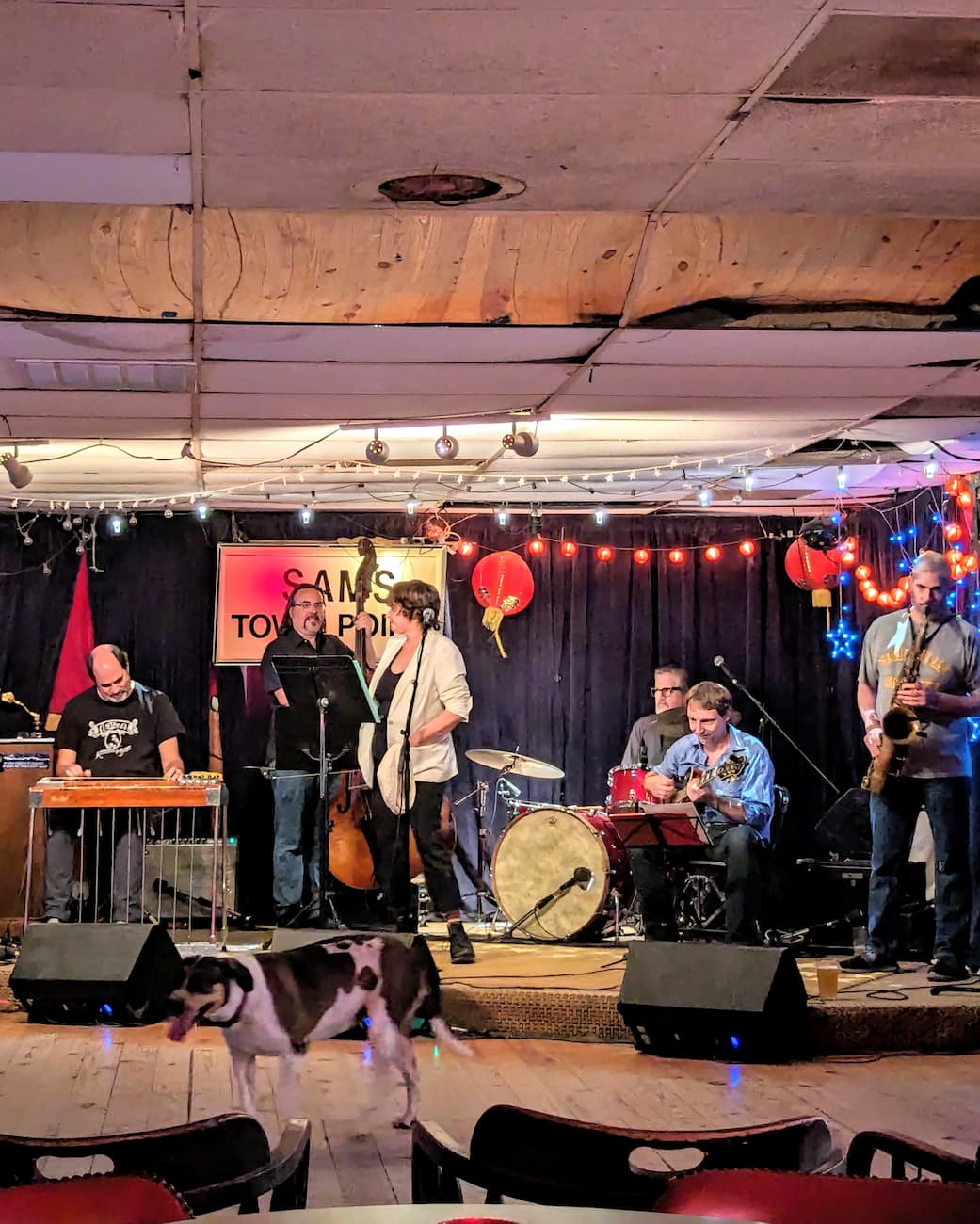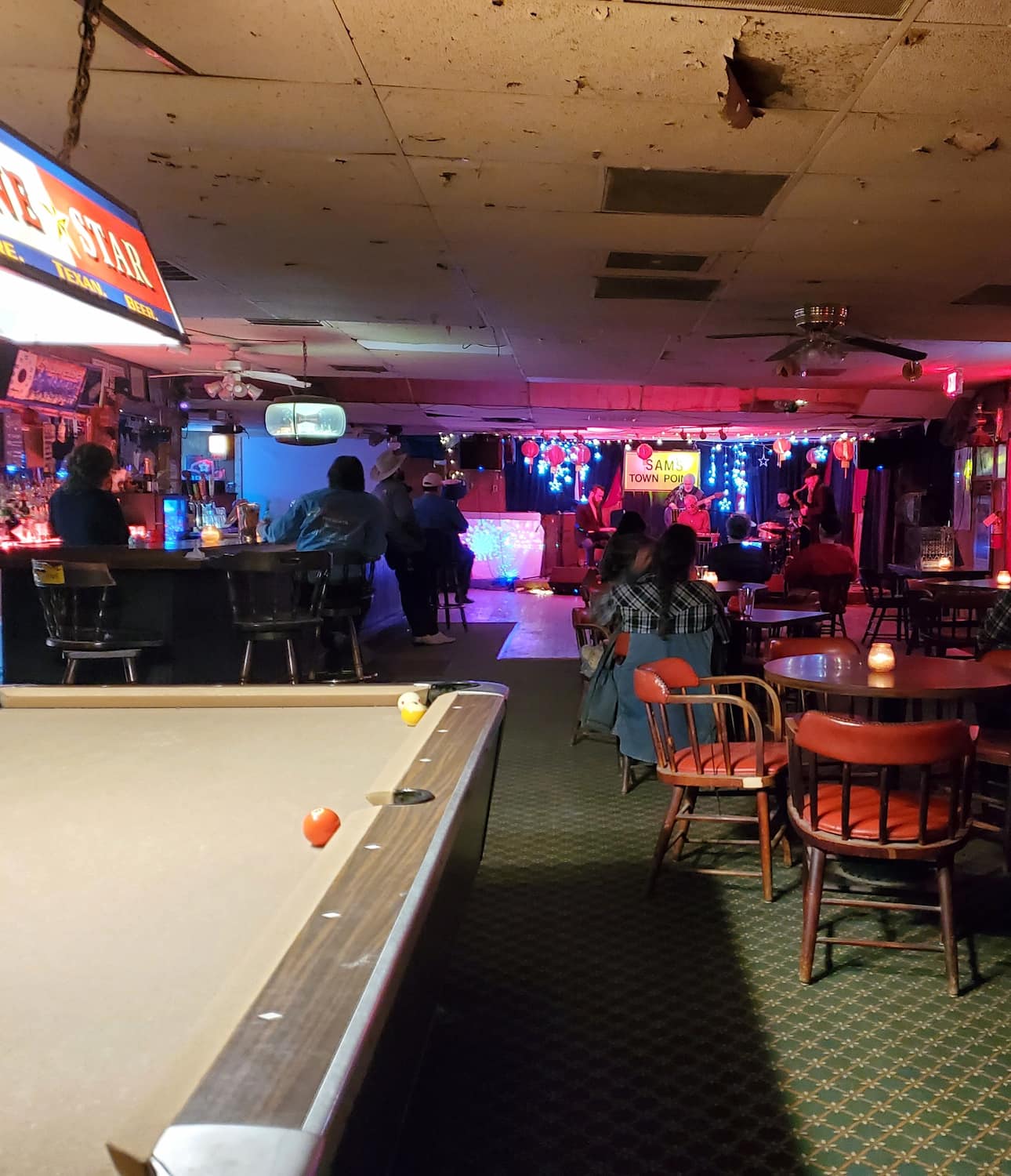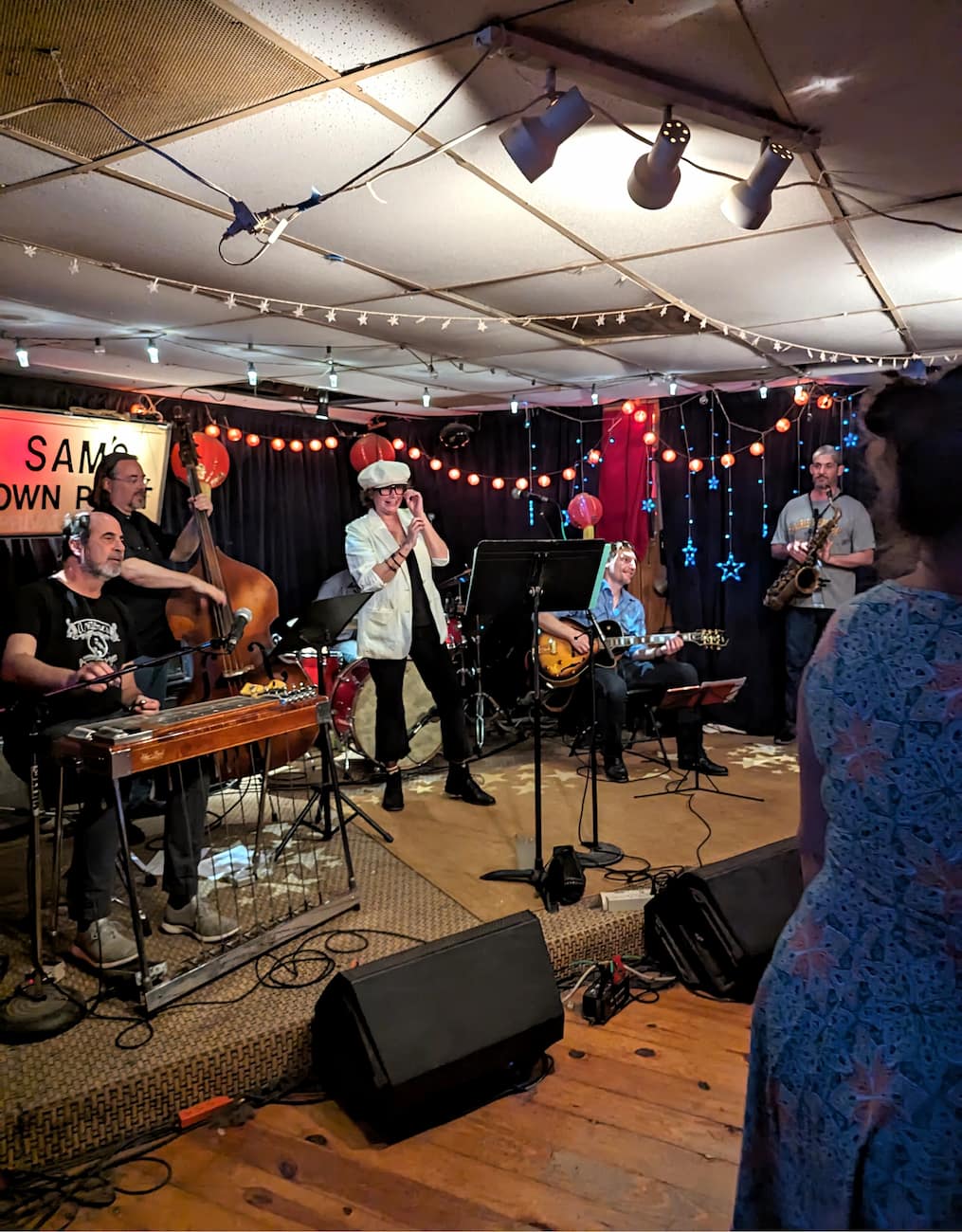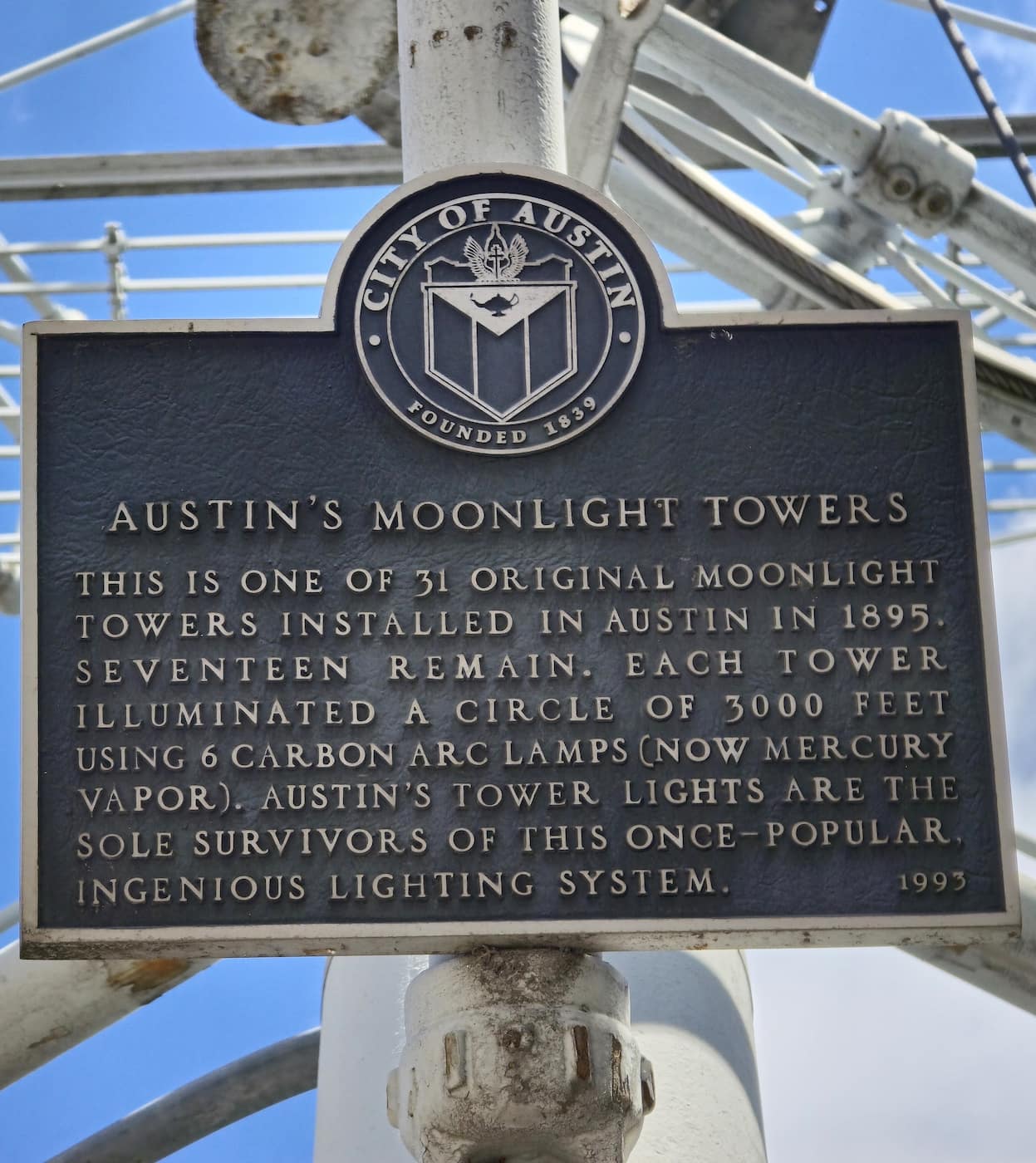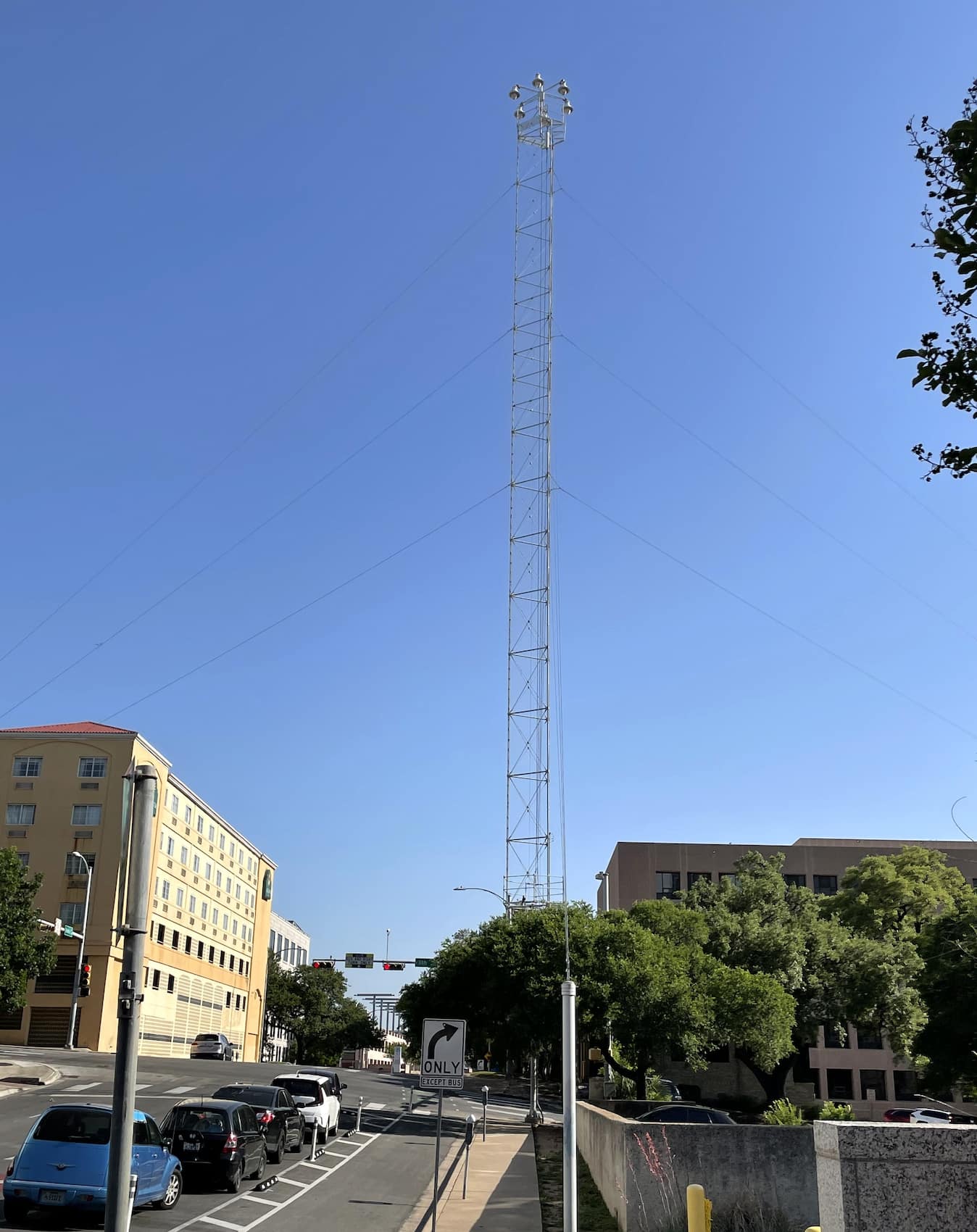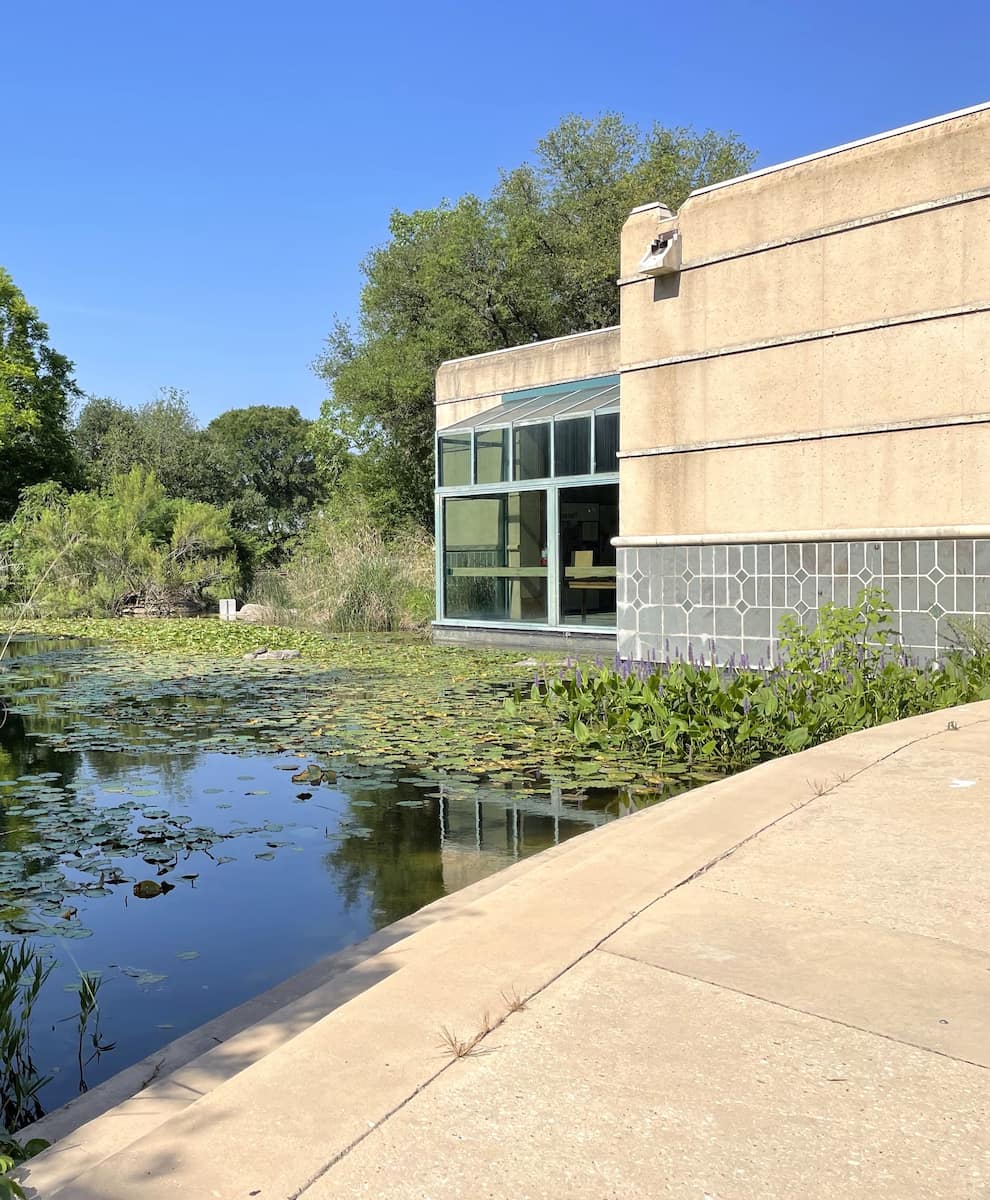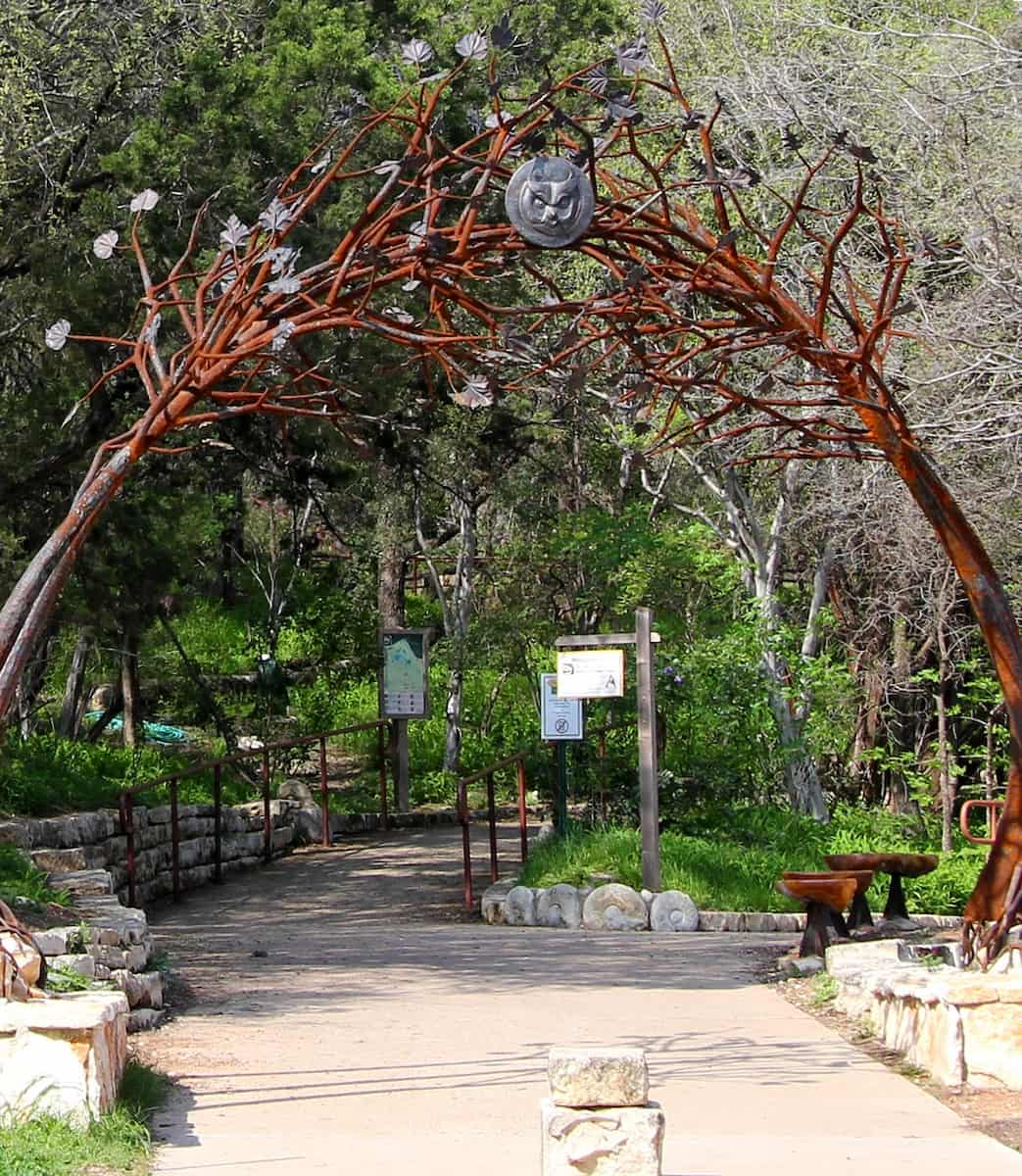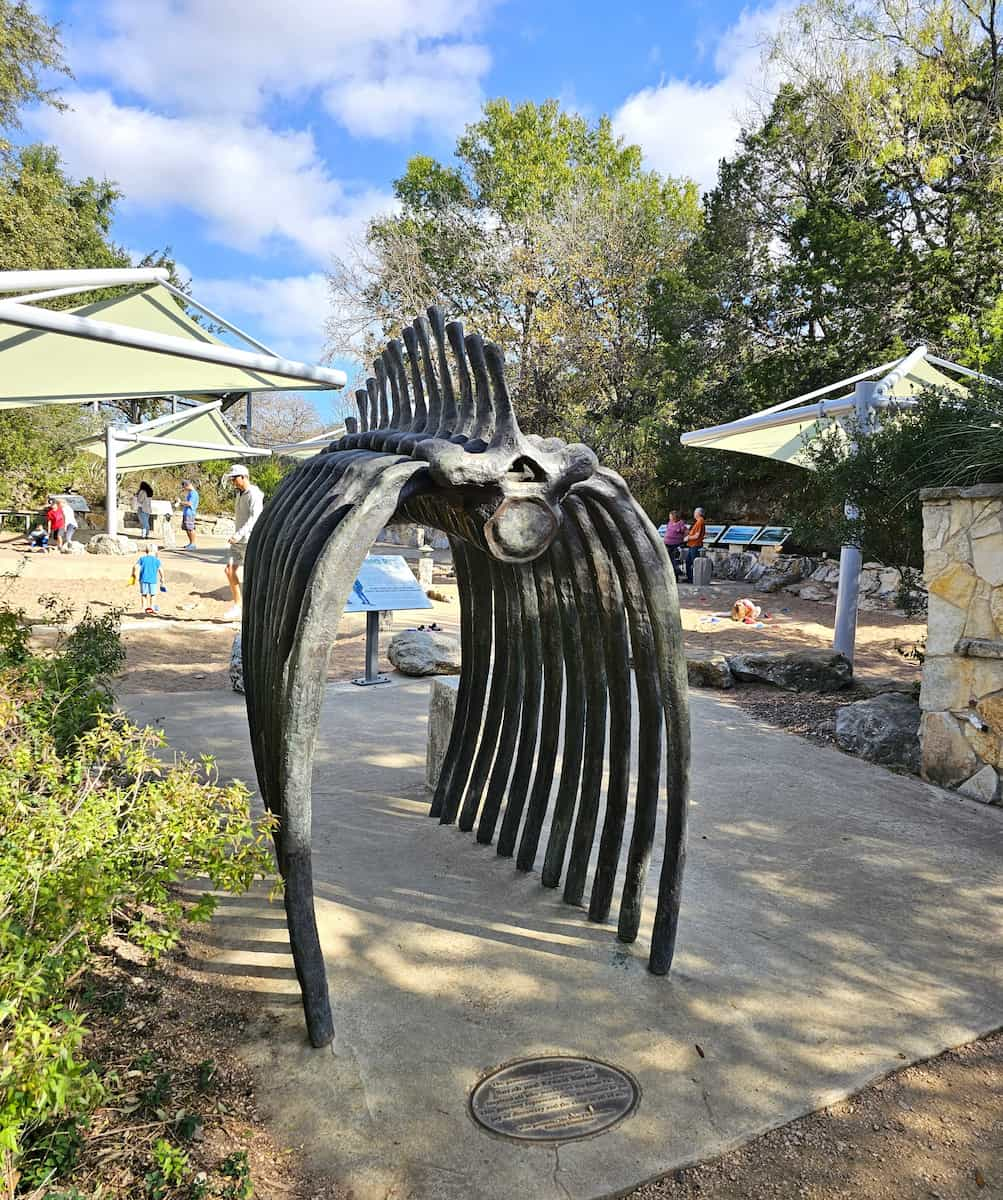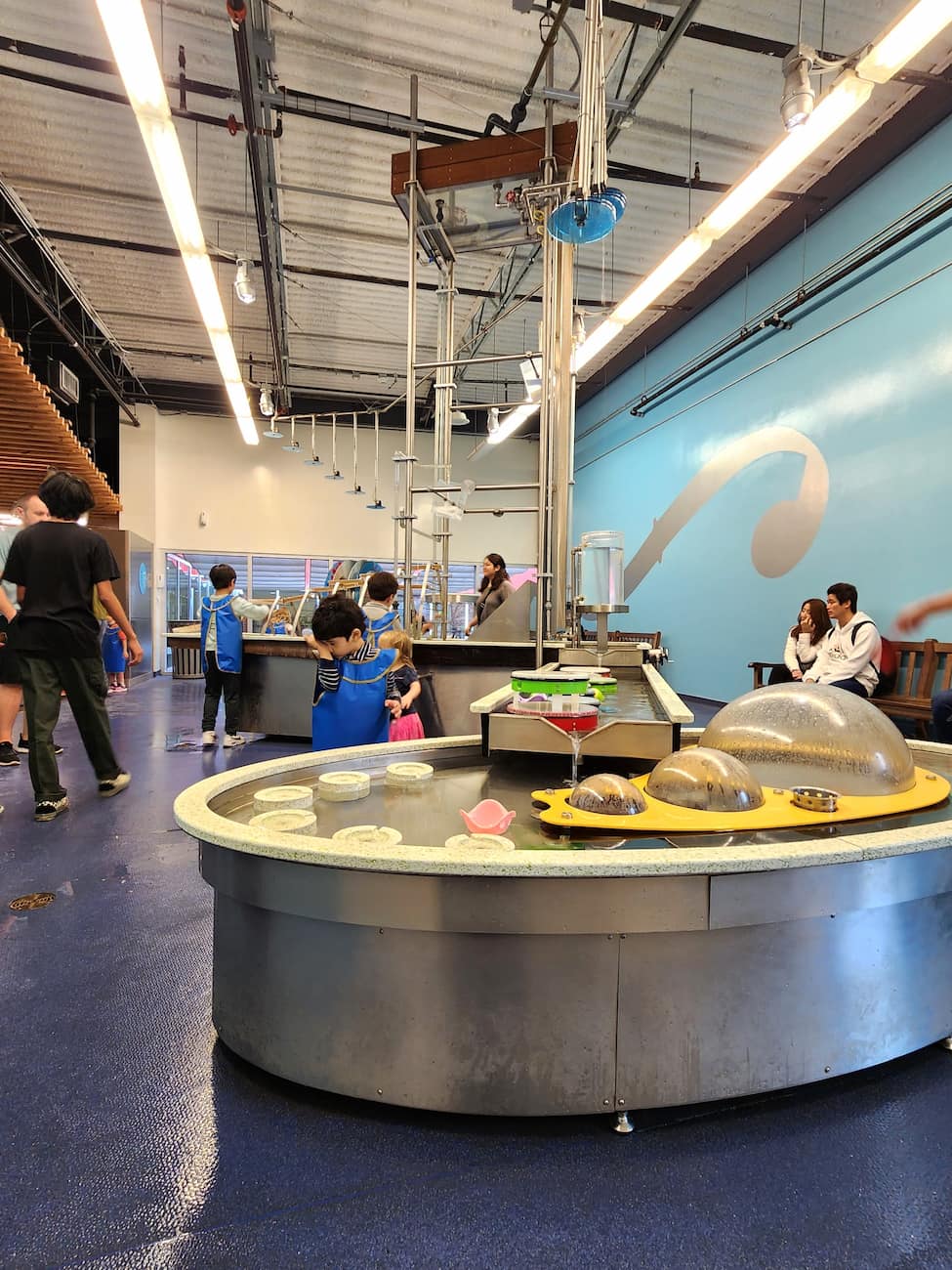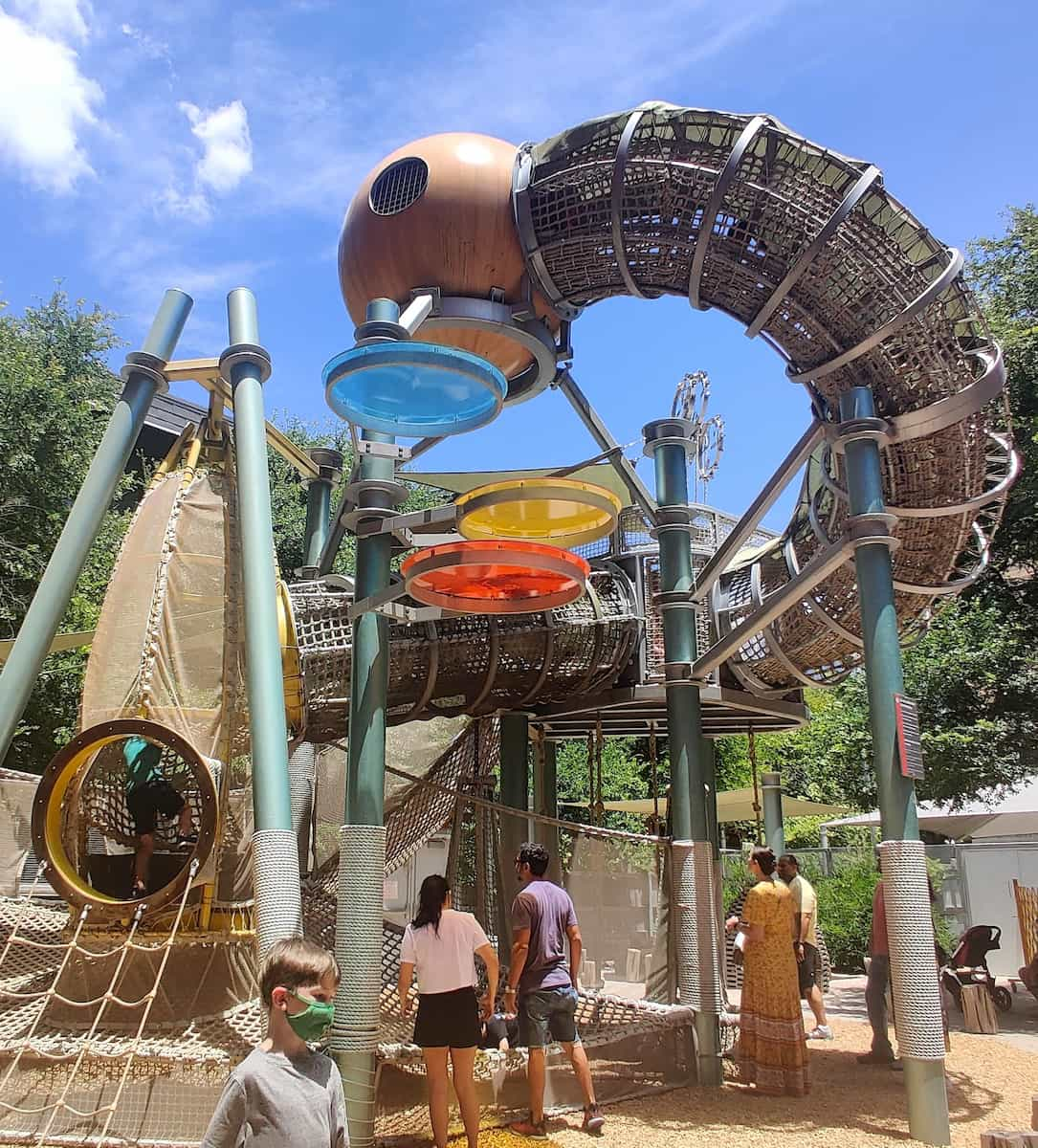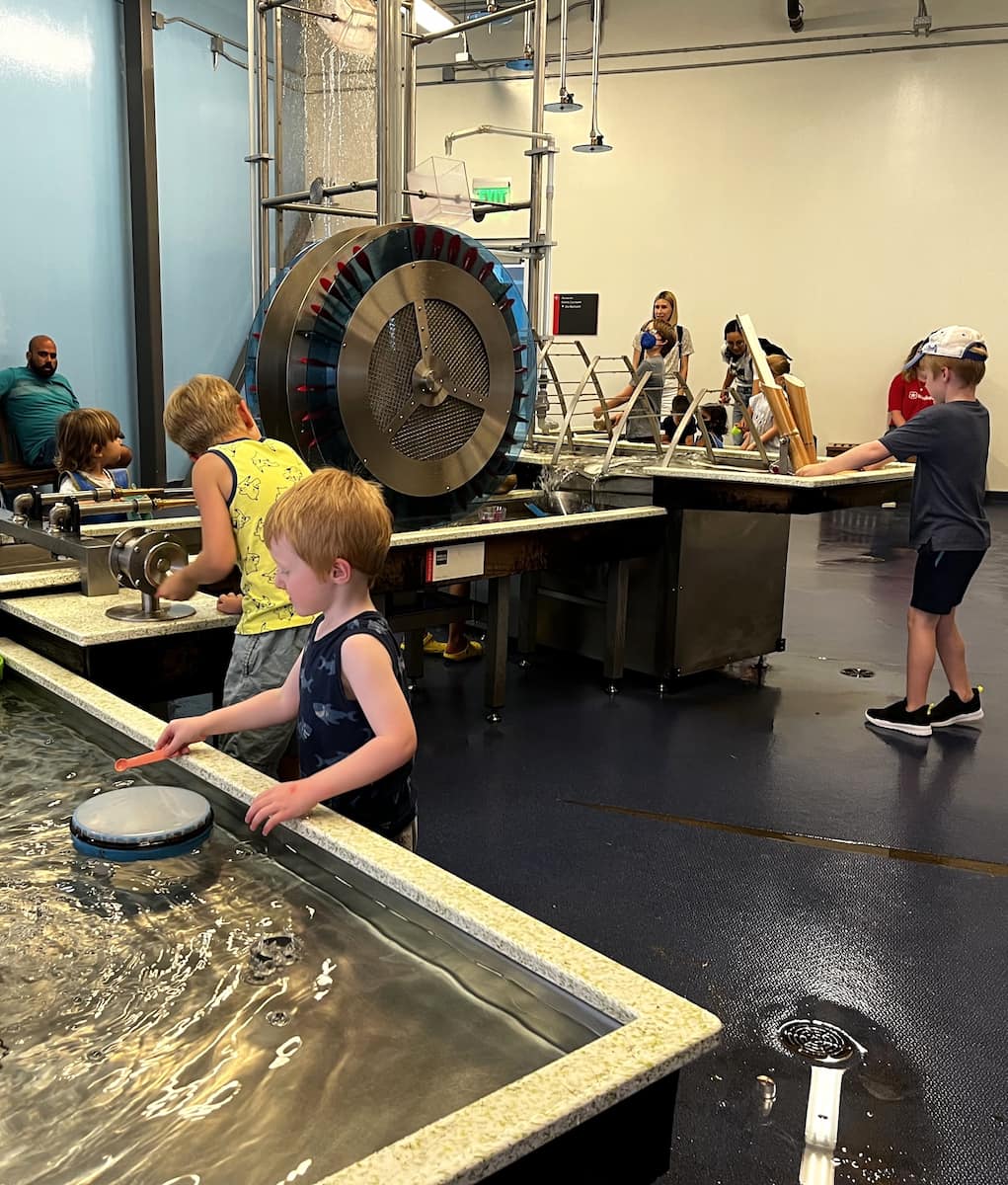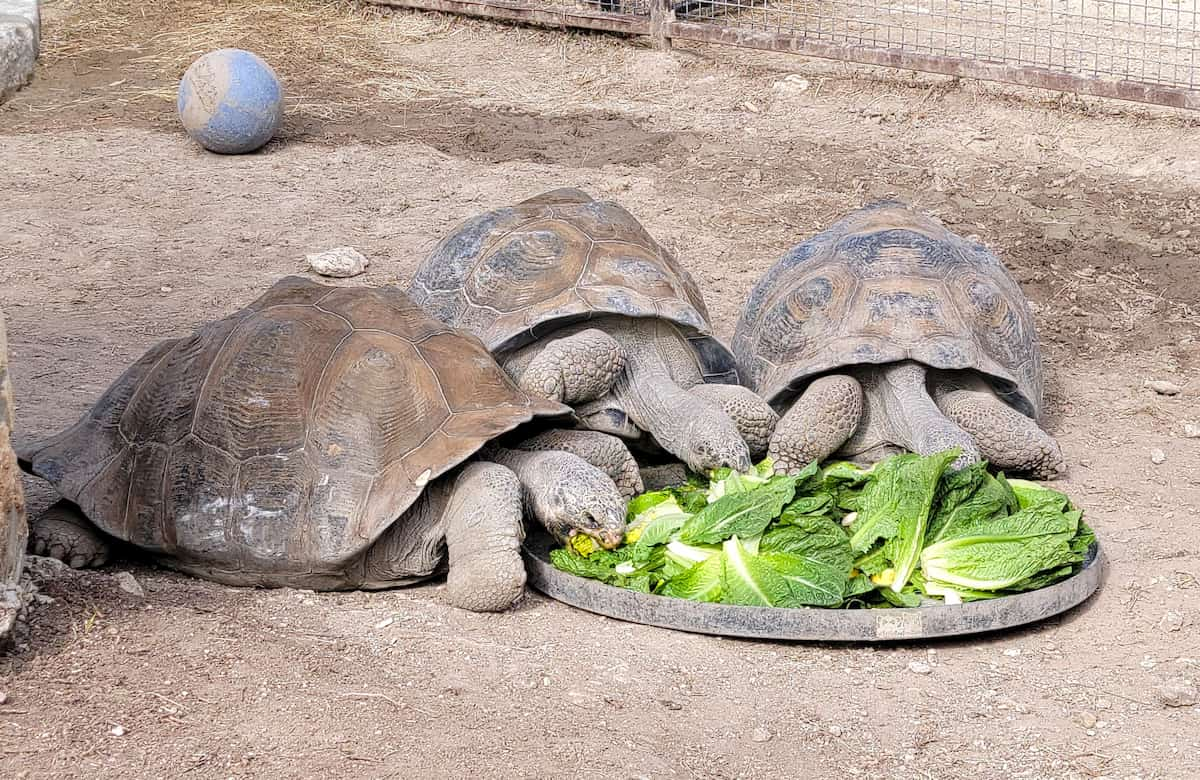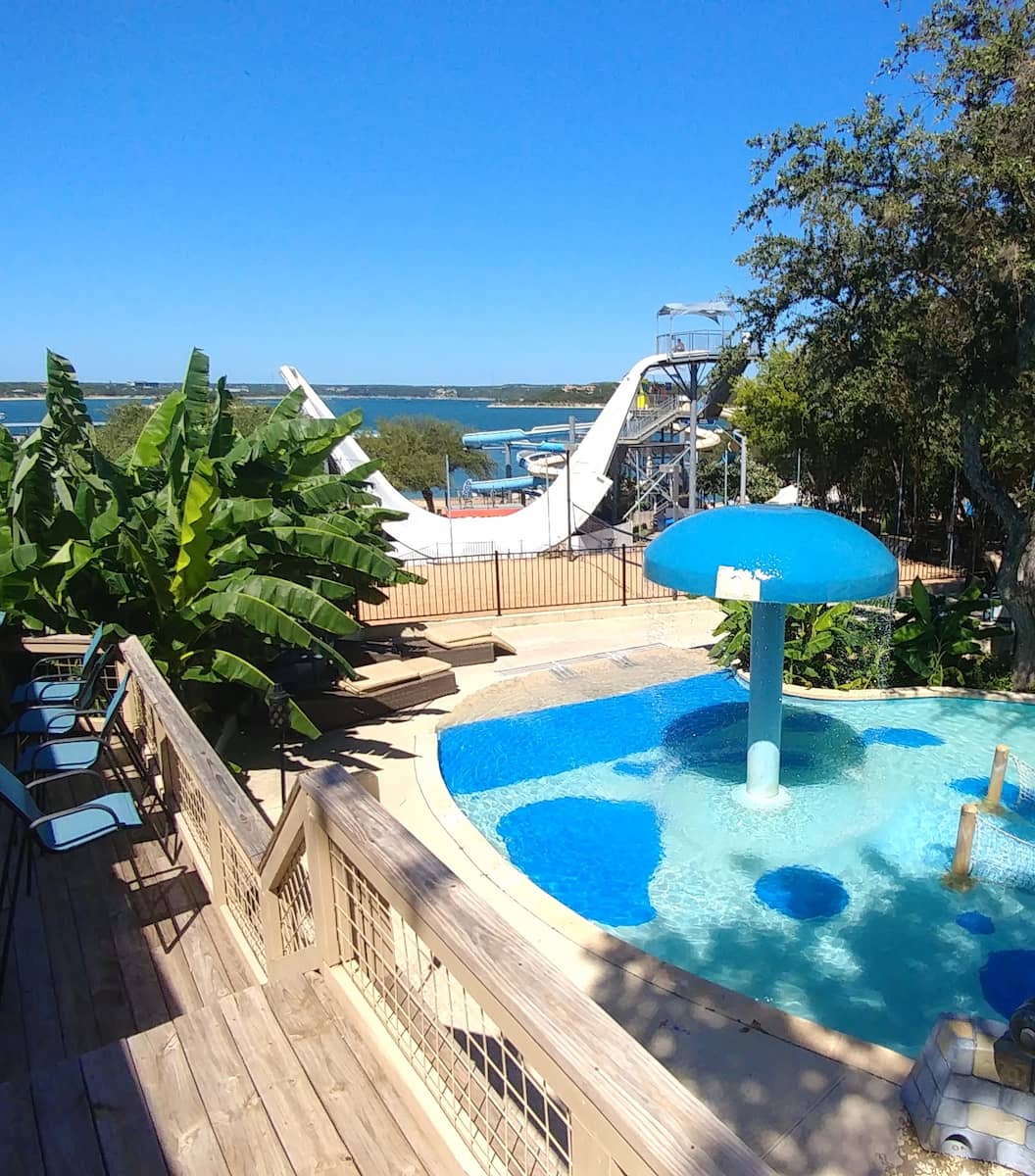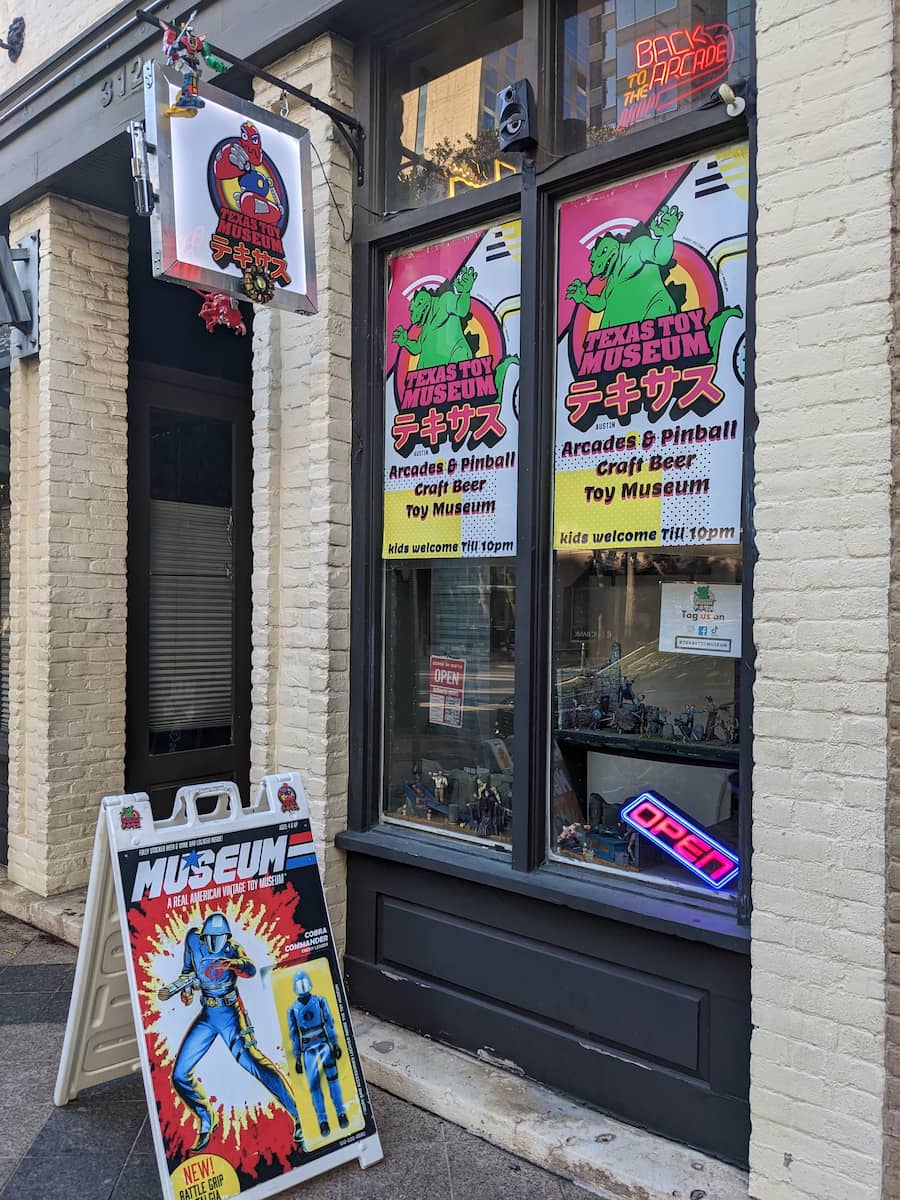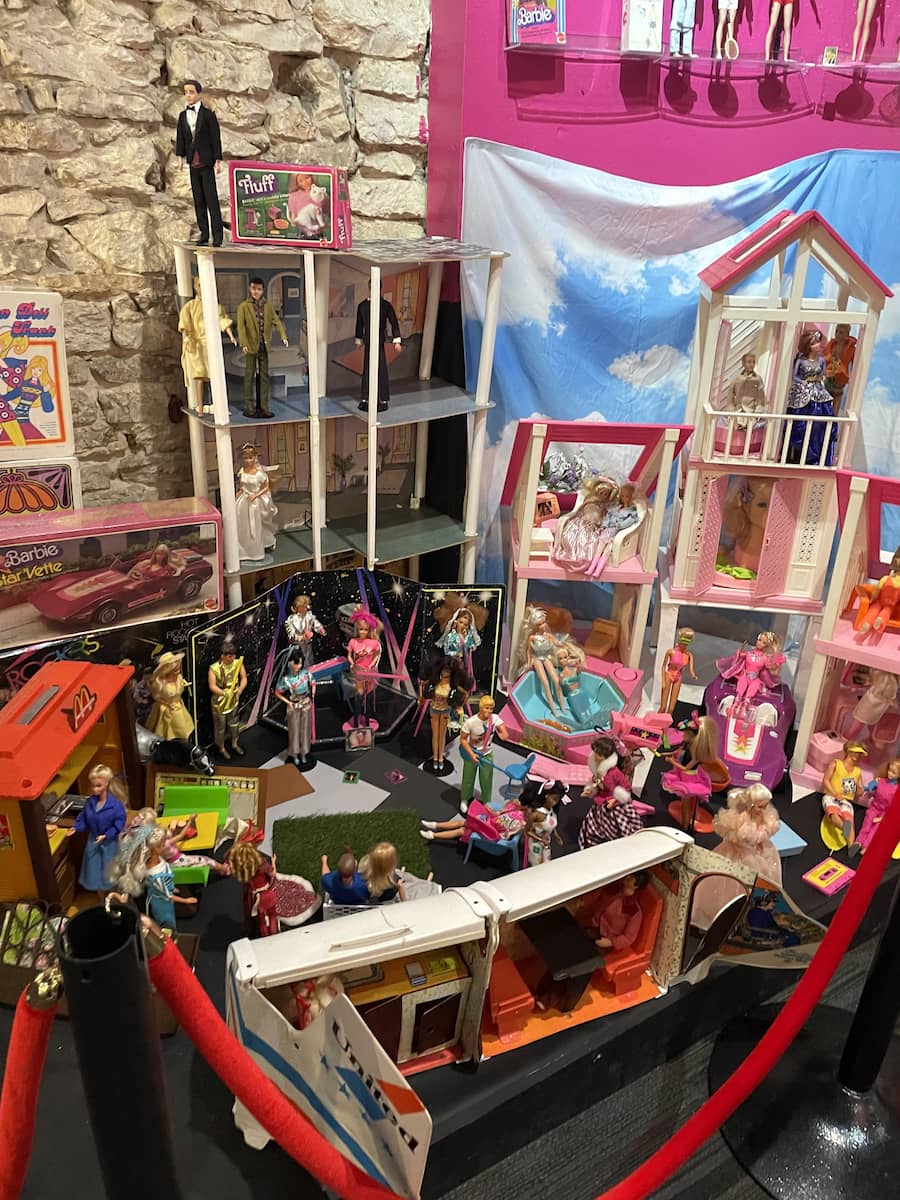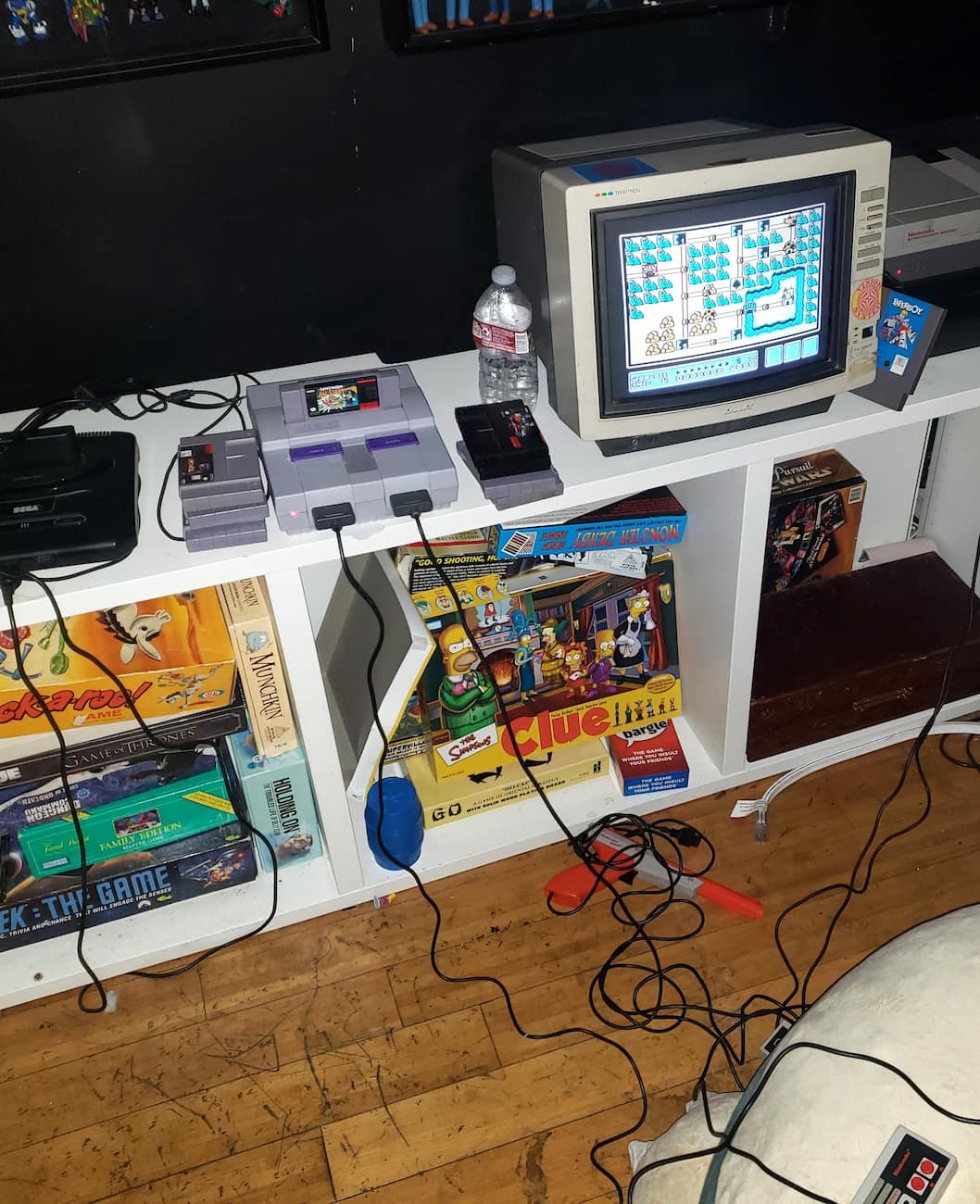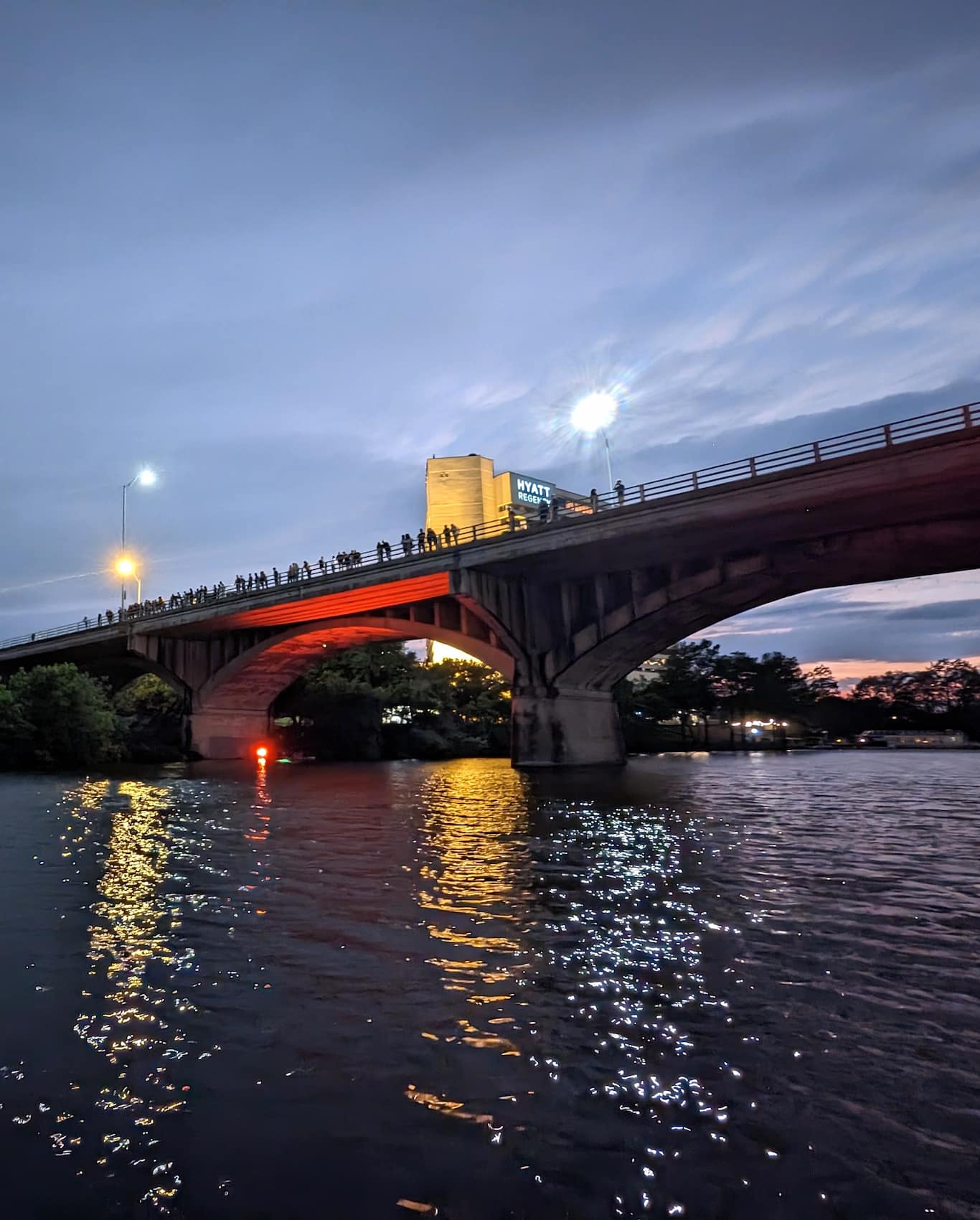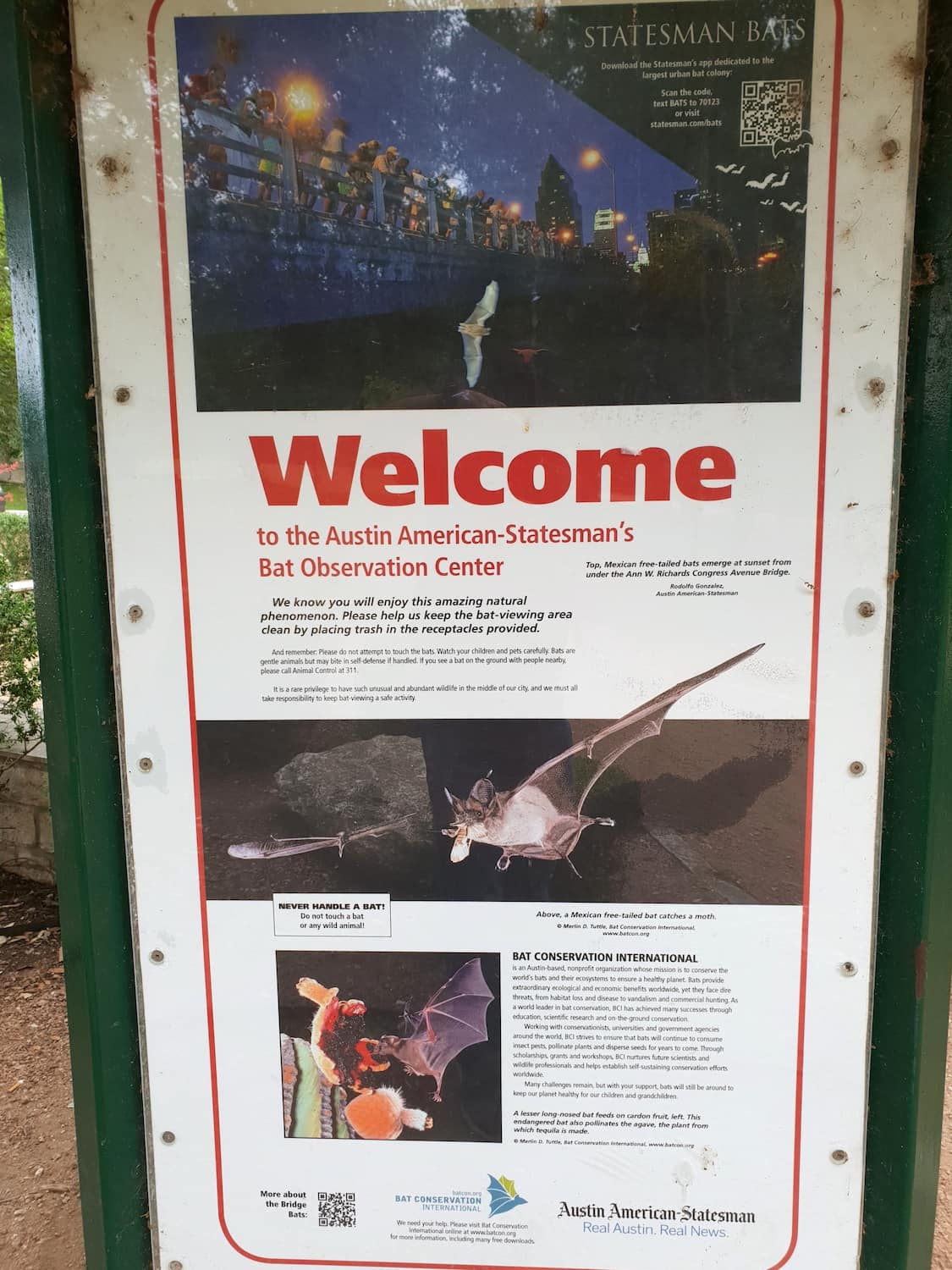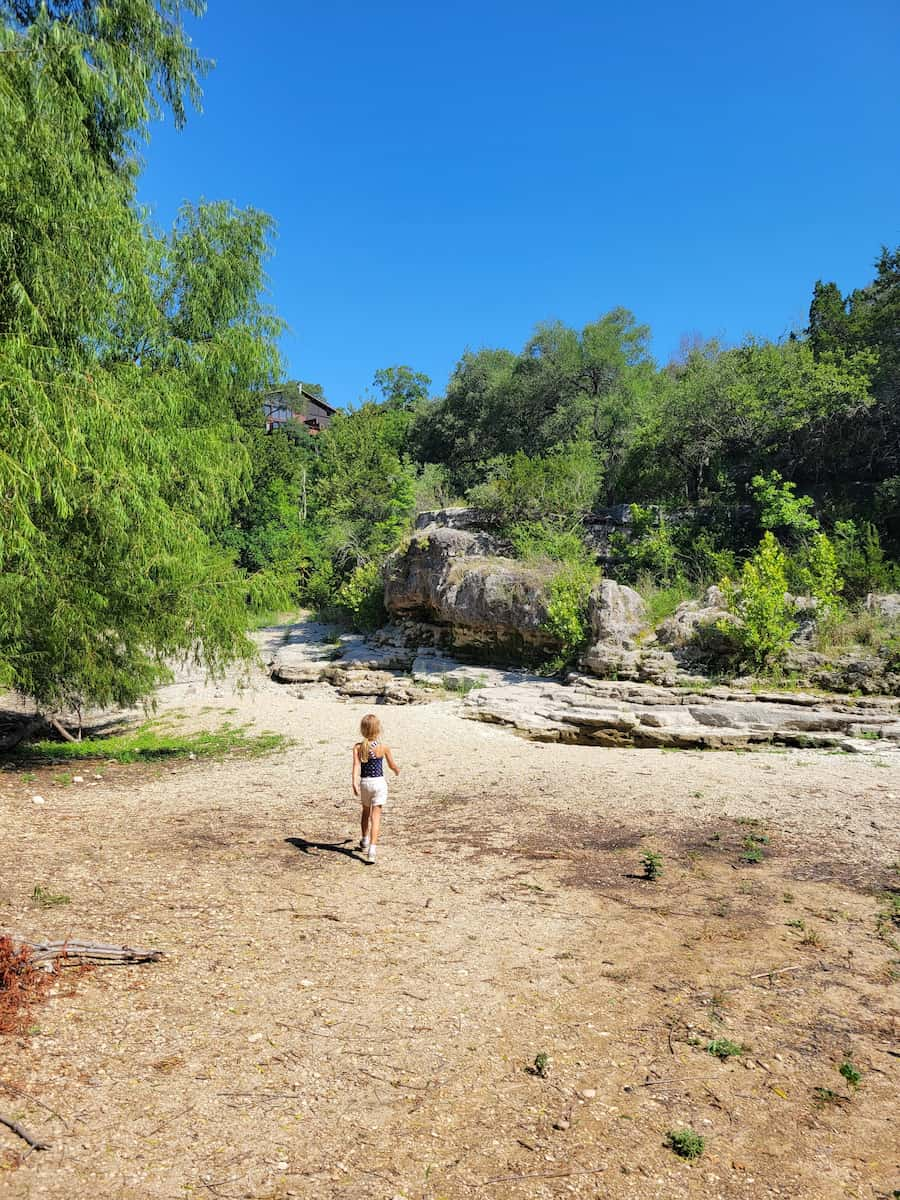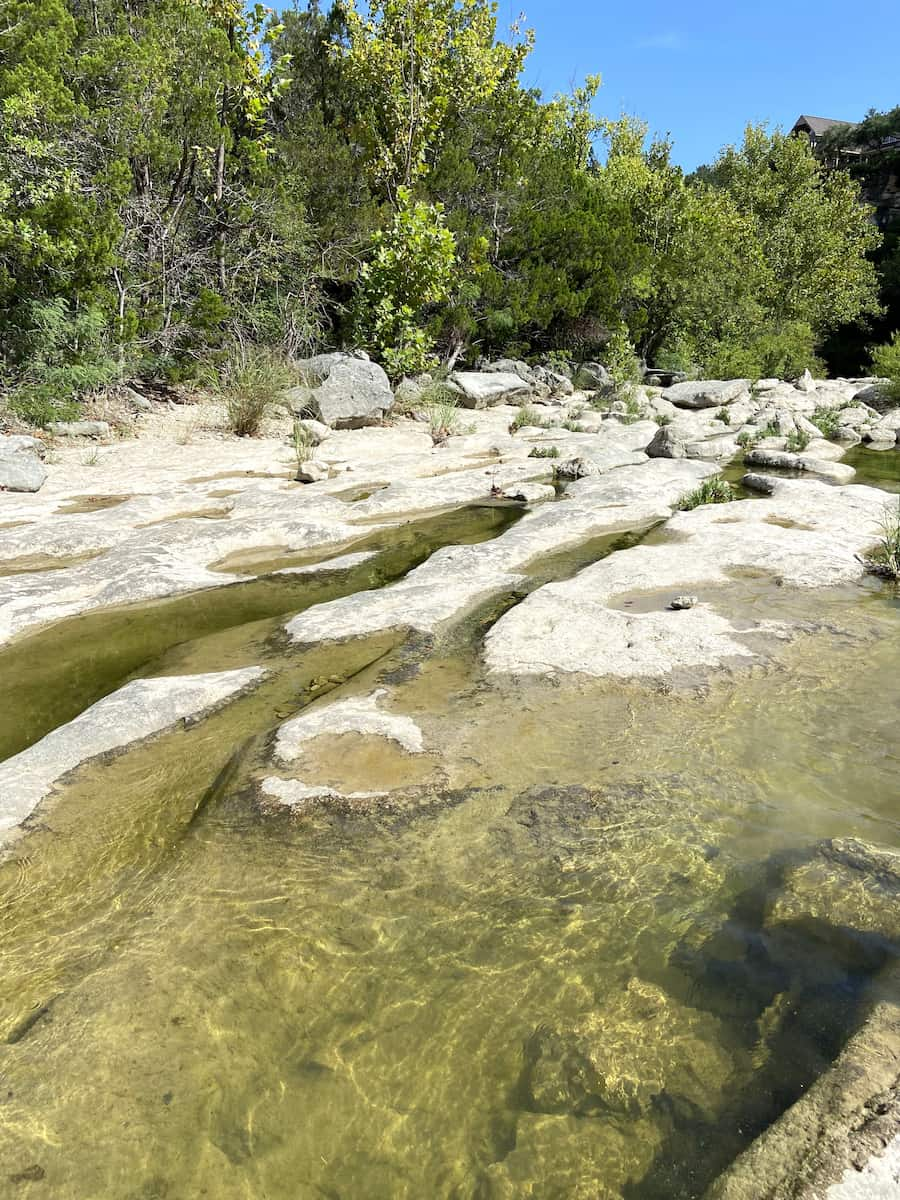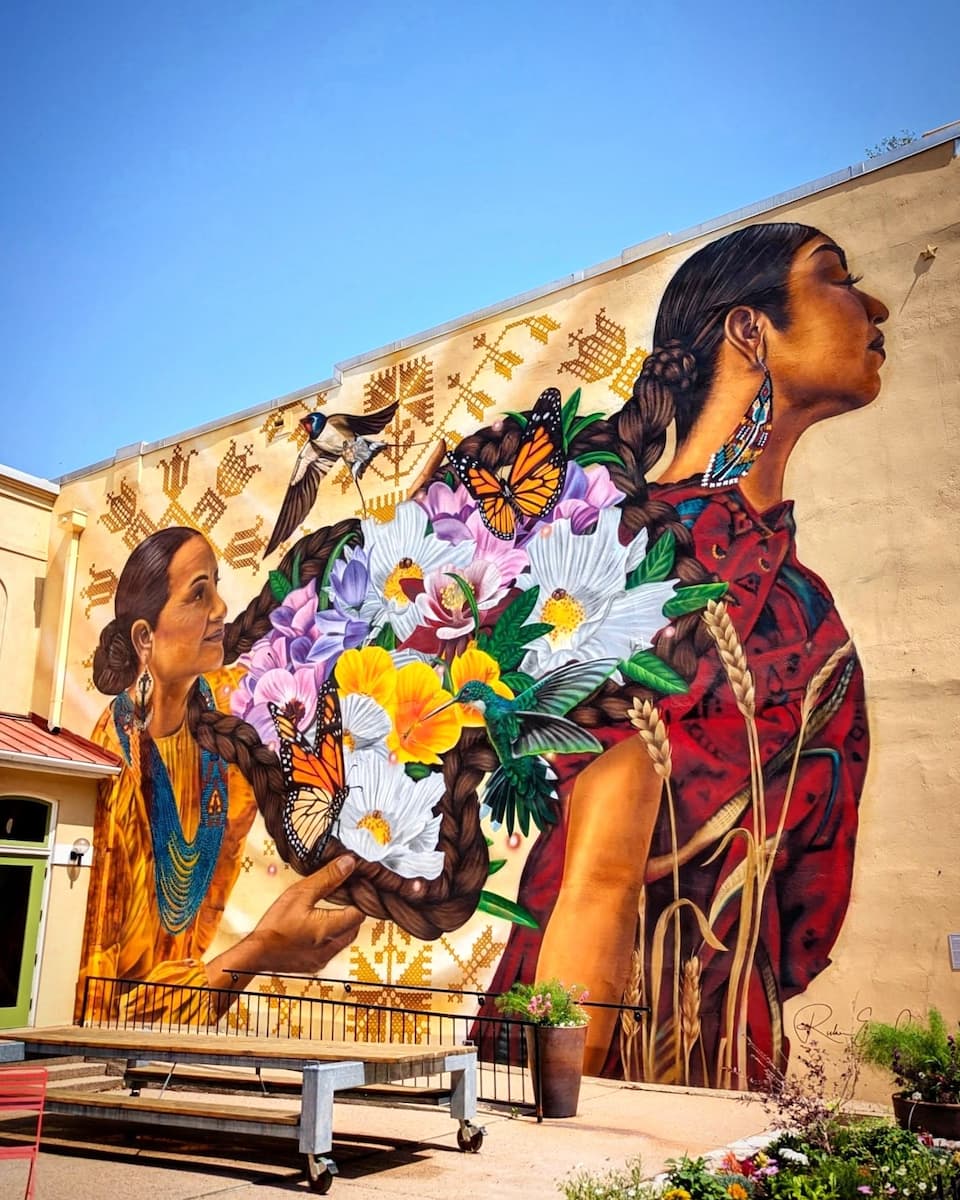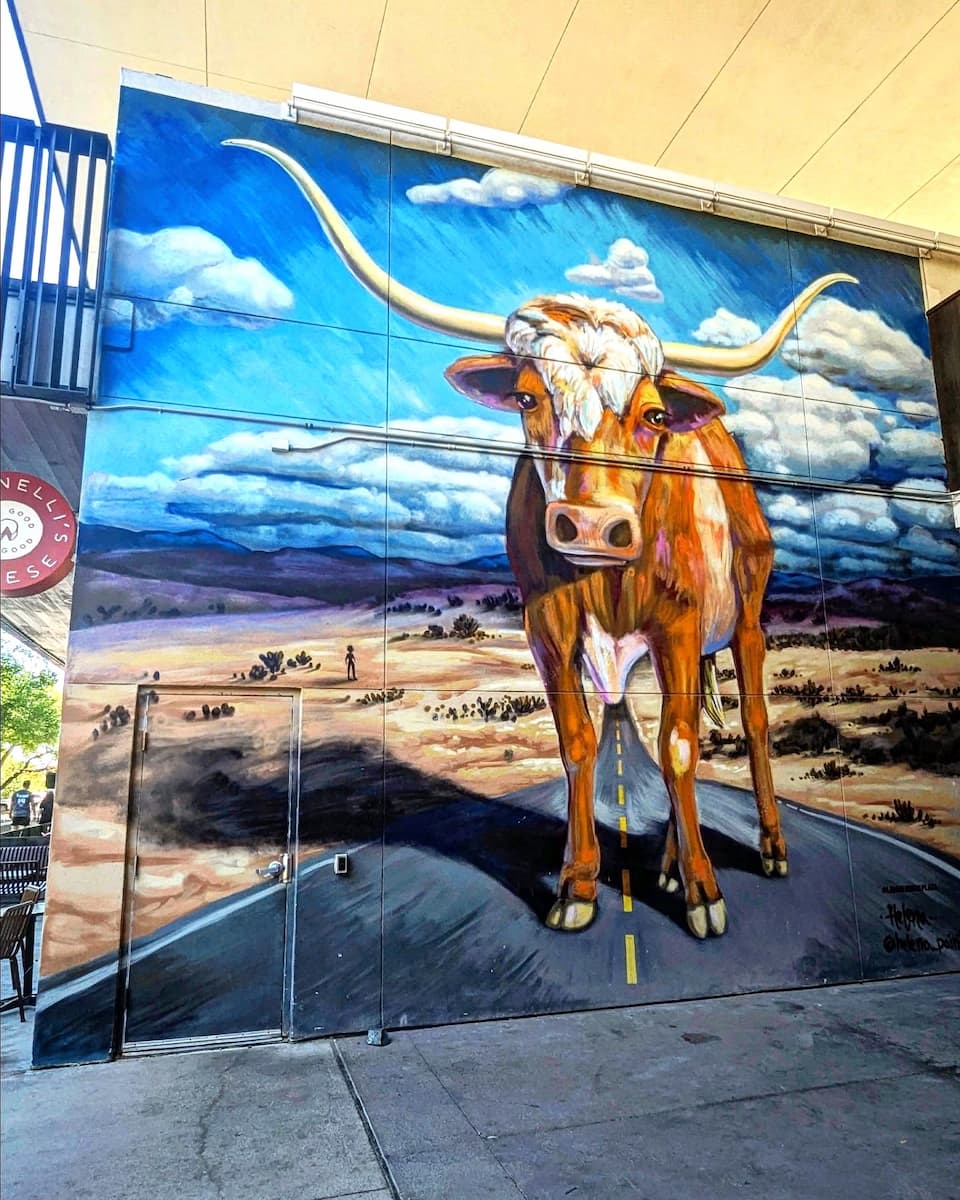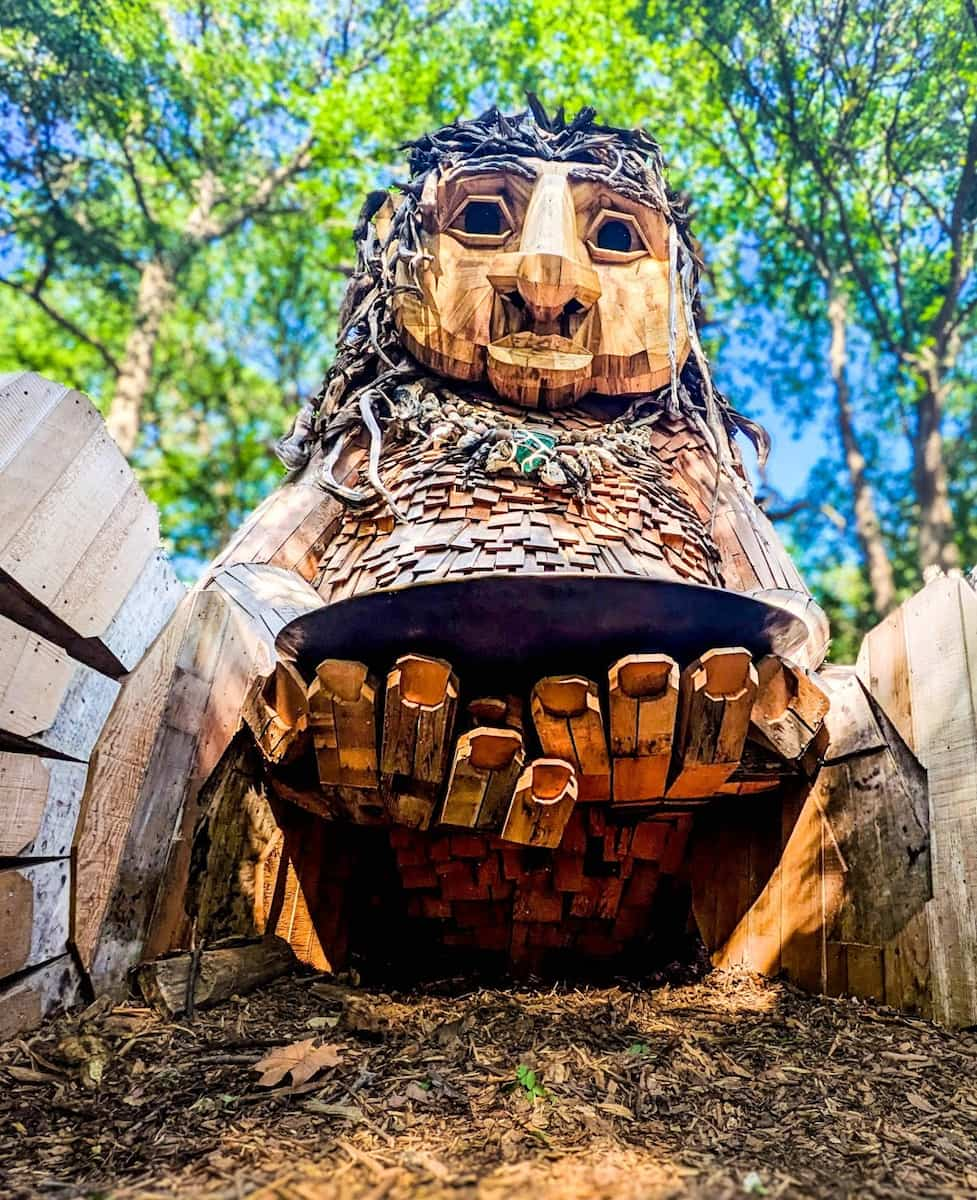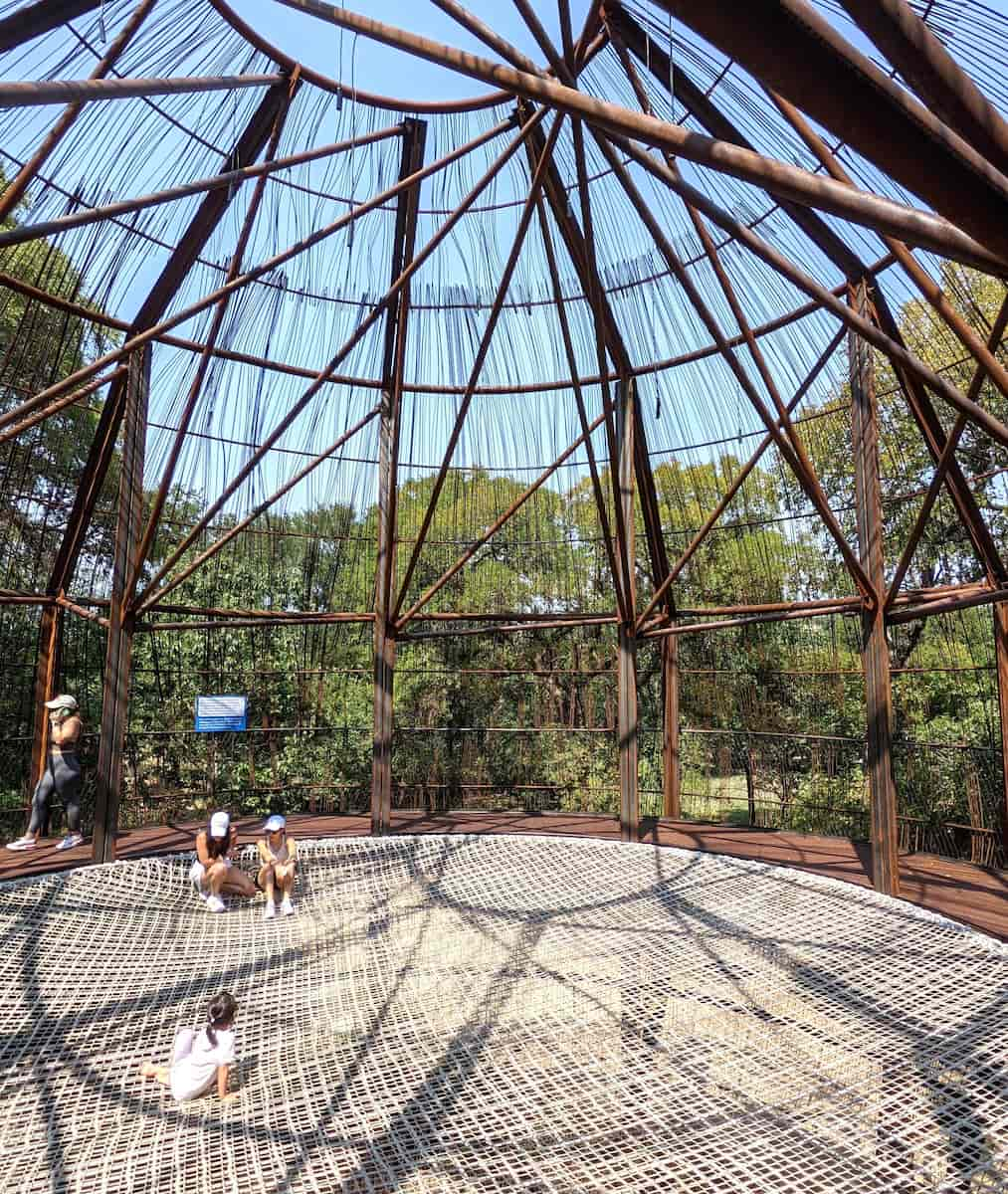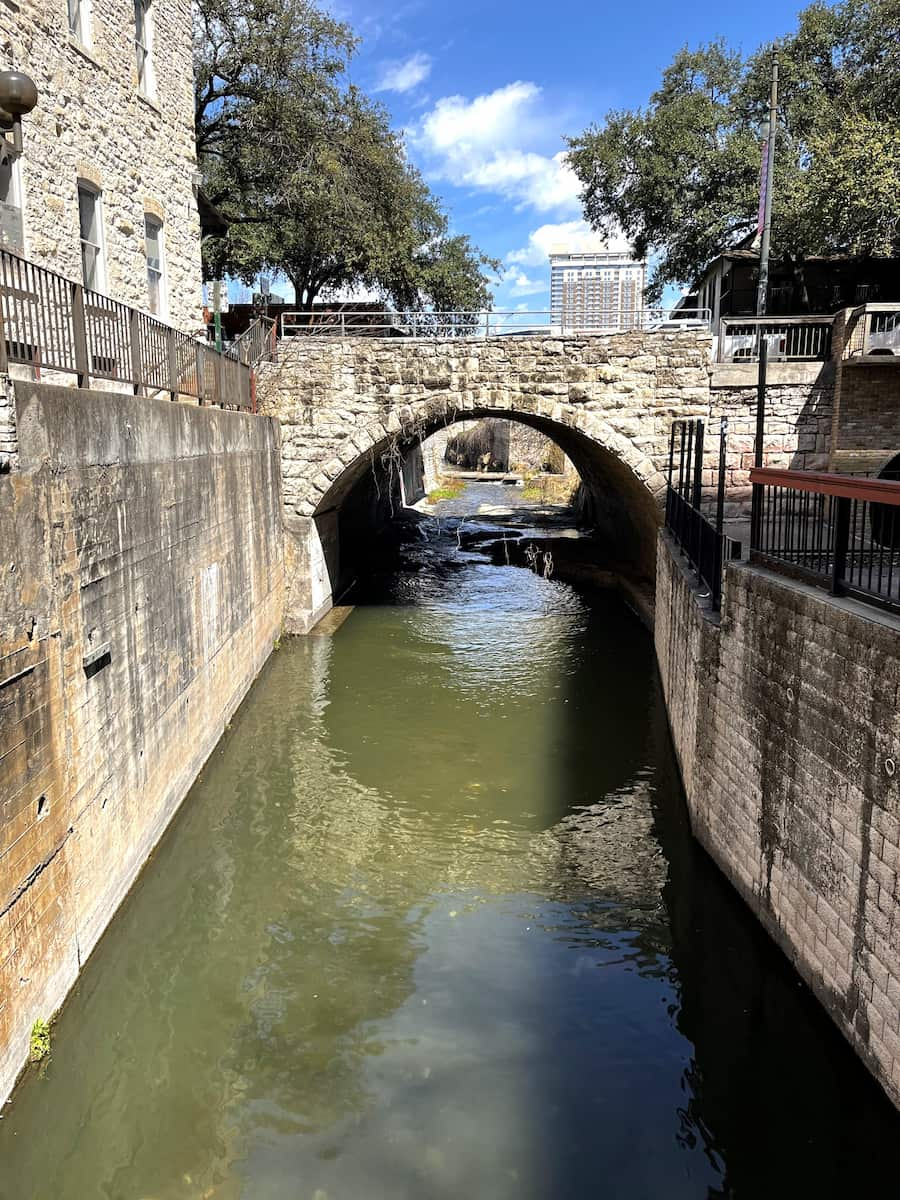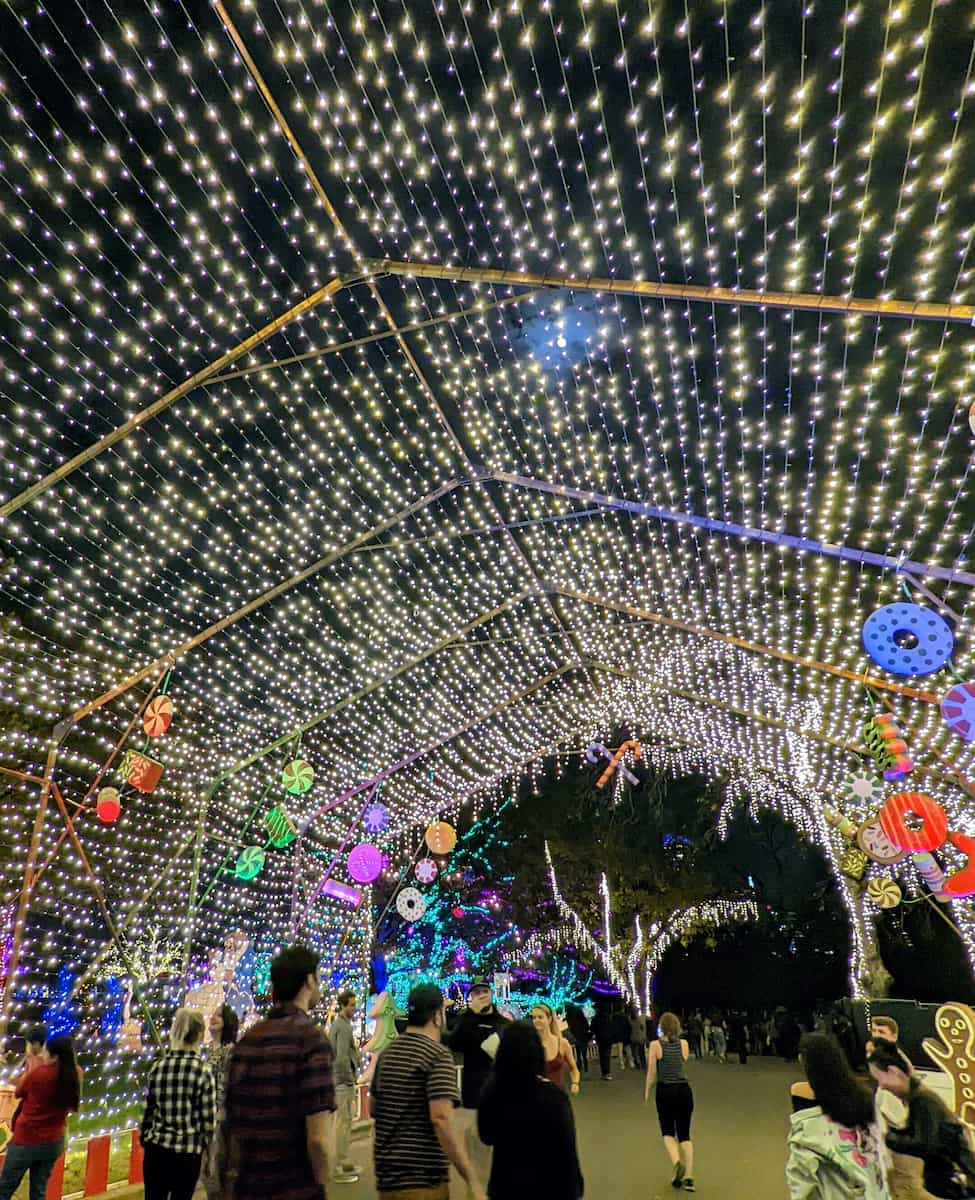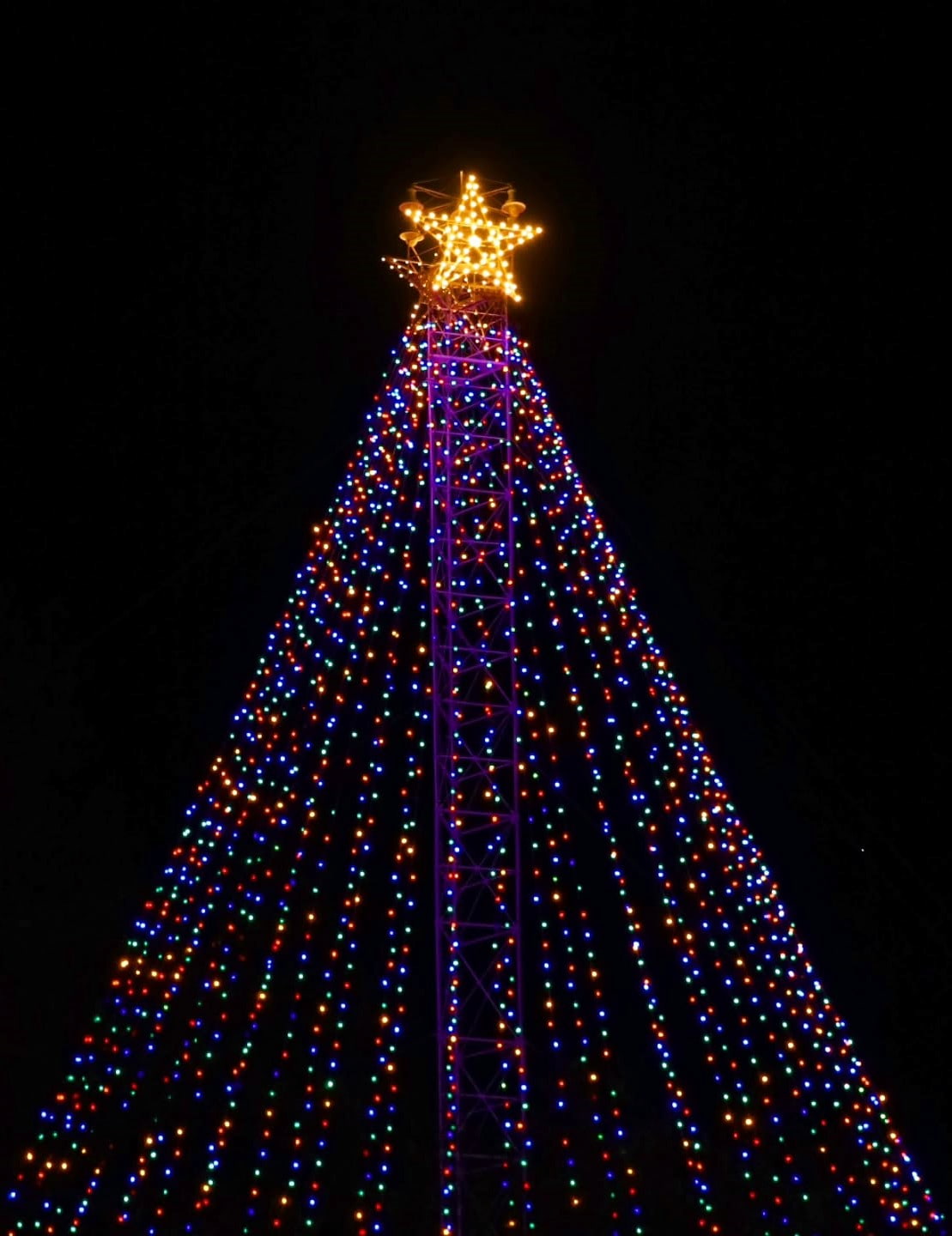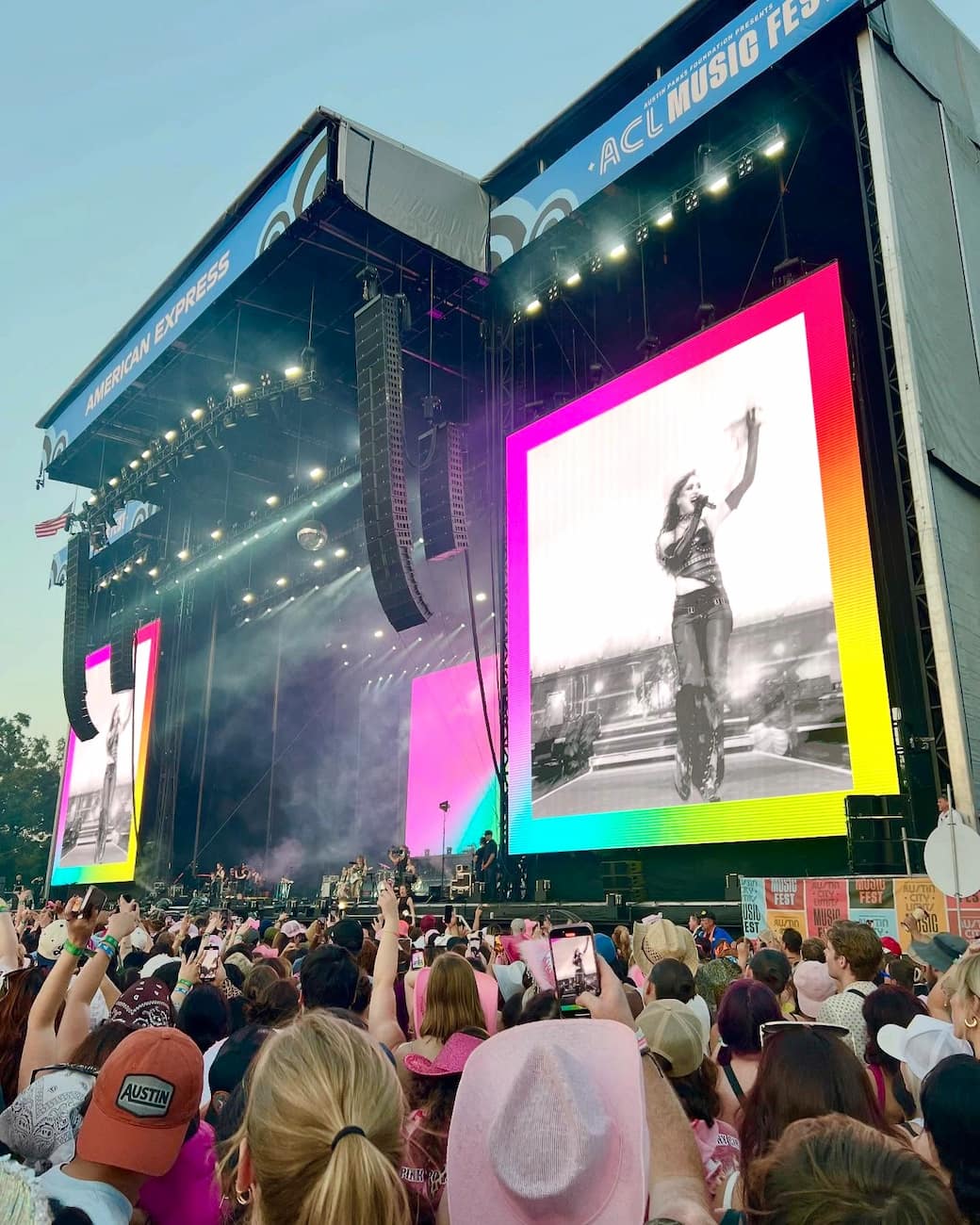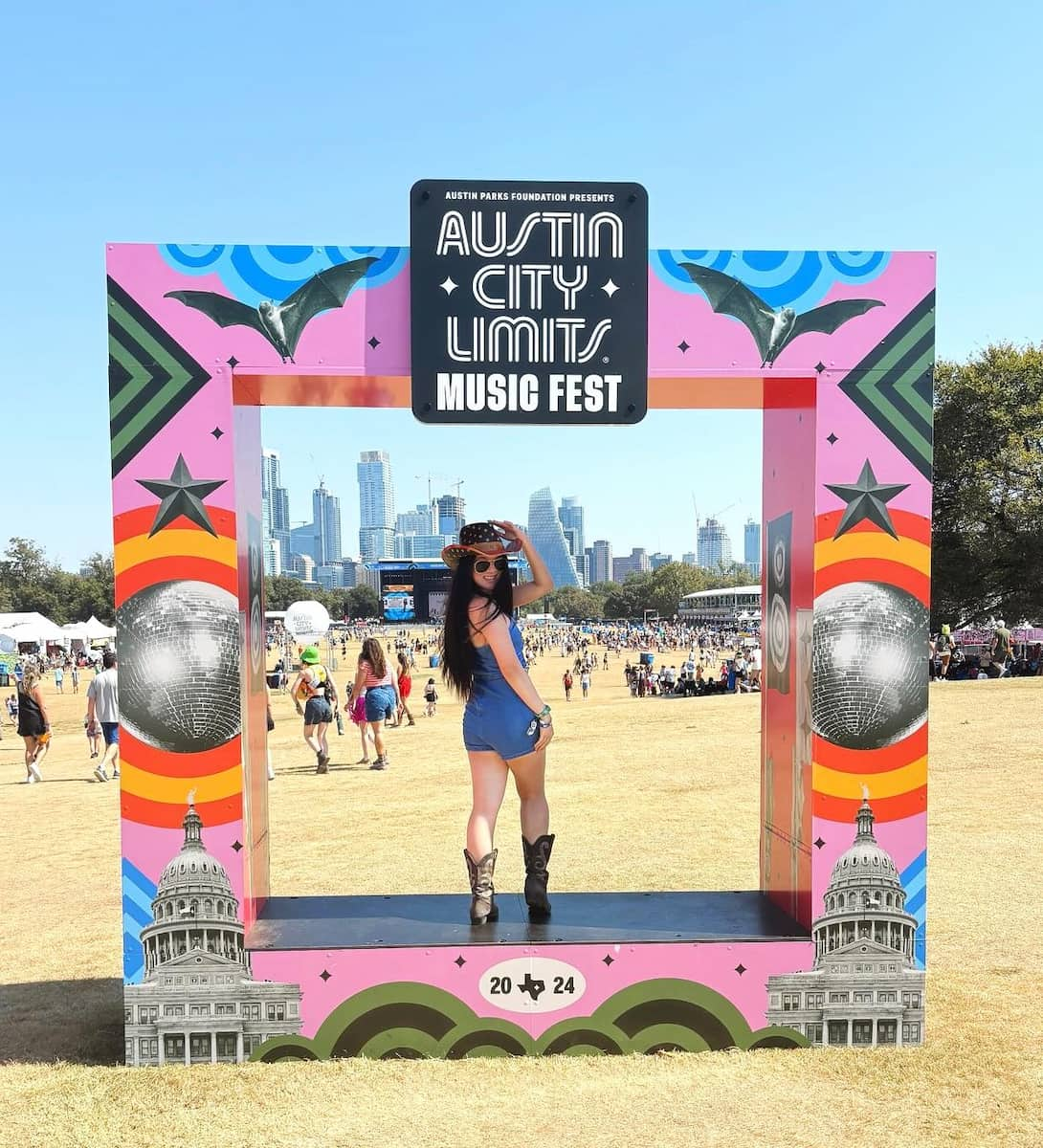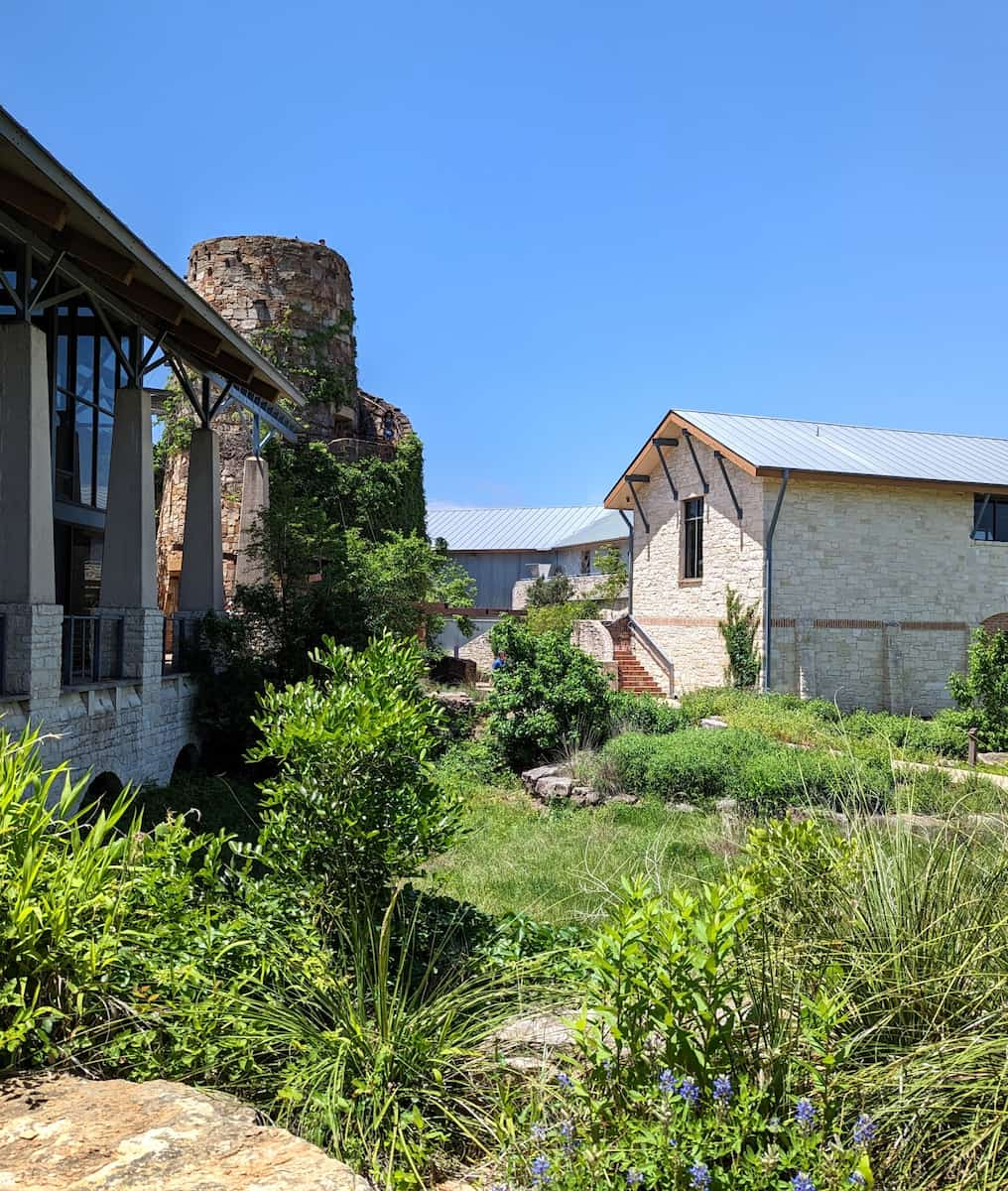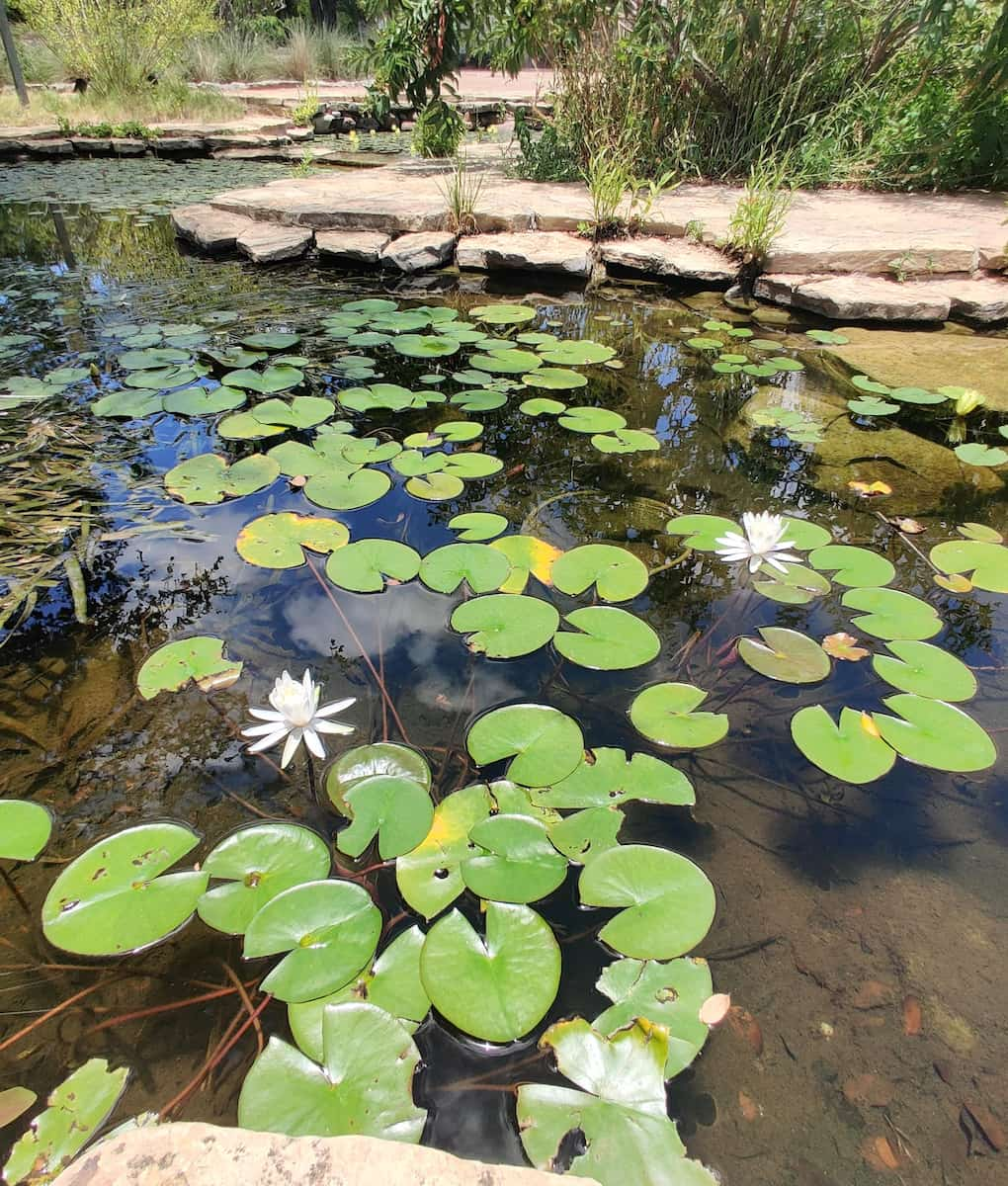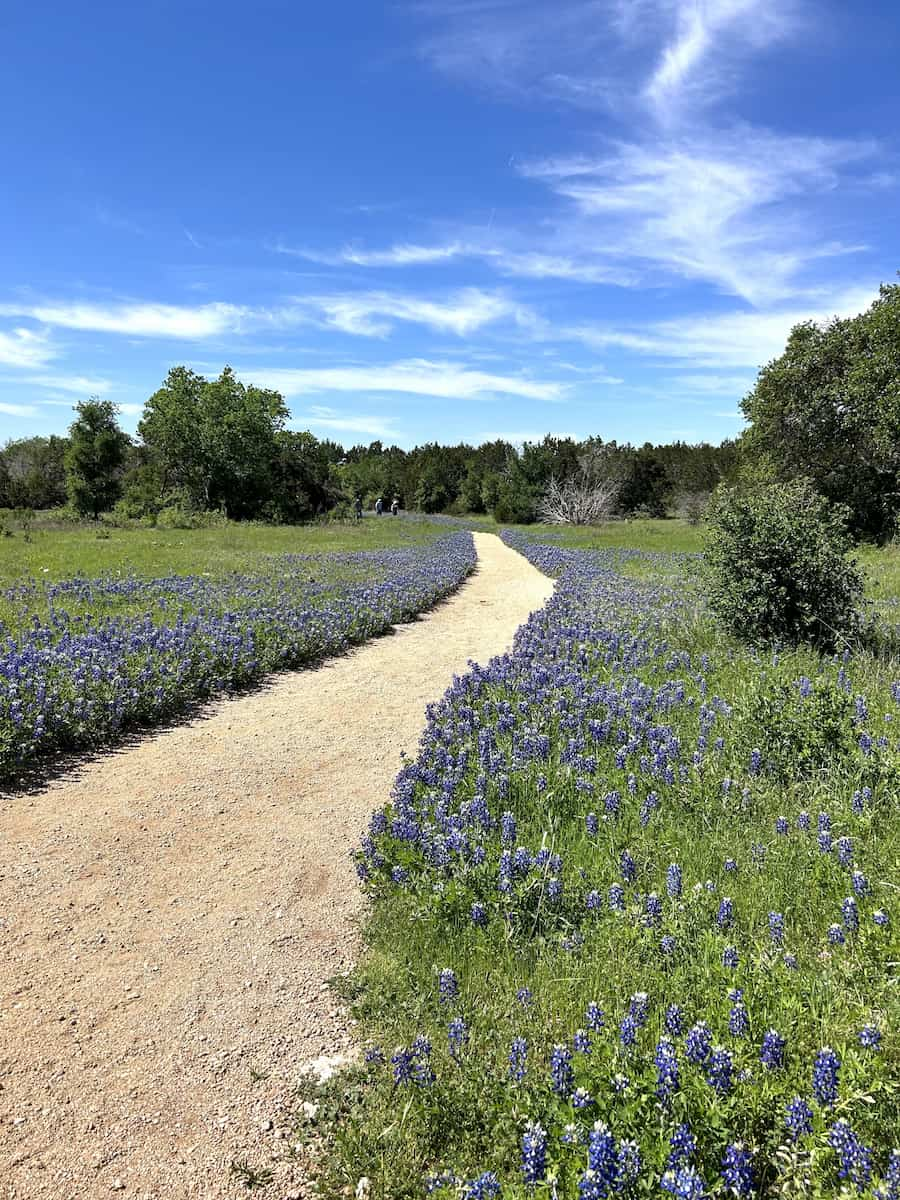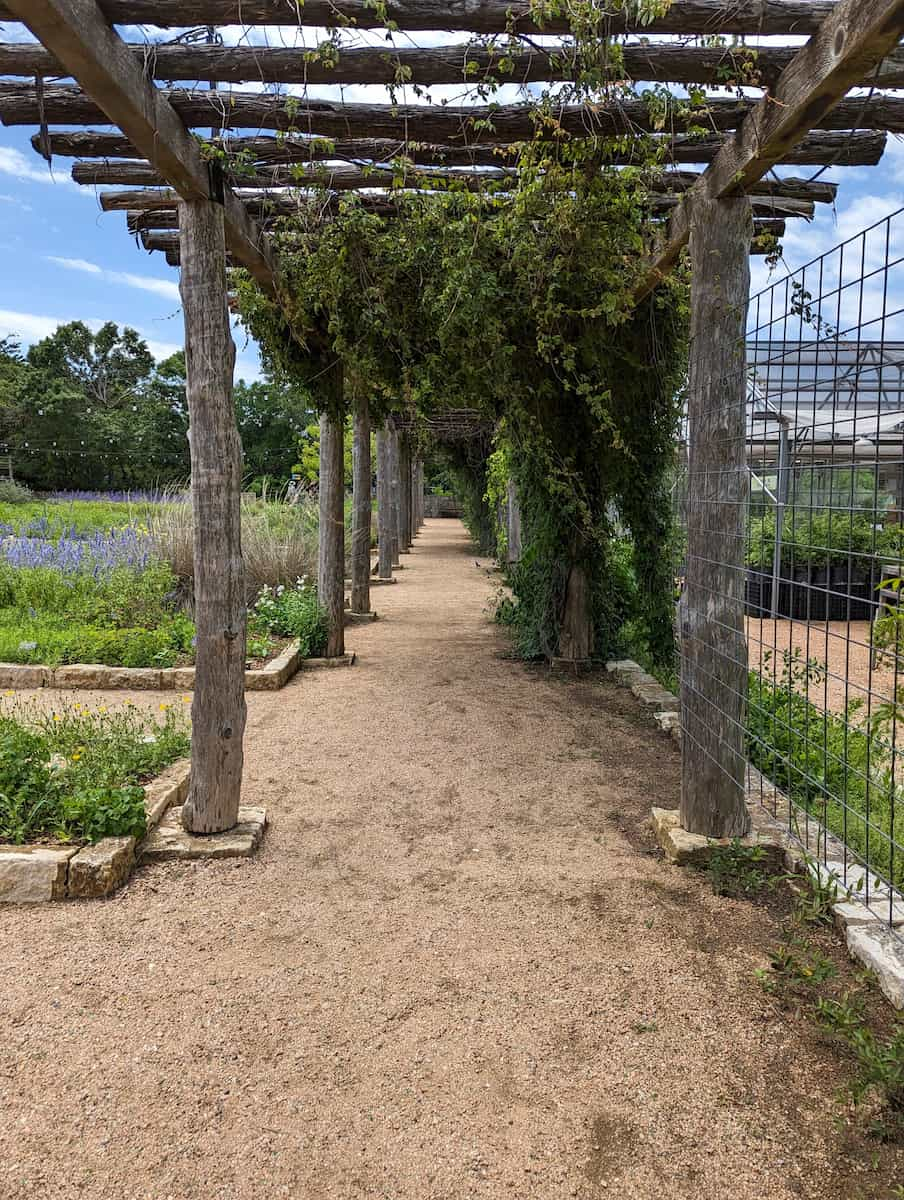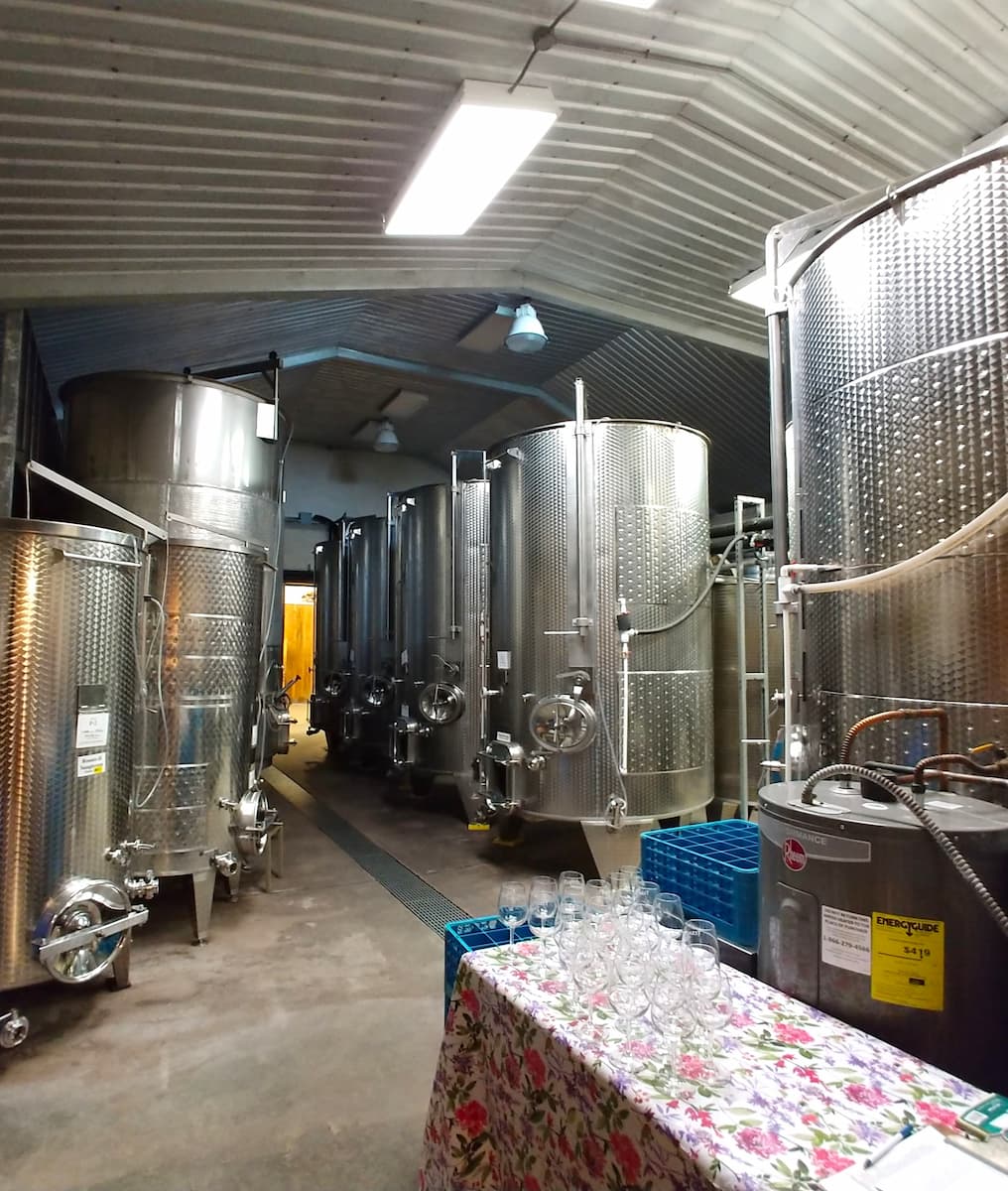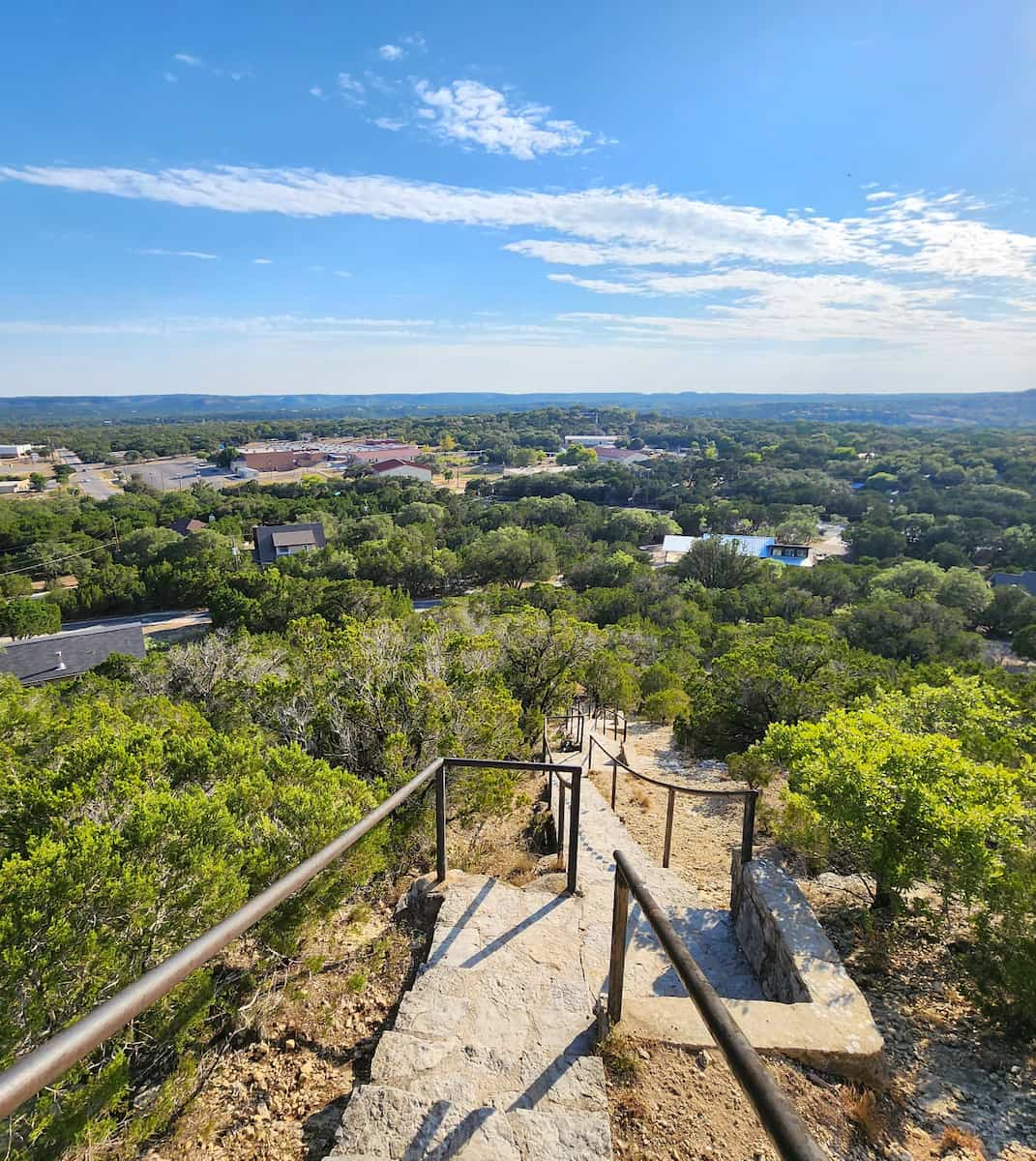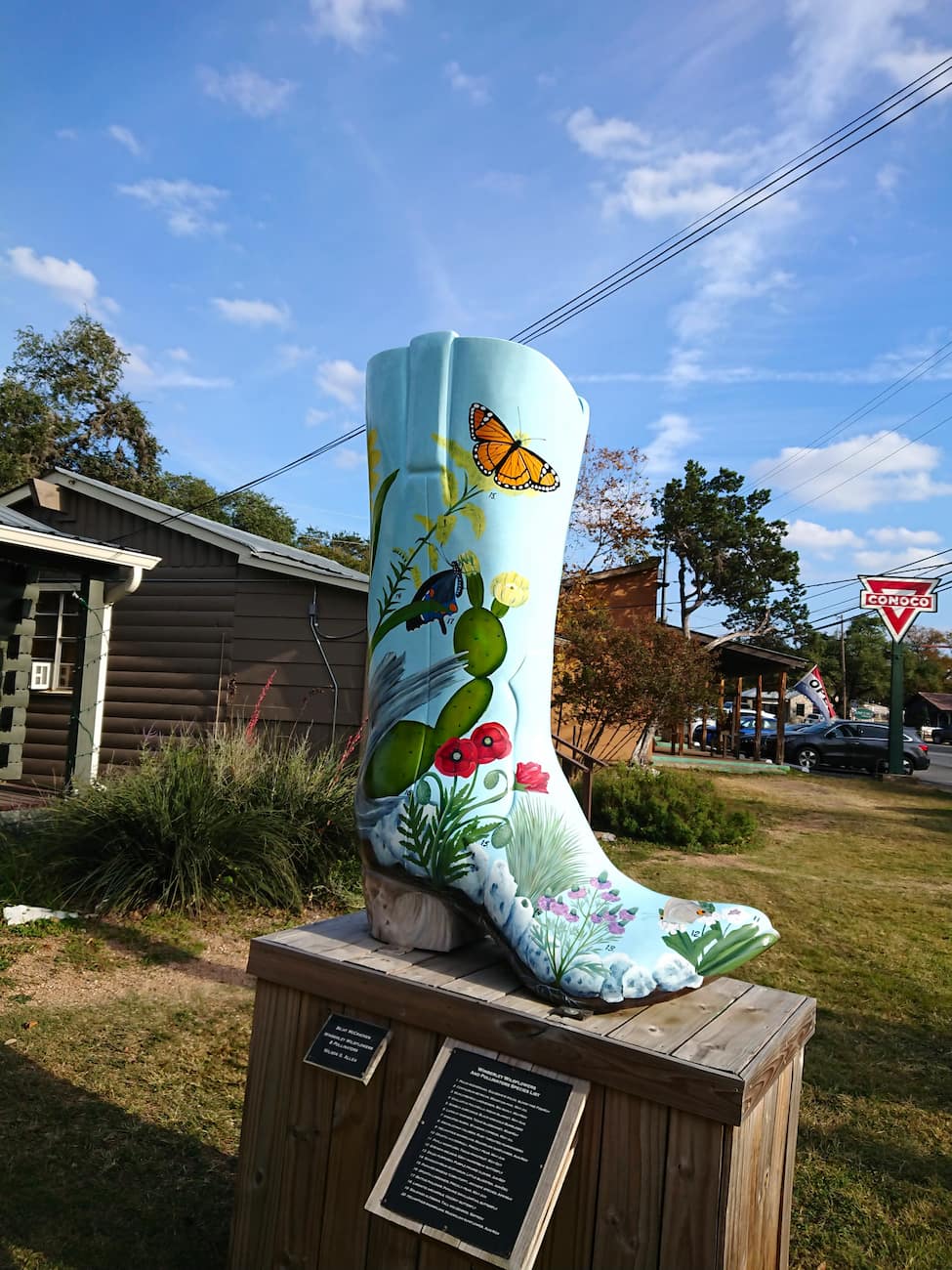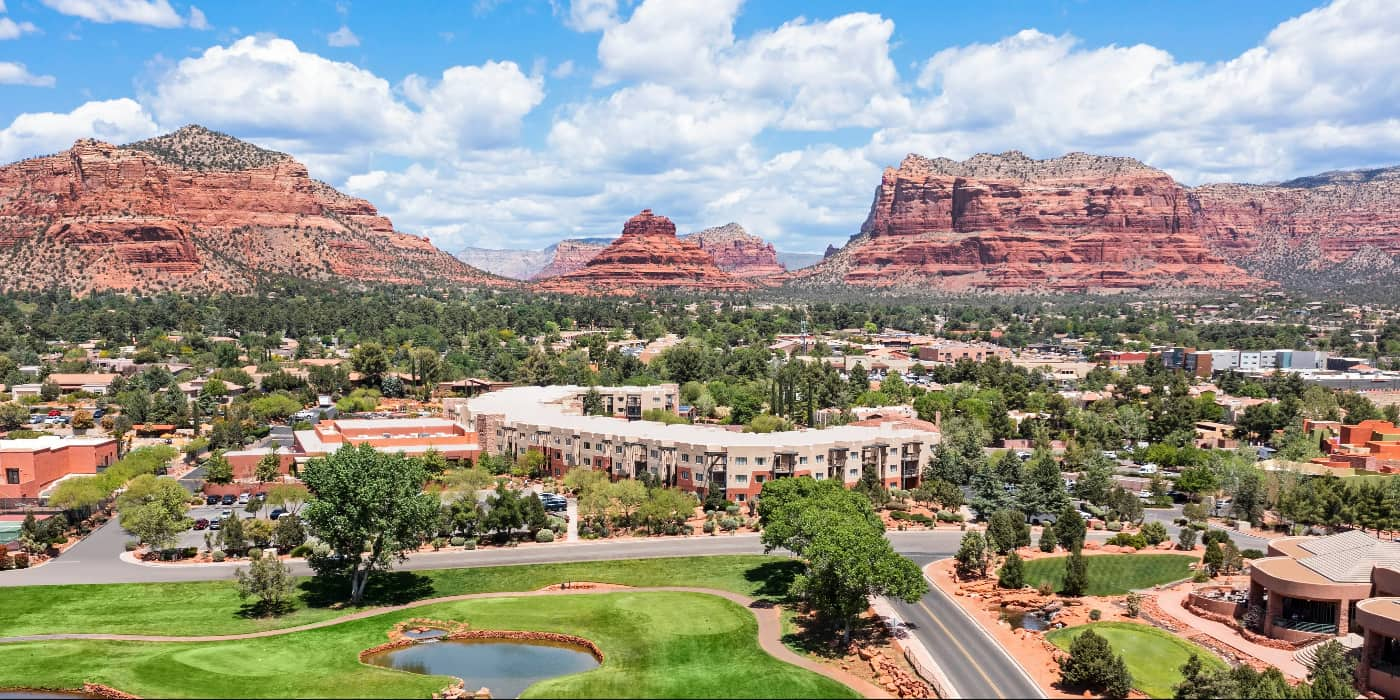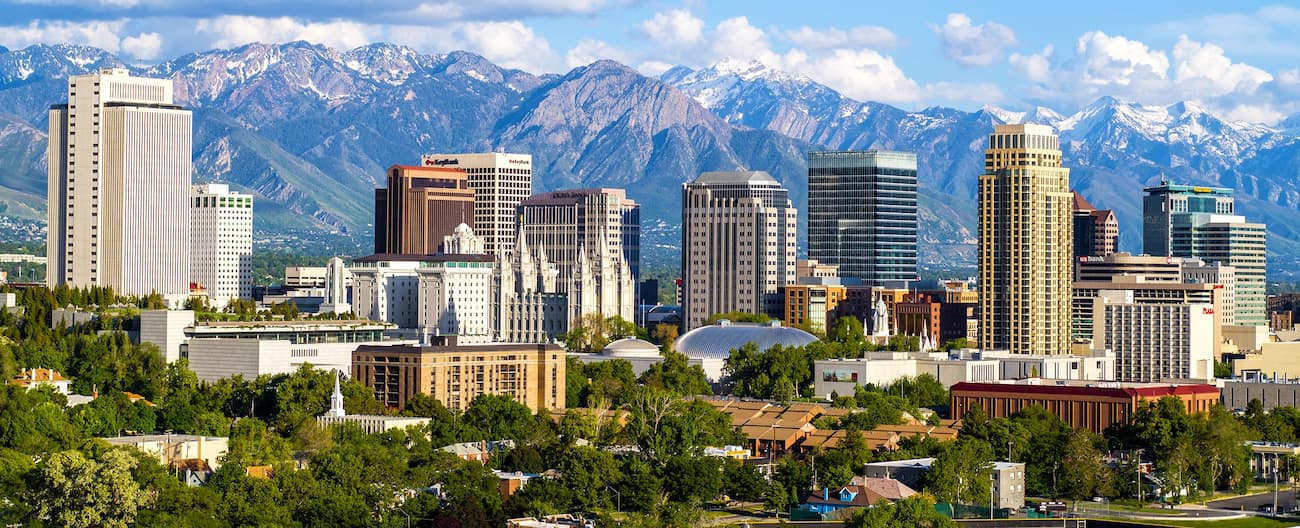Austin is a city that sings with creativity and buzzes with energy, offering visitors a mix of outdoor adventures, cultural gems, and mouthwatering food experiences. Whether you’re watching thousands of bats emerge at sunset or cooling off in natural springs, the Texas capital promises memories that stick with you long after you leave.
I’ve explored Austin’s hidden corners and famous spots to bring you this guide to the city’s best attractions. From free activities perfect for budget travelers to family-friendly fun that will keep the kids smiling, this article covers everything you need for an unforgettable Austin adventure.
🏠 Where to Stay in Austin
- 💎 Luxury Hotel: Fairmont Austin Gold Experience, Austin
- ✨ 5-Star: Hotel Viata, Austin
- 🏨 4-Star: Hyatt Centric Congress Avenue Austin, Austin
- 🛏️ 3-Star: SpringHill Suites by Marriott Austin Parmer/Tech Ridge, Austin
- 💸 Cheap: TownePlace Suites by Marriott Austin Parmer/Tech Ridge, Austin
- 🏢 Apartment: Candlewood Suites - Austin Airport by IHG, Austin
- 👨👩👧👦 For Families: Omni Austin Hotel Downtown, Austin
- 🏩 For Couples: Aiden Austin City Hotel, Austin
💁 Best Guided Tours
- Downtown Austin Sunset and Bats Kayak Tour from € 50 (⭐4.8/5)
- Austin Food Tour with Private Tour Upgrade Option from € 99 (⭐4.8/5)
- Austin Small-Group E-Bike Tour from € 68 (⭐4.9/5)
- Austin Live Music Tour from € 99 (⭐4.7/5)
Best Things To Do in Austin
1. Barton Springs Pool
Natural wonder. I jumped into the refreshing 68-degree waters of Barton Springs Pool and instantly felt revitalized despite Austin’s scorching summer heat. This three-acre natural spring-fed swimming hole stays at this perfect temperature year-round, making it an ideal escape whether you’re visiting in July or January.
Practical tips. The pool floor has slippery algae, so I learned the hard way to walk carefully (I embarrassingly slipped in front of everyone my first visit). Water shoes provide extra grip, and staying near the zero-depth entry area on the far right is perfect if you’re bringing kids or using floaties.
Wildlife encounters. While swimming with my eyes open in the crystal-clear blue water, I spotted small fish darting between the boulders. If you’re lucky, you might even glimpse the endangered Barton Springs Salamander that calls this federally protected habitat home.
Admission details. Entry fees vary based on residency status and age, with tickets available through the ATXswims app or at on-site kiosks.
| Visitor Type | Resident Price | Non-Resident Price |
|---|---|---|
| Child (1-11) | $2 | $4 |
| Junior (12-17) | $3 | $5 |
| Adult (18-62) | $5 | $9 |
| Senior (62+) | $2 | $5 |
| Veterans | FREE | FREE |
| Children under 1 | FREE | FREE |
⭐ Best Activities
- Austin and Hill Country Sightseeing Tour – Experience the urban scene and natural beauty on this 90-minute tour covering 30 miles and 50+ points of interest, including the Texas Capitol and East Austin’s Six Square District, all from the comfort of a luxury Mercedes-Benz sprinter van.
2. Lady Bird Lake (paddle boarding, kayaking)
Water adventures. I spent a perfect Austin morning gliding across Lady Bird Lake on a stand-up paddleboard, taking in stunning skyline views while cooling off from the Texas heat. The 416-acre reservoir (formerly Town Lake) offers a peaceful escape right in downtown Austin, with no motorized boats allowed to disturb the tranquility.
Rental options. Several outfitters along the shoreline offer equipment for every skill level, from beginner-friendly kayaks to advanced paddleboards.
- Rowing Dock: SUPs $20/hour, kayaks $15/hour
- Texas Rowing Center: Canoes $15/hour, SUPs $20/hour
- Zilker Park Boat Rentals: Pedal boats $25/hour, kayaks $17/hour
Sunset magic. Paddling during golden hour provided me with breathtaking views of the Austin skyline reflecting on the water’s surface. The lake transforms into a social hub as locals and visitors alike gather to enjoy the cooler evening temperatures.
Trail access. The 10-mile Ann and Roy Butler Hike-and-Bike Trail circles the lake, offering multiple entry points for water activities and gorgeous viewpoints for those who prefer to stay dry.
⭐ Best Activities
- Kayak Rentals on Lady Bird Lake – Explore Austin’s scenic Lady Bird Lake at your own pace with a 2-hour kayak rental that includes all necessary equipment, offering beautiful views of the downtown skyline and a chance to spot local wildlife.
3. Zilker Park
Urban oasis. I sprawled out on a blanket under the shade of a massive oak tree in Zilker Park, Austin’s 351-acre crown jewel of public green space. Located just minutes from downtown, this expansive park serves as Austin’s backyard and hosts major events like Austin City Limits Music Festival.
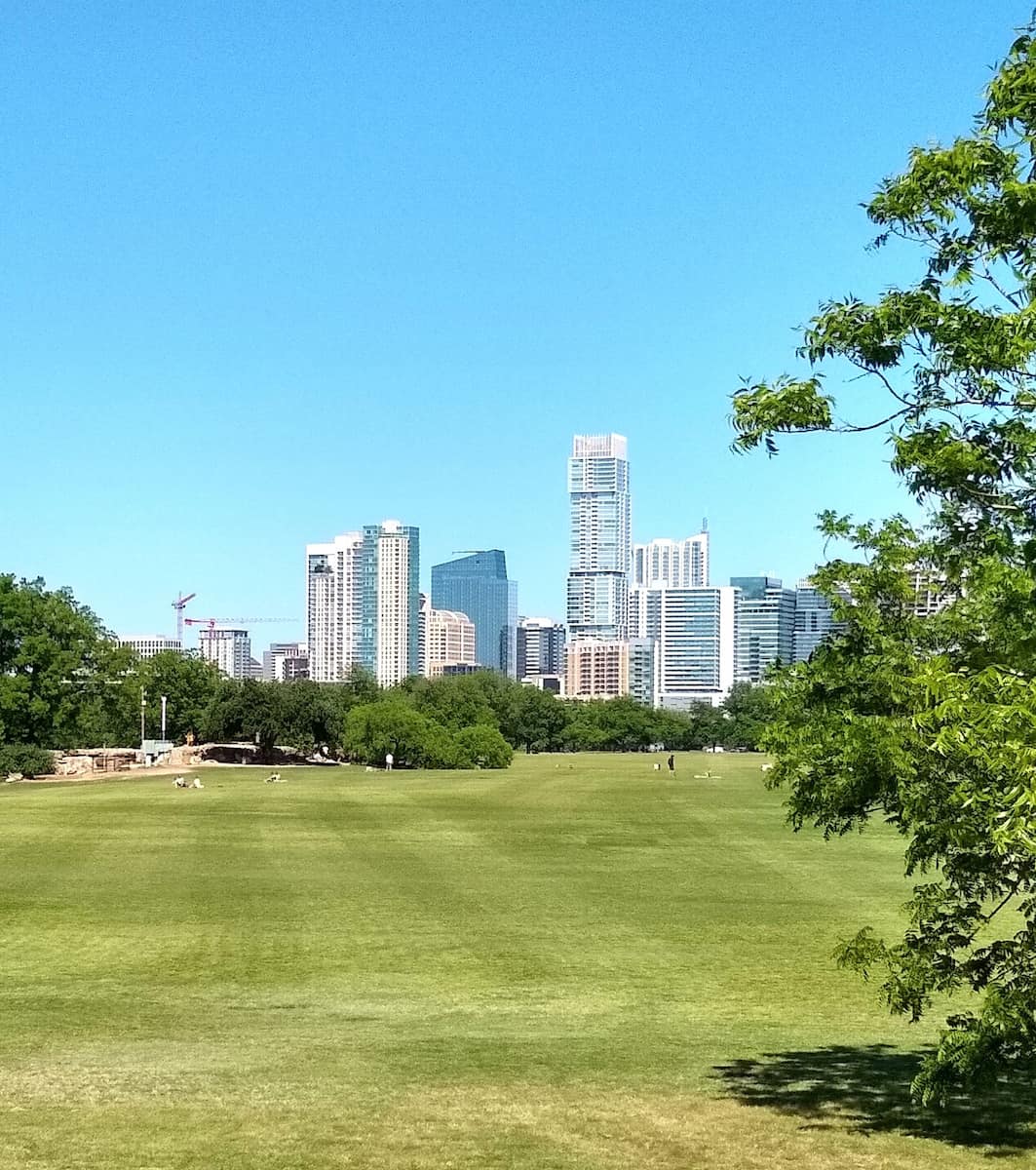
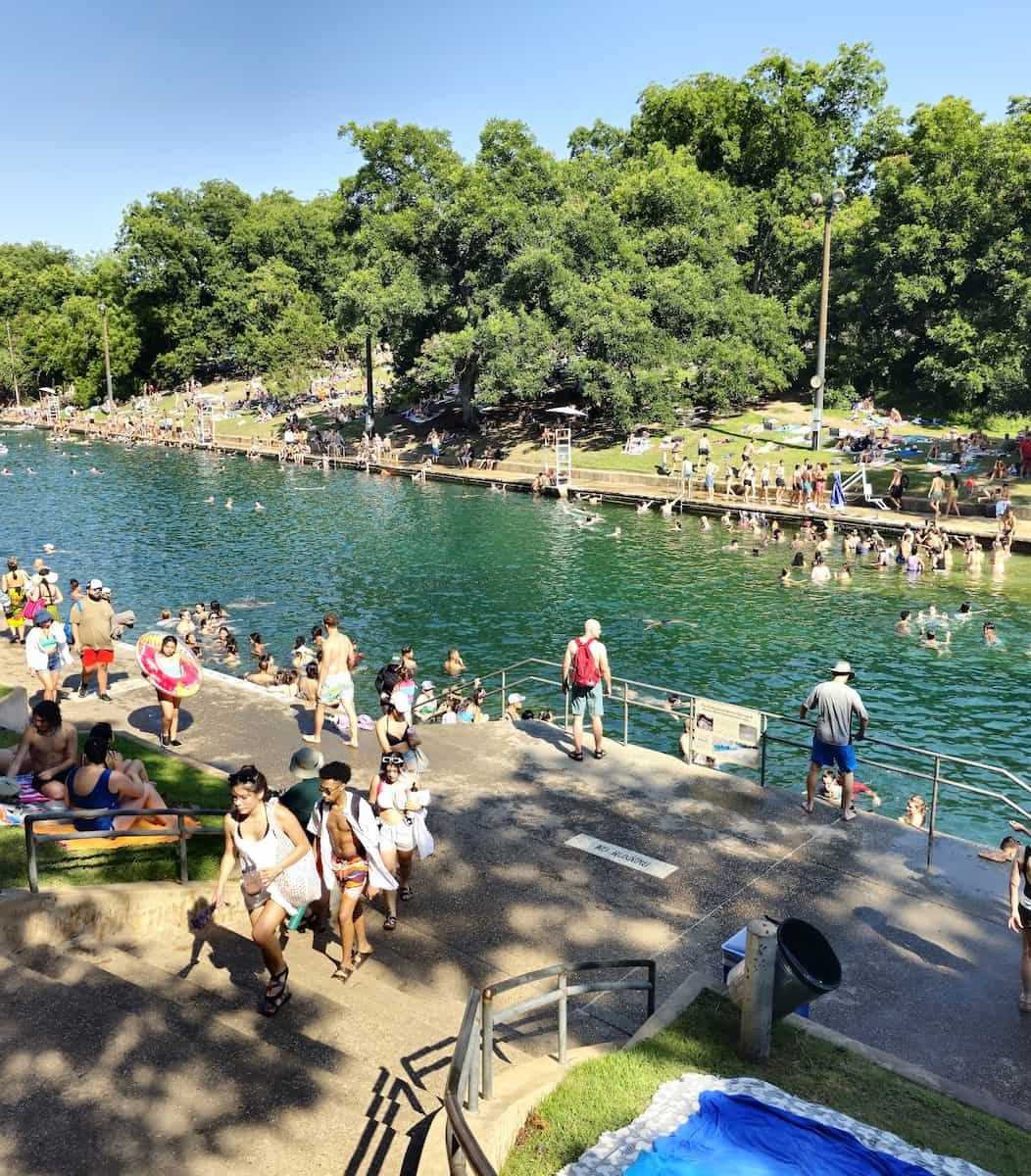
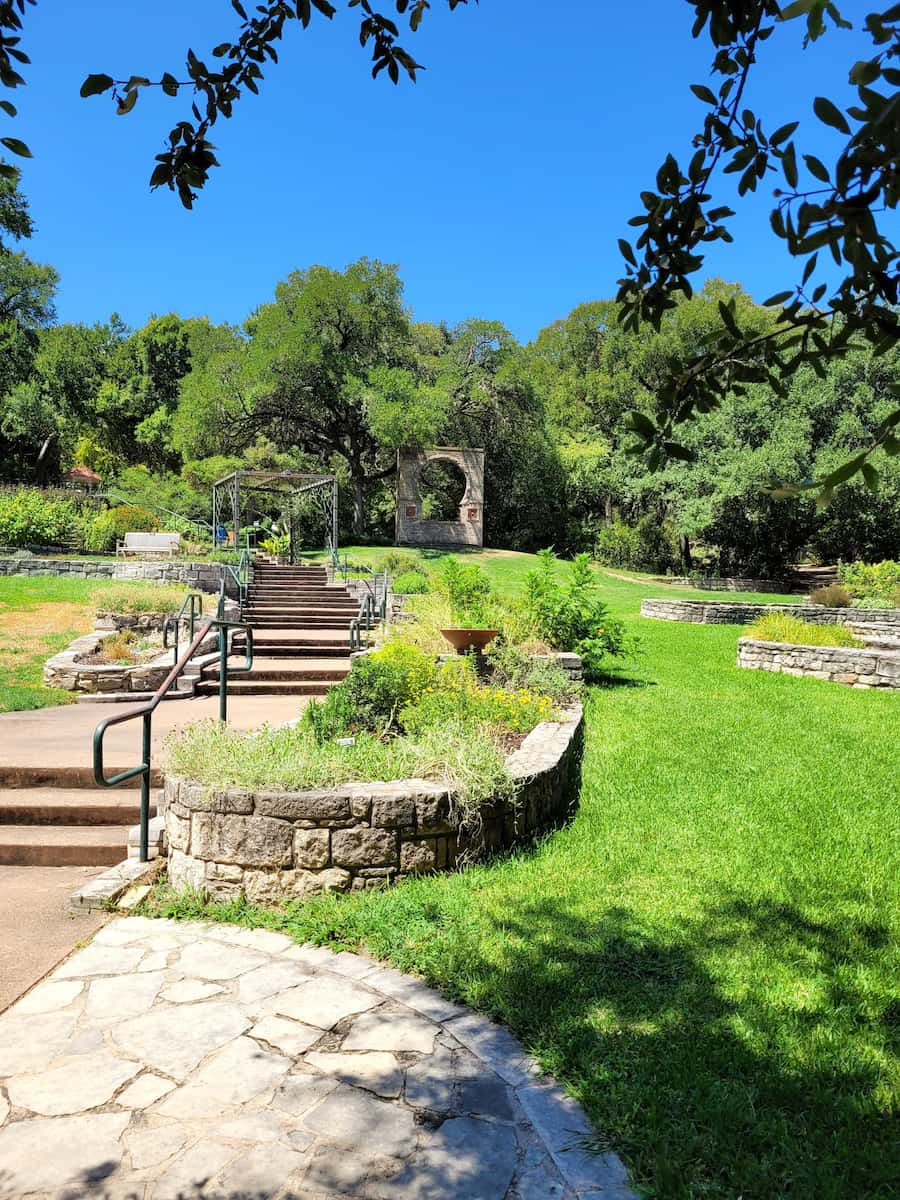

Activity zones. The park offers something for everyone, whether you’re looking to play volleyball, have a picnic, or simply people-watch.
| Area | Activities | Best For |
|---|---|---|
| Great Lawn | Frisbee, sunbathing | Groups, families |
| Volleyball Courts | Sand volleyball | Active visitors |
| Zilker Hillside | Kite flying, sledding (rare snow days) | Panoramic views |
| Botanical Garden | Plant viewing, photography | Nature lovers |
Sports central. I joined a pickup soccer game with locals on one of the many open fields, but you’ll also find people playing disc golf, cricket, and even quidditch on weekends. The park’s spacious layout means you’re never competing too much for space.
Accessibility perks. Free parking is available along Stratford Drive and Barton Springs Road, though it fills quickly on weekends. I recommend arriving before 10am or after 3pm to avoid the midday crowds and heat.
⭐ Best Activities
- Authentic Austin and Astounding Hill Country Tour – Discover Austin’s attractions and the beautiful Hill Country on this 2.5-hour tour with stops, led by a knowledgeable local guide in a comfortable Mercedes-Benz sprinter van equipped with sanitized headsets.
4. South Congress Avenue (shopping, dining)
Iconic street. I strolled down South Congress Avenue (locals call it “SoCo”), where Austin’s weird and wonderful spirit comes alive through eclectic boutiques, vintage shops, and bustling eateries. This vibrant strip offers some of the best people-watching in the city, with street performers often adding to the lively atmosphere.
Shopping highlights. From cowboy boots to quirky souvenirs, SoCo offers retail therapy for every taste and budget.
- Uncommon Objects: Vintage treasures and antiques
- Allen’s Boots: Authentic Texas cowboy boots
- Lucy in Disguise with Diamonds: Costume shop with vintage clothing
- Parts & Labour: Local artisan goods and Texas-themed gifts
Food scene. I waited 30 minutes for a table at Home Slice Pizza and can confirm it was worth every second for their New York-style slices. The avenue boasts everything from food trucks to upscale dining, with Jo’s Coffee (home of the famous “I Love You So Much” painting) offering the perfect pit stop.
Photo opportunities. The avenue provides a stunning view of the Texas State Capitol building to the north. I timed my visit for sunset and captured a gorgeous photo of the Capitol dome glowing against the pink sky – definitely Instagram-worthy!
⭐ Best Activities
- Austin Downtown Walking Food Tour – Sample Austin’s diverse culinary scene on this downtown walking tour, featuring mouthwatering barbecue brisket, delicious breakfast tacos, and other local specialties while learning about the city’s history and culture.
5. Rainey Street (bars, nightlife)
Historic transformation. I wandered down Rainey Street, where historic bungalows have been converted into some of Austin’s coolest bars and restaurants. This unique nightlife district offers a more laid-back alternative to the wild energy of 6th Street, with outdoor patios and food trucks creating a neighborhood block party vibe.
Bar hopping. Each converted house has its own personality, making a Rainey Street crawl feel like visiting a series of backyard parties rather than traditional bars.
| Venue | Known For | Typical Drink Price |
|---|---|---|
| Banger’s | Sausage house with 100+ beers on tap | $6-9 |
| Container Bar | Built from shipping containers | $8-12 |
| Lucille | Spacious patio with games | $7-10 |
| Craft Pride | Texas-only craft beers | $6-8 |
Food truck heaven. Between drinks, I grabbed amazing street tacos from one of the many food trucks lining the street. Most bars welcome outside food, creating the perfect pairing of craft cocktails and casual eats.
Timing tips. I discovered that Thursday through Saturday nights get extremely crowded after 9pm. For a more relaxed experience, I recommend visiting Sunday through Wednesday or during happy hour (typically 4-7pm), when you can actually find seating and enjoy conversations without shouting.
⭐ Best Activities
- The Real Austin Tour: 2-Hour City Tour – Get a comprehensive overview of Austin in just 2 hours on this “bucket list tour”.
6. Mount Bonnell (scenic views)
Panoramic vistas. I climbed the 102 steps to the summit of Mount Bonnell and was rewarded with breathtaking views of Lake Austin, the Hill Country, and the city skyline. At 775 feet above sea level, this limestone formation offers Austin’s most spectacular lookout point.

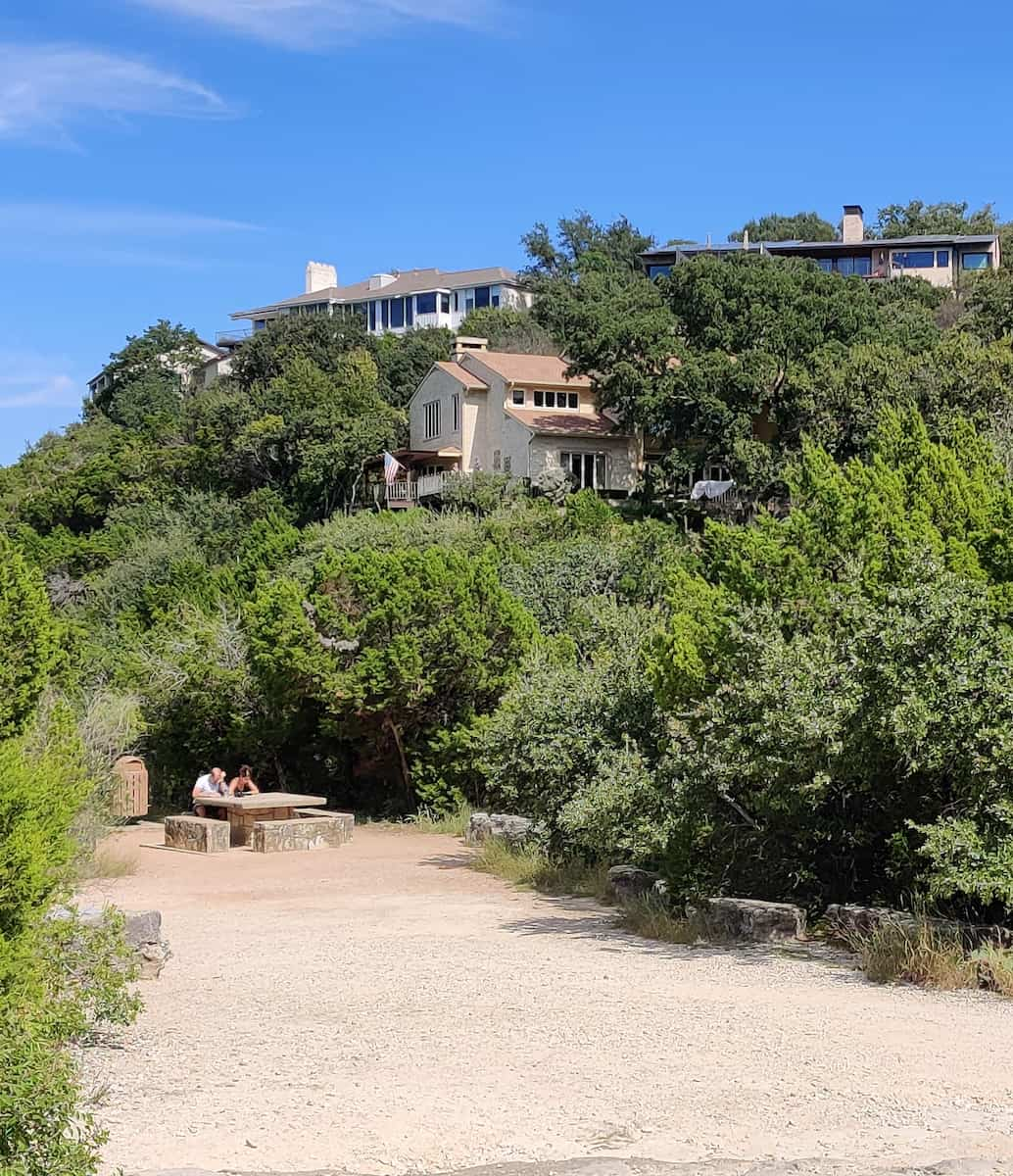
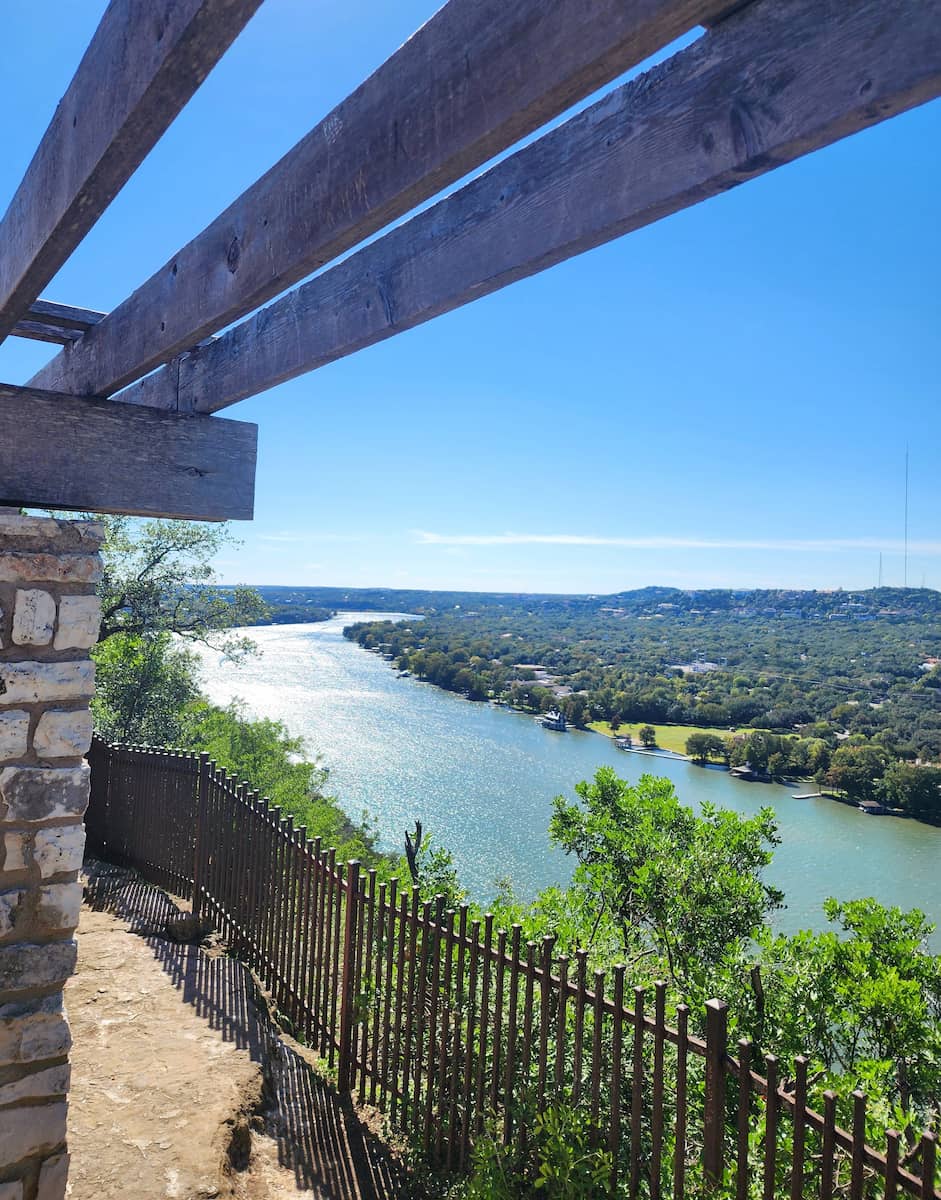
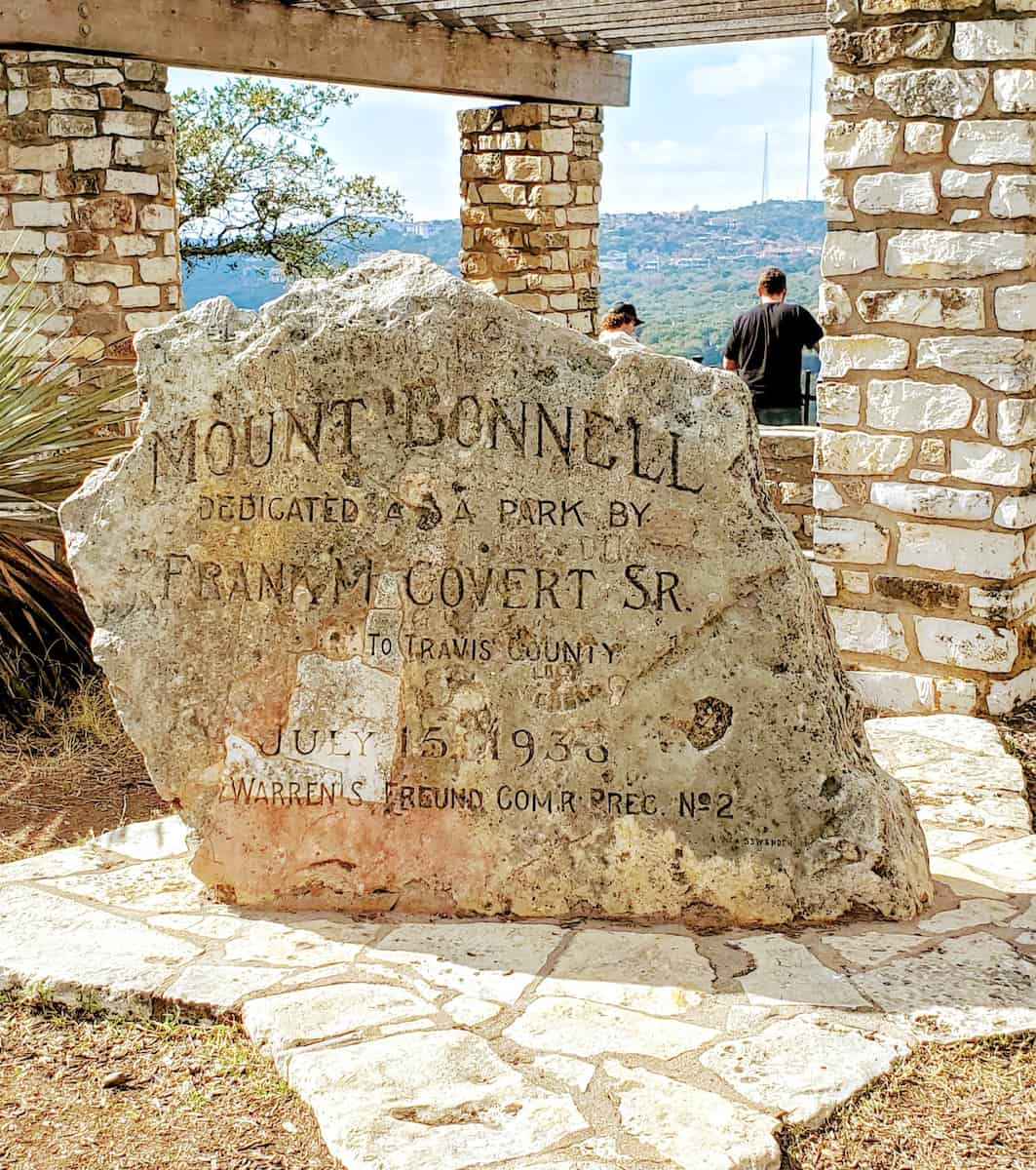
Visitor essentials. The viewpoint provides several amenities to enhance your visit:
- Historical markers explaining the site’s significance
- Multiple viewing platforms for different angles
- Free parking along Mount Bonnell Road
Sunset spectacle. I timed my visit for sunset and joined dozens of other visitors watching the sky transform into brilliant oranges and pinks over the Colorado River. Couples often bring wine and cheese for romantic evening picnics, making this a popular date spot.
Access details. The entrance is free and open daily from 5am to 10pm. I found that weekday mornings offer the most peaceful experience, while weekends bring crowds, especially during sunset hours.
7. Blanton Museum of Art
Cultural treasure. I spent a fascinating afternoon exploring the Blanton Museum of Art on the University of Texas campus, home to over 21,000 works spanning ancient to contemporary periods. The museum’s bright, spacious galleries provided a perfect respite from Austin’s summer heat.
Collection highlights. The museum’s diverse holdings impressed me with both breadth and quality.
- European paintings from the 14th-18th centuries
- Modern Latin American art (one of the finest collections in the US)
- Contemporary American works
- Ellsworth Kelly’s “Austin” chapel-like structure
Visitor experience. I was pleasantly surprised by the museum’s accessibility, with informative placards written in straightforward language rather than art-world jargon. The staff offered free 30-minute highlight tours that helped me appreciate pieces I might have otherwise overlooked.
Practical information. Admission costs $12 for adults, $10 for seniors, $5 for college students, and is free for children under 12. I recommend visiting on Thursdays when the museum stays open until 9pm, offering a less crowded experience and special programming.
8. Bullock Texas State History Museum
Texas tales. I immersed myself in the Lone Star State’s fascinating history at the Bullock Museum, where three floors of interactive exhibits chronicle Texas from prehistoric times through the present day. The museum’s storytelling approach made even complex historical events engaging and accessible.


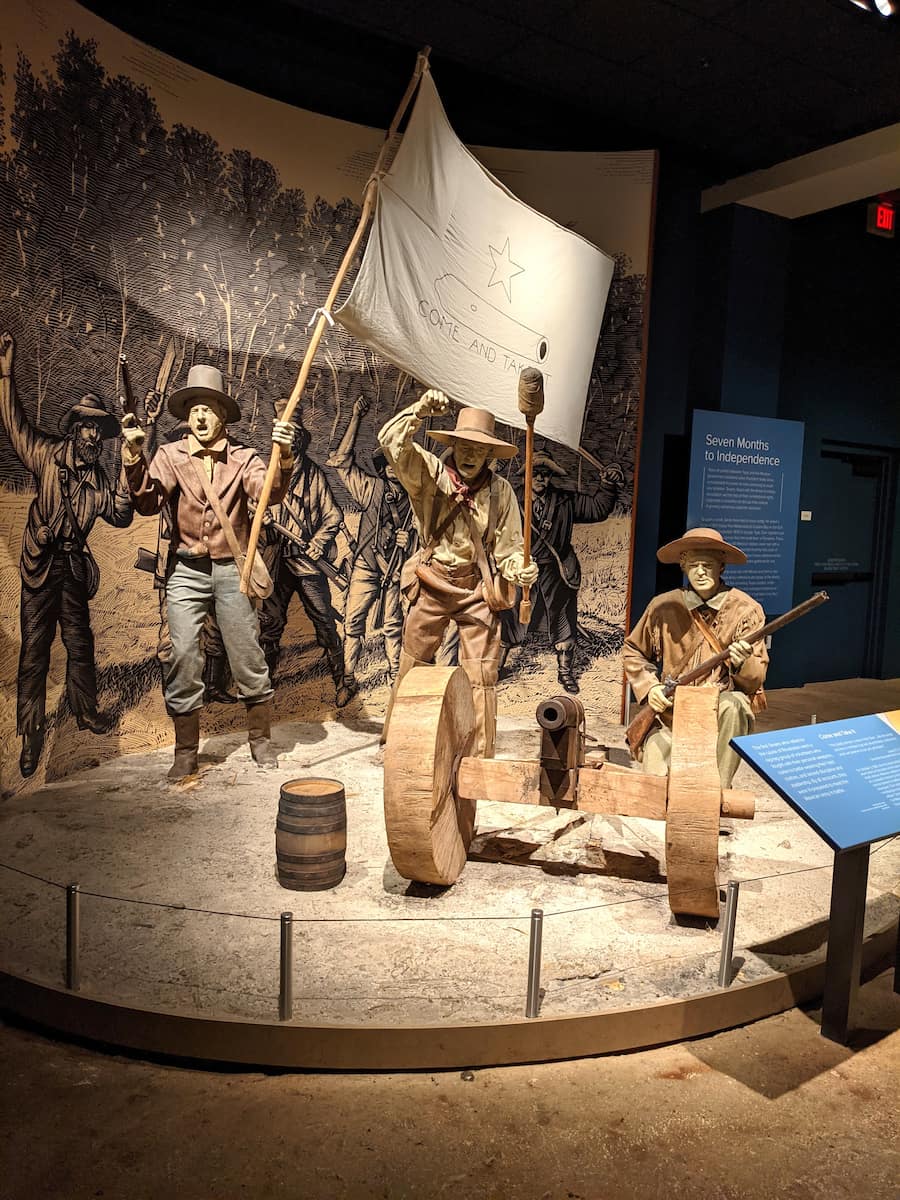
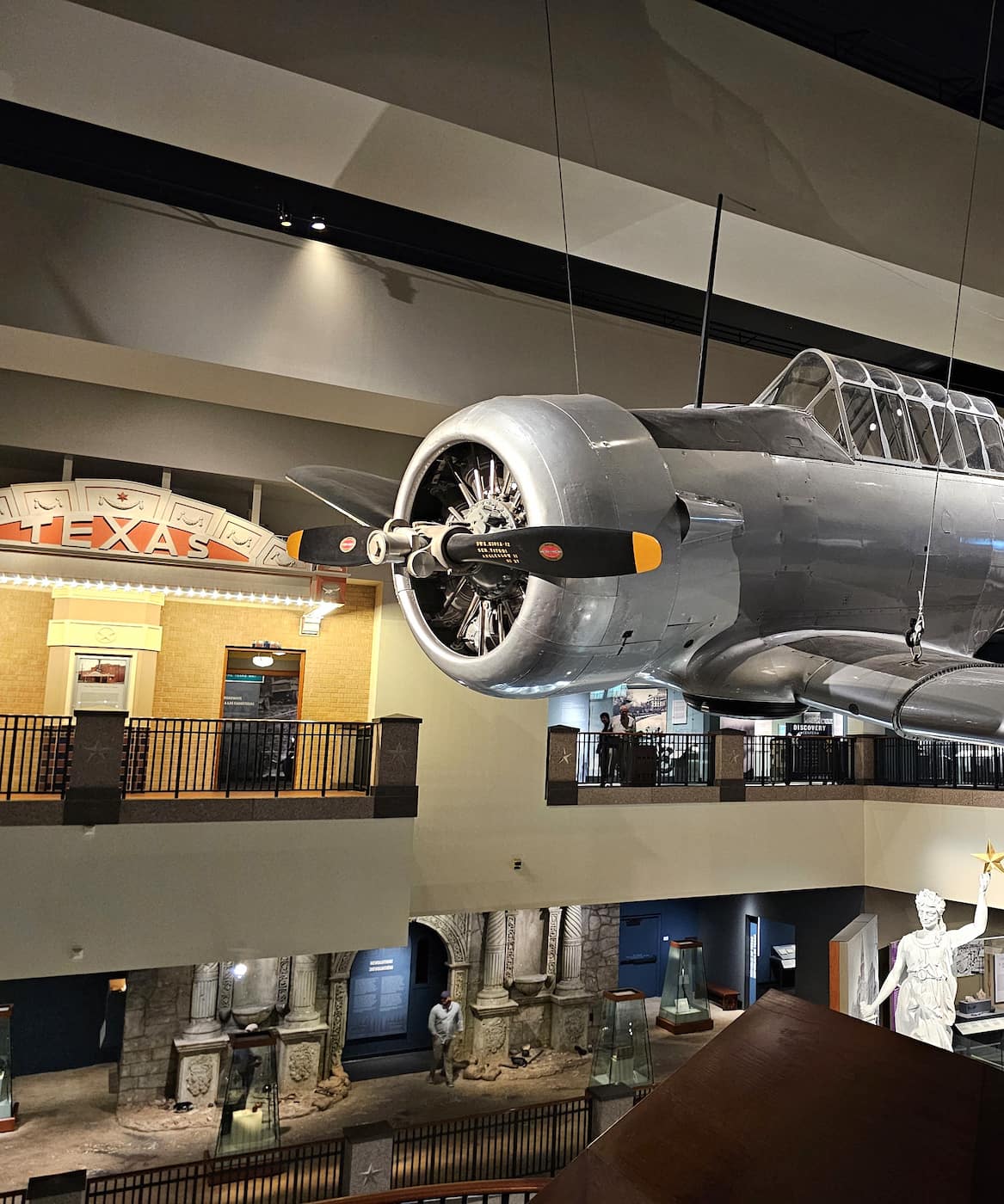
Must-see exhibits. The museum features both permanent collections and rotating special exhibitions.
| Floor | Focus | Highlight |
|---|---|---|
| First | Early Texas | La Belle shipwreck (authentic 1686 French vessel) |
| Second | Texas Revolution & Republic | Original artifacts from the Alamo |
| Third | Modern Texas | Oil boom and space program exhibits |
Immersive experiences. I caught a documentary in Texas’s largest IMAX theater (included with some ticket packages) and tried my hand at cattle driving in an interactive digital exhibit. The elements throughout the museum make history come alive for visitors of all ages.
Details. Admission costs $13 for adults, with discounts for seniors, military, and students. I found the museum cafe surprisingly good for a quick lunch, serving Texas-inspired dishes like brisket sandwiches and pecan pie.
9. LBJ Presidential Library
Presidential legacy. I explored the fascinating life and consequential presidency of Lyndon B. Johnson at his presidential library on the University of Texas campus. The modern building houses 45 million pages of historical documents alongside personal artifacts that humanize this complex Texas politician.
Interactive history. The museum balances serious historical content with engaging interactive elements.
- Presidential limousine (actual car used by LBJ)
- Oval Office replica (exact 7/8 scale reproduction)
- Touch-screen exhibits on civil rights legislation
- Humorous recordings of LBJ’s infamous phone calls
Civil rights focus. I was particularly moved by the extensive exhibits on Johnson’s pivotal role in passing landmark civil rights legislation. The museum doesn’t shy away from controversy, addressing both his domestic policy triumphs and the Vietnam War’s complicated legacy.
Information. Admission costs $10 for adults, with discounts for seniors, veterans, and students. Free parking is available in designated lots, making this one of the easier Austin attractions to access by car.
10. Austin Central Library
Architectural marvel. I spent hours exploring the stunning Austin Central Library, a six-story sustainable building that redefines what a public library can be. Opened in 2017, this $125 million facility features soaring spaces filled with natural light, rooftop gardens, and art pieces throughout.
Beyond books. The library offers much more than just reading materials:
| Floor | Special Features | Experience |
|---|---|---|
| 1st | Cookbook Bar & Café | Farm-to-table dining |
| 3rd | Technology Center | 3D printers & recording studios |
| 4th | Reading Porch | Outdoor reading with downtown views |
| 6th | Rooftop Garden | Panoramic city vistas |
Reading spaces. I found a perfect quiet nook overlooking Shoal Creek, but the library offers diverse environments for every preference – from silent study rooms to collaborative spaces with whiteboards and comfortable seating areas with lake views.
Tips. Entry is completely free, with public parking available in the library garage ($2/hour). I recommend visiting on weekday mornings when the building is less crowded, or attending one of their many free events like author talks and workshops.
⭐ Best Activities
- Austin Family Explorer: A Magical Urban Adventure – Embark on an enchanting family-friendly exploration of Austin’s vibrant cultural and historic sites, with interactive activities suitable for all ages at captivating locations throughout the city.
11. Wonderspaces Austin
Immersive art. I lost track of time wandering through Wonderspaces, an innovative permanent exhibition where art installations invite physical interaction rather than passive viewing. Located at the Domain, this 28,000-square-foot space showcases rotating works from artists around the world.
Interactive highlights. Each piece offers a different sensory experience, making this unlike any traditional art museum I’ve visited.
- Virtual reality journeys through fantastical landscapes
- Sound chambers that transform your voice
- Optical illusions that challenge perception
Social experience. I appreciated that photography is encouraged throughout the space, with helpful staff offering to take photos of visitors interacting with the pieces. The venue also features a bar serving craft cocktails that you can carry while exploring the exhibits.
Practical details. Tickets cost $24 for adults and $15 for children, with timed entry to prevent overcrowding. I recommend booking online in advance, especially for weekend visits when slots frequently sell out.
⭐ Best Activities
- Austin: Wonderspaces Interactive Art Exhibition Ticket – Immerse yourself in a unique interactive art experience at Wonderspaces Austin, featuring extraordinary installations from artists around the world that invite visitor participation and engagement.
12. Esther’s Follies (comedy & magic)
Legendary laughter. I scored tickets to Esther’s Follies, Austin’s beloved comedy institution that has been entertaining crowds on 6th Street since 1977. The 90-minute show combines political satire, musical numbers, and mind-blowing magic tricks into a uniquely Austin experience.
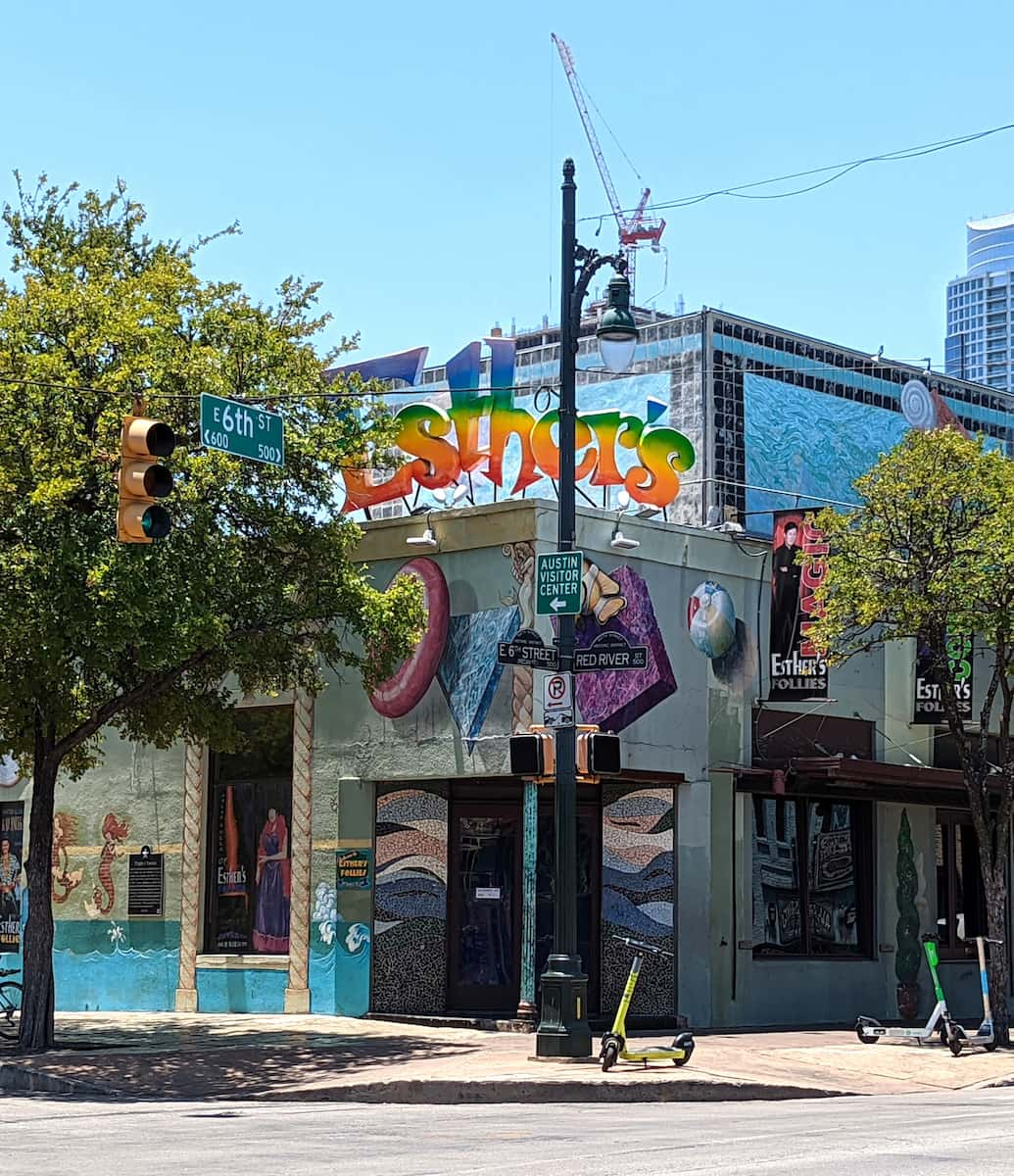

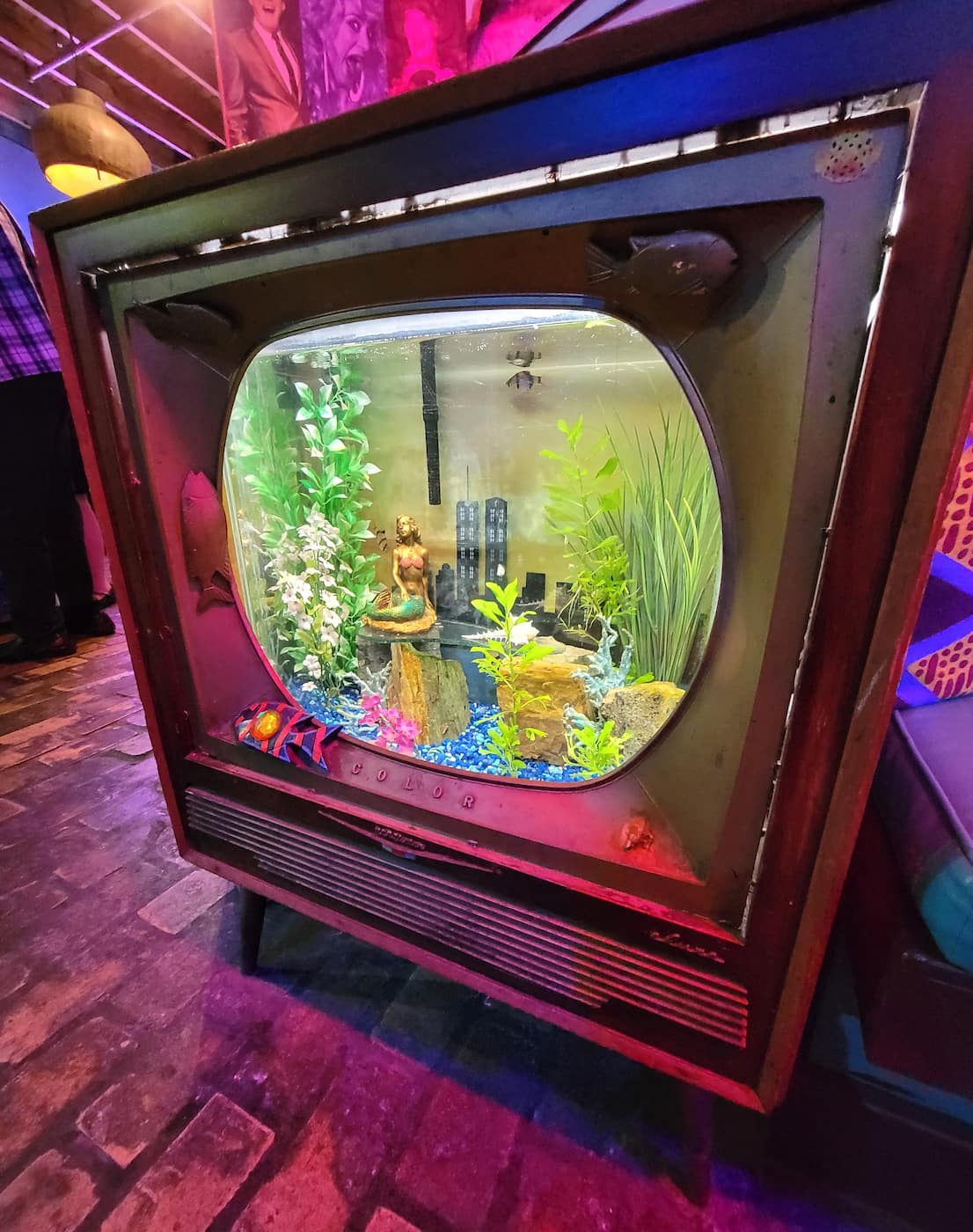
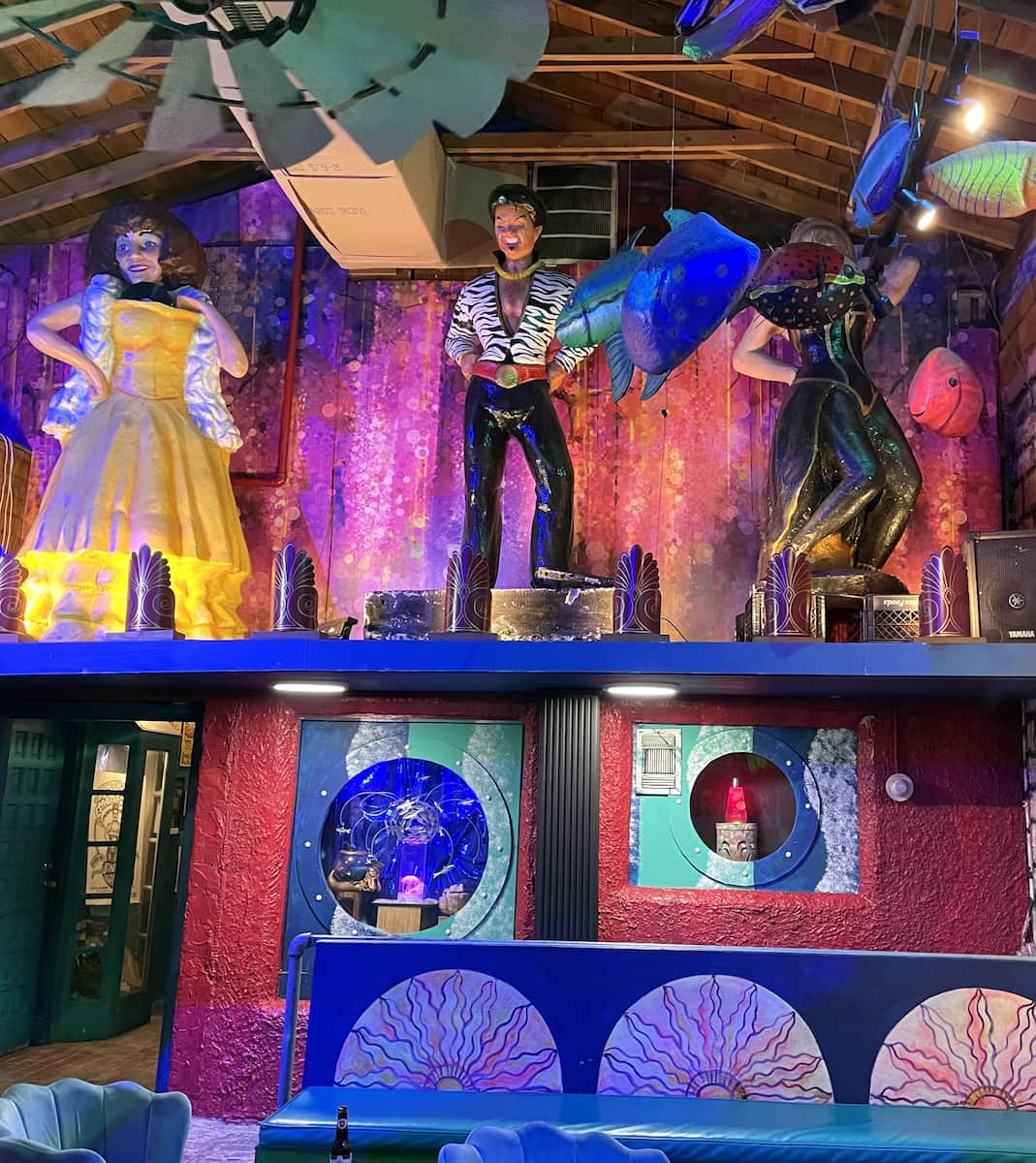
Show elements. The performance keeps a rapid pace with diverse entertainment forms:
- Political sketches lampooning both parties
- Parody songs with impressive vocal performances
- Ray Anderson’s spectacular illusions and magic
- Audience participation segments
Venue charm. I loved how the theater’s large windows incorporate the street scene into performances, with pedestrians on 6th Street occasionally becoming unwitting parts of the show. The intimate 200-seat venue ensures there’s not a bad seat in the house.
Ticket information. Shows run Thursday through Saturday with tickets ranging from $25-40 depending on seating and performance time. I recommend the later Saturday shows when both performers and audience are at their most energetic.
13. The Continental Club (live music)
Music landmark. I pushed through the red door of The Continental Club on South Congress and stepped into Austin’s musical heart. Operating since 1955, this intimate venue has hosted legends from Stevie Ray Vaughan to Robert Plant and remains the perfect place to experience why Austin calls itself the Live Music Capital of the World.
Performance calendar. The club features diverse musical styles throughout the week.
| Day | Typical Programming | Cover Charge |
|---|---|---|
| Monday | Blues night | $8-10 |
| Tuesday | Toni Price’s hippie hour | $8 |
| Wednesday-Thursday | Rock and roots music | $10-15 |
| Friday-Saturday | Headlining acts | $15-25 |
| Sunday | Gospel brunch (morning), rock (evening) | $10-15 |
Authentic atmosphere. I loved the no-frills vintage interior with its red walls, neon signs, and photos of musical legends. The venue’s small size (capacity around 200) means you’re always close to the performers, creating an electric connection between artists and audience.
Insider tips. I learned to arrive at least 30 minutes before showtime to secure a good spot, as seating is limited and first-come, first-served. The upstairs Gallery bar offers a slightly more relaxed alternative when the main room gets packed.
14. The Domain Austin (shopping & entertainment)
Upscale destination. I spent a day exploring The Domain, Austin’s premier outdoor shopping center that feels like a small city with its mix of luxury retailers, dining options, and entertainment venues. This 303-acre development offers a more polished experience than Austin’s quirky downtown scene.
Shopping variety. The complex features over 100 stores ranging from high-end to accessible brands.
- Luxury boutiques: Louis Vuitton, Tiffany & Co.
- Department stores: Neiman Marcus, Nordstrom
- Popular chains: Apple, Anthropologie, Sephora
- Local Austin retailers: Kendra Scott, Eliza Page
Dining scene. I enjoyed a fantastic dinner at North Italia, but the options seem endless, from quick casual spots to fine dining establishments. Many restaurants offer happy hour specials, with Culinary Dropout providing both great food and lawn games for entertainment.
Evening activities. After shopping, I caught a movie at the iPic Theater where plush recliners and in-seat food service elevated the cinema experience. The Domain comes alive at night with several bars and venues like Rose Room offering cocktails and dancing.
15. Alamo Drafthouse (cinema experience)
Movie revolution. I experienced film-watching nirvana at Alamo Drafthouse, the Austin-born cinema chain that transformed the movie-going experience with its strict no-talking policy, full food and drink service, and creative programming. The original South Lamar location remains my favorite of their several Austin venues.
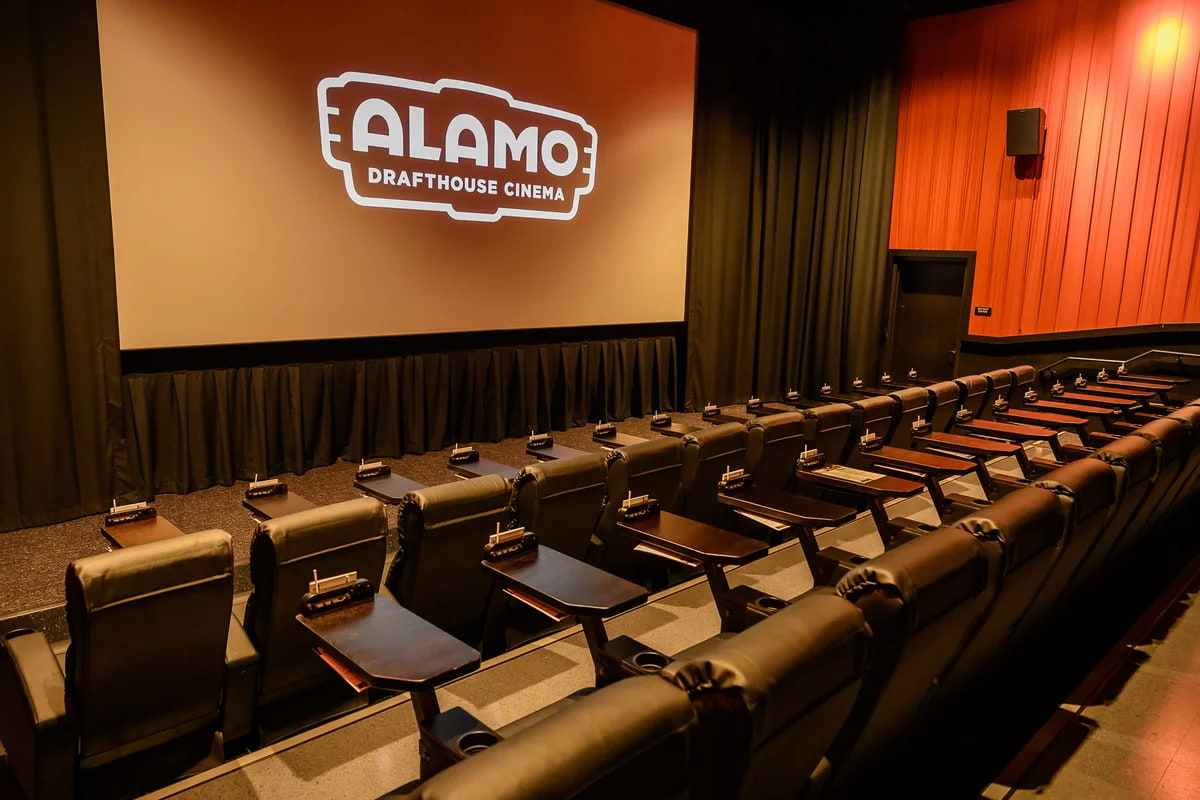
Unique screenings. Beyond first-run films, Alamo offers special events that elevate cinema to a communal experience:
- Quote-alongs for cult classics
- Themed food pairings with relevant films
- Silent film screenings with live musical accompaniment
- Director Q&As and film festival selections
Food and drink. I ordered the truffle parmesan popcorn and a local craft beer delivered directly to my seat without disrupting the film. The extensive menu features everything from gourmet pizzas to vegan options, plus creative cocktails themed to current releases.
Booking advice. Tickets range from $11-15 depending on the showing, with reserved seating available online. I recommend arriving 30 minutes early to enjoy the custom pre-show content created specifically for each film instead of typical advertisements.
16. Austin Duck Adventures (land & water tour)
Amphibious exploration. I climbed aboard a converted WWII amphibious vehicle for Austin Duck Adventures’ 75-minute tour that travels on both land and water. The bright yellow “duck boat” provided a unique perspective of downtown before dramatically splashing into Lake Austin for the aquatic portion of the journey.
Tour highlights. The route showcases Austin’s diverse attractions:
| Location | Experience | Duration |
|---|---|---|
| Downtown | Historic buildings, State Capitol | 30 minutes |
| Lake Austin | Waterfront mansions, wildlife | 25 minutes |
| Warehouse District | Entertainment areas, architecture | 20 minutes |
Guide entertainment. My tour guide mixed Austin history with corny jokes and encouraged passengers to quack at pedestrians (surprisingly fun). The guides are all licensed boat captains in addition to being knowledgeable about Austin’s landmarks and legends.
Practical details. Tours cost $36 for adults and $18 for children, departing from the Austin Visitor Center on 4th Street. I recommend booking morning tours when temperatures are cooler and downtown traffic is lighter.
17. Magic’s Theater (magic shows)
Hidden gem. I ventured 20 minutes outside downtown to Magic’s Theater, a purpose-built venue dedicated entirely to the art of illusion. This intimate 100-seat theater hosts professional magicians performing close-up tricks and grand illusions that left me genuinely baffled.
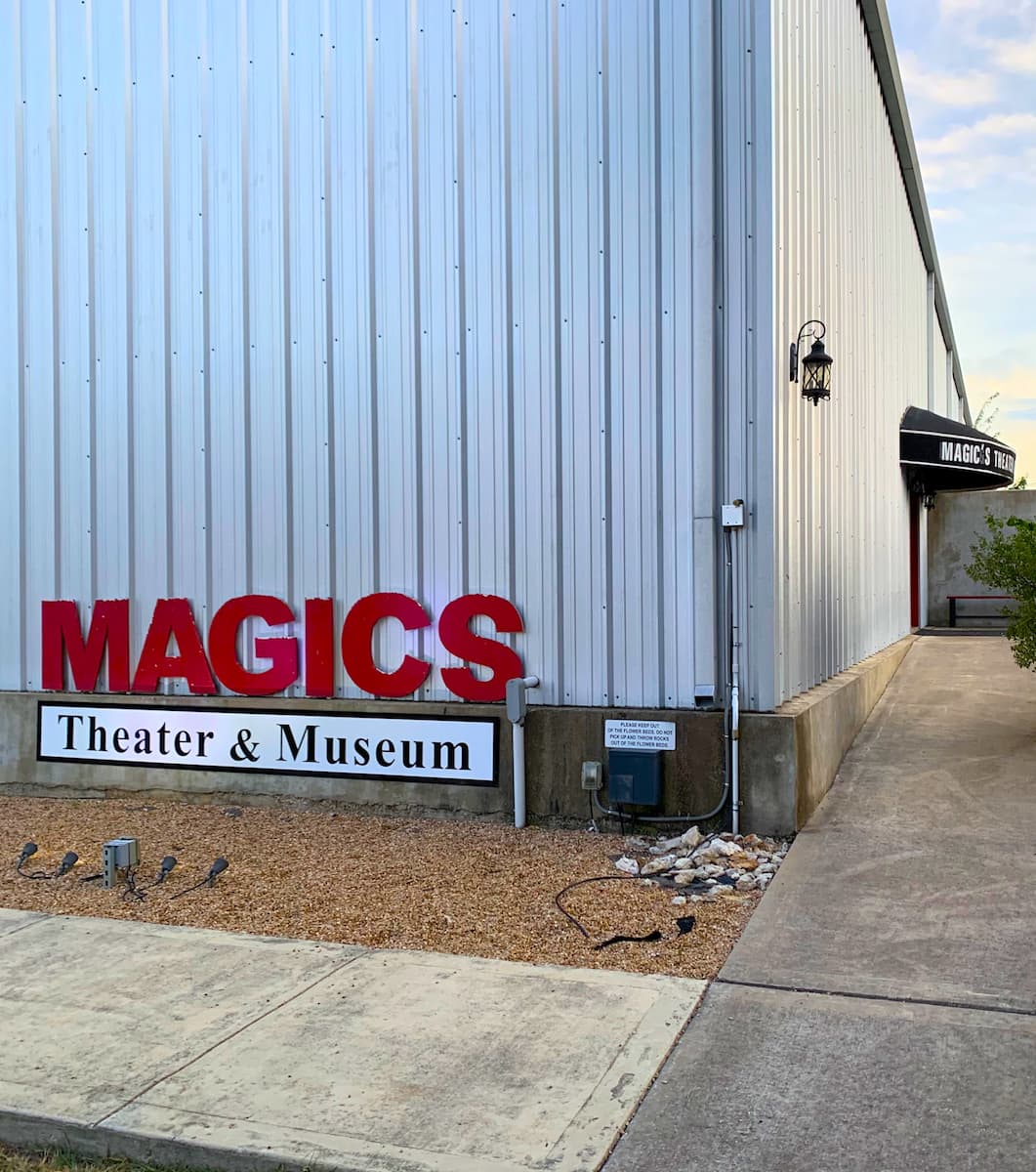
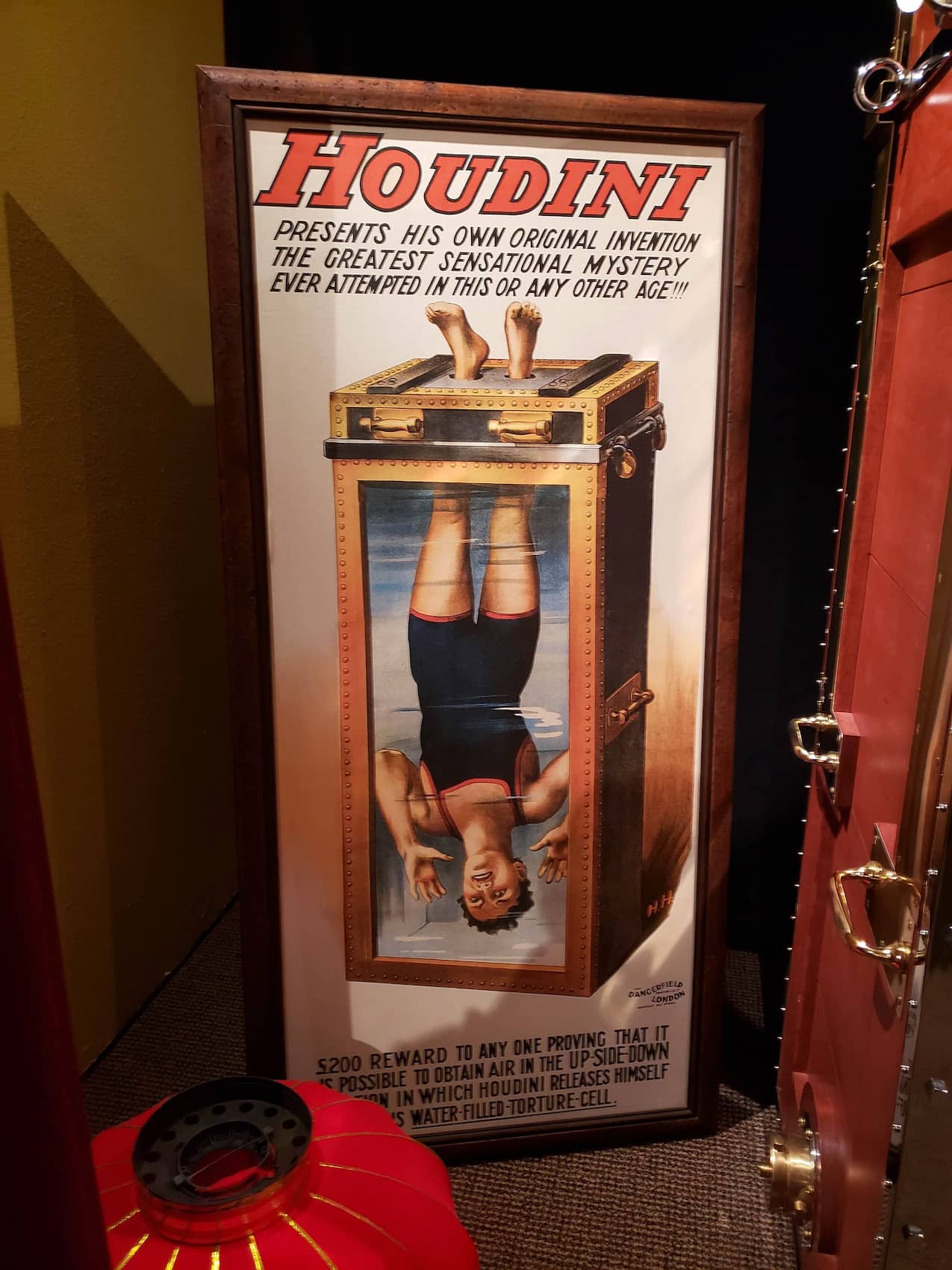
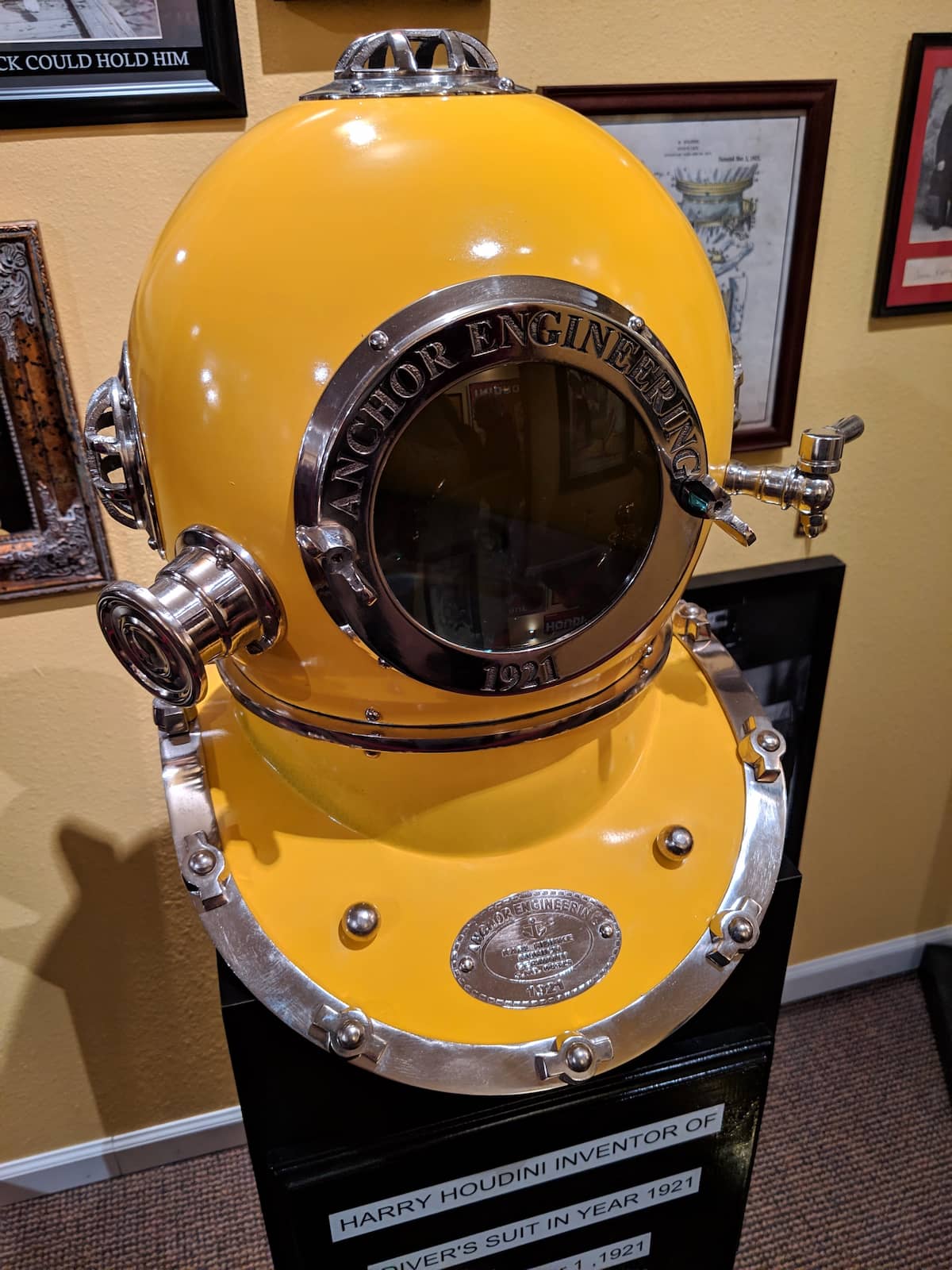
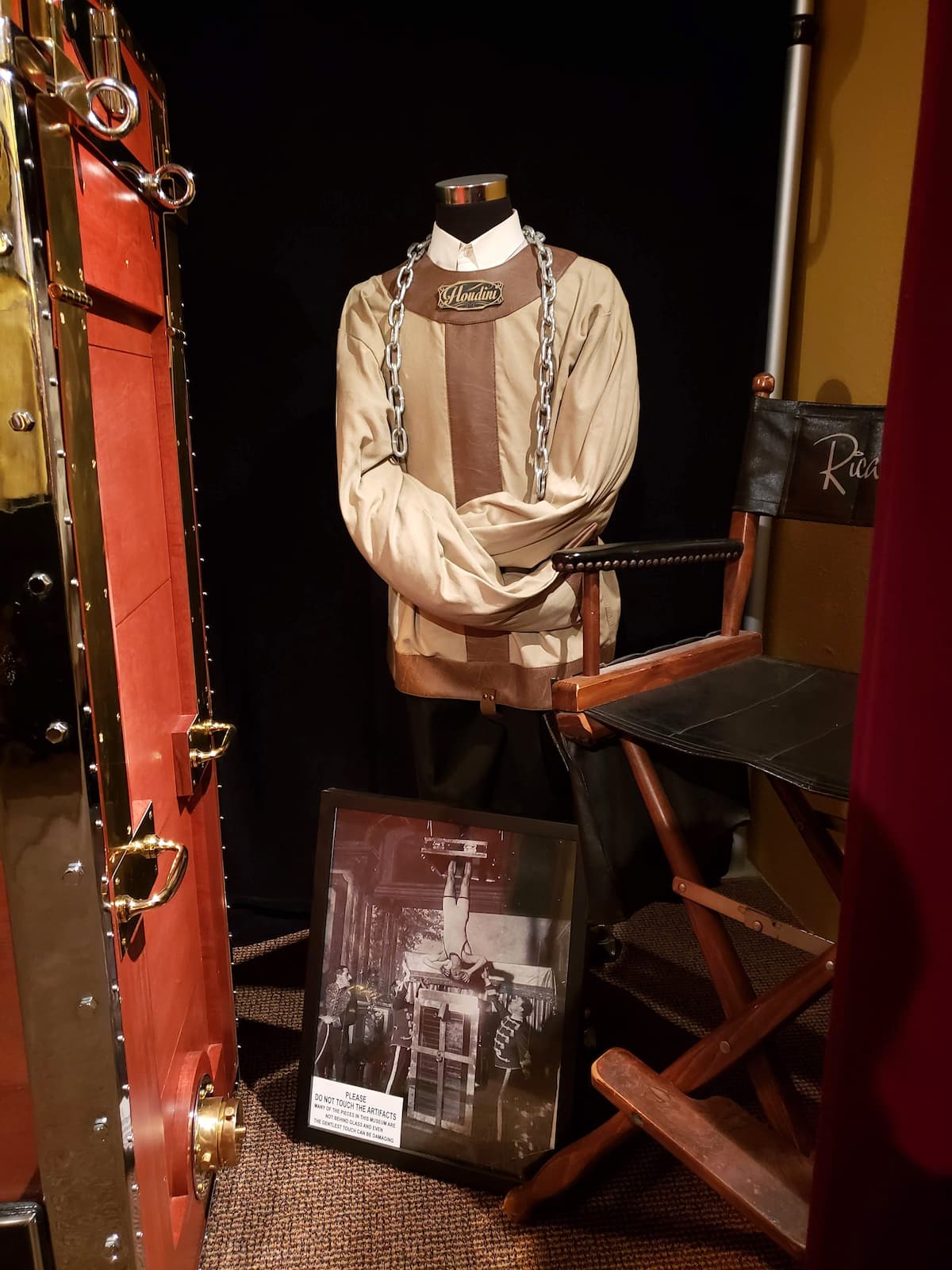
Show experience. The performances combine several magical styles:
- Sleight-of-hand card manipulation
- Mind-reading and mentalism
- Grand stage illusions
- Comedy magic routines
Venue features. I arrived early to explore the attached Magic Emporium, a fascinating museum of magical artifacts and memorabilia. The theater itself has excellent sightlines from every seat, crucial for appreciating the subtle details of many tricks.
Information. Shows run Friday and Saturday evenings with tickets priced at $20-40 depending on seating. The theater maintains a family-friendly atmosphere while presenting sophisticated illusions that appeal to adults and children alike.
18. Hamilton Pool Preserve (nature, swimming)
Natural wonder. I hiked the quarter-mile trail to Hamilton Pool and gasped at the sight of this collapsed grotto with its 50-foot waterfall cascading into a jade-green natural pool. Created thousands of years ago when an underground river dome collapsed, this limestone formation creates one of Texas’ most spectacular swimming holes.
Reservation system. Due to its popularity, advance planning is essential:
- Reservations required May through September
- Morning or afternoon time slots available
- $12 per vehicle entrance fee
- $8 per person fee (cash only)
Swimming conditions. I checked the Travis County Parks website before visiting, as swimming is occasionally prohibited due to high bacteria levels after heavy rainfall. When swimming is allowed, the cool water provides perfect relief from summer temperatures that regularly exceed 100°F.
19. Sam’s Town Point (local music)
Authentic honky-tonk. I discovered Sam’s Town Point, a true Austin original hidden in a residential South Austin neighborhood. This family-owned dive bar has been serving cold beer and live country music since the 1980s, offering a glimpse of old Austin before the tech boom transformed the city.
Musical atmosphere. The venue hosts diverse performances throughout the week:
- Monday: Blues jam sessions
- Tuesday: Traditional country
- Wednesday: Singer-songwriter showcase
- Thursday-Saturday: Dancing to country and roots bands
- Sunday: Family-friendly afternoon shows
No-frills charm. I loved the unpretentious vibe with its mismatched furniture, Christmas lights strung year-round, and spacious outdoor area with picnic tables. The crowd spans all ages and backgrounds, from cowboys in Stetsons to hipsters in vintage western wear.
Visitor details. Cover charges range from free to $10 depending on the act. The bar operates on cash only, with an ATM on site. I recommend ordering their signature Lone Star beer and bringing cash for the tip jar that circulates during performances.
20. Austin Moonlight Towers (historic sites)
Victorian illumination. I embarked on a self-guided tour of Austin’s Moonlight Towers, 17 historic light structures that once illuminated the entire city with their carbon-arc lamps. Dating from the 1890s, these 165-foot towers are the only surviving examples of this early urban lighting system in the world.
Tower locations. The remaining towers are scattered throughout central Austin neighborhoods:
| Neighborhood | Notable Towers | Best Viewing Time |
|---|---|---|
| Hyde Park | 41st & Speedway | Evening |
| West Campus | 12th & Rio Grande | Afternoon |
| Zilker | Zilker Park (decorated for Christmas) | December evenings |
| Downtown | 4th & Nueces | Night |
Historical significance. I learned that the towers were originally purchased from Detroit and installed in response to a series of murders by the “Servant Girl Annihilator” in the 1880s. They’re now listed on the National Register of Historic Places and remain operational.
Photography tips. I found the towers most photogenic at dusk when their lights first come on against the darkening sky. The Zilker Park tower transforms into the Zilker Holiday Tree during December, when it’s decorated with colored lights that create a stunning spiral pattern when viewed from below.
⭐ Best Activities
- Famous Ghost and Segway Tour – Glide through Austin on a Segway while discovering the city’s spooky history and witnessing the spectacular emergence of 1.5 million bats from under the Congress Avenue Bridge at sunset.
21. Unchartered Adventures (unique experiences)
Beyond ordinary. I signed up for Unchartered Adventures’ “Secret Austin” tour and discovered hidden spots I would never have found on my own. This locally-owned company specializes in unconventional experiences that reveal Austin’s quirky character and lesser-known attractions.

Tour options. Their diverse offerings cater to different interests:
- Urban art expeditions to hidden murals
- Food adventures focusing on hole-in-the-wall eateries
- Custom experiences tailored to specific interests
Personal touch. I appreciated how my guide shared personal stories and connections to each location, creating a more authentic experience than mass-market tours. The small group size (maximum 8 people) allowed for a conversational atmosphere and flexibility in the itinerary.
Booking details. Tours start at $45 per person for two-hour experiences, with private options available for $75-95 per person. I booked through their website and received detailed meeting instructions and preparation tips via email.
Things to Do in Austin with Kids
1. Austin Nature & Science Center
Top discovery. I watched kids’ faces light up with wonder at the Austin Nature & Science Center, where interactive exhibits encourage exploration of Texas wildlife and natural sciences. Located in Zilker Park, this free educational center combines indoor exhibits with outdoor wildlife habitats.
Exploration zones. The center offers diverse areas for different interests:
- Dino Pit (fossil dig area with life-size dinosaur replicas)
- Wildlife exhibits (rescued animals native to Texas)
- Naturalist Workshop (touchable specimens and microscopes)
- Forest Trail (short nature walk with identification guides)
Animal encounters. I spent time observing the center’s collection of non-releasable wildlife, including hawks, owls, bobcats, and snakes. The knowledgeable staff regularly conducts informal talks about the animals’ habits and conservation status.
Visitor tips. While admission is free, I recommend bringing a few dollars to purchase food for the fish and ducks in the pond area. Morning visits (before 11am) offer cooler temperatures and more active wildlife, especially during summer months.
2. Thinkery (children’s museum)
Creative playground. I accompanied my friend’s children to the Thinkery and was impressed by this 40,000-square-foot space where science, technology, and art merge into captivating hands-on experiences. Located in the Mueller development, this modern children’s museum encourages learning through play.
Interactive exhibits. Each area focuses on different STEAM concepts:
| Gallery | Focus | Popular Activities |
|---|---|---|
| Currents | Water science | Water table, flow experiments |
| Spark Shop | Engineering | Building challenges, tool use |
| Light Lab | Optics & color | Shadow wall, light painting |
| Let’s Grow | Agriculture | Chicken coop, garden activities |
Sensory considerations. I appreciated the museum’s “break spaces” for overwhelmed children and their clearly marked areas indicating noise levels. The staff thoughtfully provides sensory-friendly tools like headphones for children with sensitivity issues.
Planning details. Admission costs $14 for adults and children over 2. I recommend visiting on “Community Night” (Wednesdays from 4-8pm) when admission is by donation, though these sessions tend to be crowded.
3. Austin Zoo
Rescue mission. I visited the Austin Zoo, a non-profit sanctuary housing over 300 animals, most rescued from neglect, abuse, or retirement from research facilities. This 15-acre facility in southwest Austin offers an intimate, education-focused alternative to traditional zoos.
Animal residents. The zoo features a surprising variety of species:
- Big cats (lions, tigers, cougars)
- Primates (monkeys, lemurs)
- Native Texas wildlife
- Exotic birds and reptiles
- Domestic farm animals
Kid-friendly features. I joined families on the small train that circles the property, providing a good overview before exploring on foot. The petting zoo area allows children to interact with friendly goats and sheep under staff supervision.
Visitor essentials. Tickets cost $12.50 for adults and $8.50 for children (2-12), with the zoo open daily from 9:30am-6pm. I found the facilities rustic but well-maintained, with shaded picnic areas available for bringing your own lunch.
⭐ Best Activities
- Austin Aquarium and Austin Zoo Tickets – Explore Austin’s fascinating marine life and wildlife with these combination tickets to the Austin Aquarium and Zoo, perfect for a family-friendly day of animal encounters and educational experiences.
4. Austin Aquarium
Underwater adventures. I explored the Austin Aquarium, an interactive facility in northwest Austin where touching and feeding many of the animals is encouraged. While smaller than major city aquariums, its hands-on approach makes it particularly engaging for children.

Interactive experiences. The aquarium emphasizes participation over passive viewing:
- Touch tanks with stingrays and starfish
- Bird feeding in the aviary (lorikeets and parakeets)
- Reptile handling sessions
- Mermaid performances (weekend schedule)
Diverse habitats. I was surprised by the variety of ecosystems represented, from tropical rainforest exhibits with sloths and toucans to marine environments featuring sharks and colorful reef fish. The ring-tailed lemurs were an unexpected highlight, active and entertaining.
Planning advice. General admission costs $17.95 for adults and $12.95 for children (2-11), but I recommend checking their website for frequent discounts. Purchasing animal feeding tokens ($3 each) significantly enhances the experience, especially for the stingray and lorikeet encounters.
⭐ Best Activities
- Austin Aquarium and Ice Cream Museum Entry Tickets – Combine underwater adventure with sweet treats by visiting both the Austin Aquarium and the Instagram-worthy Ice Cream Museum, offering interactive exhibits and unique photo opportunities.
5. Volente Beach Resort & Waterpark
Lakeside splashing. I spent a refreshing day at Volente Beach Resort, a family-friendly waterpark on the shores of Lake Travis about 30 minutes from central Austin. This medium-sized park offers water attractions without the overwhelming crowds of larger waterparks.
Water attractions. The park features activities for various ages:
| Attraction | Description | Best For |
|---|---|---|
| Lazy Lagoon | Gentle river float | All ages |
| The Sidewinder | Four-story water slide | Older kids & adults |
| Pirates Cove | Interactive water playground | Young children |
| Blue Lagoon | Swimming area with diving board | Families |
Lakefront bonus. I appreciated that the park includes a private beach area on Lake Travis where kids can build sandcastles and wade in the natural lake water. The floating water mat and volleyball courts provided entertainment between water slides.
Visitor information. Daily admission runs $19.99-29.99 depending on the season, with discounts available after 3pm. I recommend bringing water shoes for the lake area and arriving early to secure lounge chairs, as shade is limited during peak hours.
6. Austin Toy Museum
Nostalgic collection. I took a delightful trip down memory lane at the Austin Toy Museum, a compact but densely packed collection of vintage toys spanning the 1940s through the 1990s. Located downtown, this passion project showcases over 20,000 toys, action figures, and arcade games.
Exhibit highlights. The museum organizes displays by era and type:
- 1960s-70s action figures (G.I. Joe, Star Wars)
- 1980s toy lines (He-Man, Transformers, My Little Pony)
- Vintage Barbie collection showing evolution
- Classic board games and puzzles
- Working arcade games and pinball machines
Interactive elements. I enjoyed the hands-on areas where visitors can play with selected toys and test their skills on restored arcade games. The museum strikes a nice balance between protected displays and interactive experiences.
Visitor details. Admission costs $9 for adults and $6 for children, with family passes available for $25. The museum is relatively small, making it a perfect 1-2 hour activity that appeals to both parents (for nostalgia) and children (for discovery).
Free Things to Do in Austin
1. Bat Watching at Congress Avenue Bridge
Natural phenomenon. I joined hundreds of spectators along the shores of Lady Bird Lake to witness one of Austin’s most famous natural events – the emergence of 1.5 million Mexican free-tailed bats from under the Congress Avenue Bridge. This spectacular display occurs nightly from March through November.
Viewing options. Several vantage points offer different perspectives:
- Bridge sidewalk (direct overhead view)
- Grassy hill below bridge (most popular spot)
- Lady Bird Lake (bat-watching boats)
Timing tips. I arrived about 30 minutes before sunset to claim a good viewing spot, though the bats typically emerge 15-30 minutes after sunset. The colony is largest in August and September before migration, when the emergence can last over 30 minutes.
Photography challenges. I found capturing the bats challenging in low light, so I simply enjoyed the experience rather than focusing on photos. Bringing binoculars enhanced my view of the swirling bat columns as they headed east toward farmlands to feed.
2. Hiking Barton Creek Greenbelt
Urban wilderness. I spent a rejuvenating morning hiking the Barton Creek Greenbelt, a 12-mile stretch of trails following Barton Creek through the heart of the city. This 809-acre natural area offers a surprising escape from city life with its limestone cliffs, dense forests, and crystal-clear swimming holes.
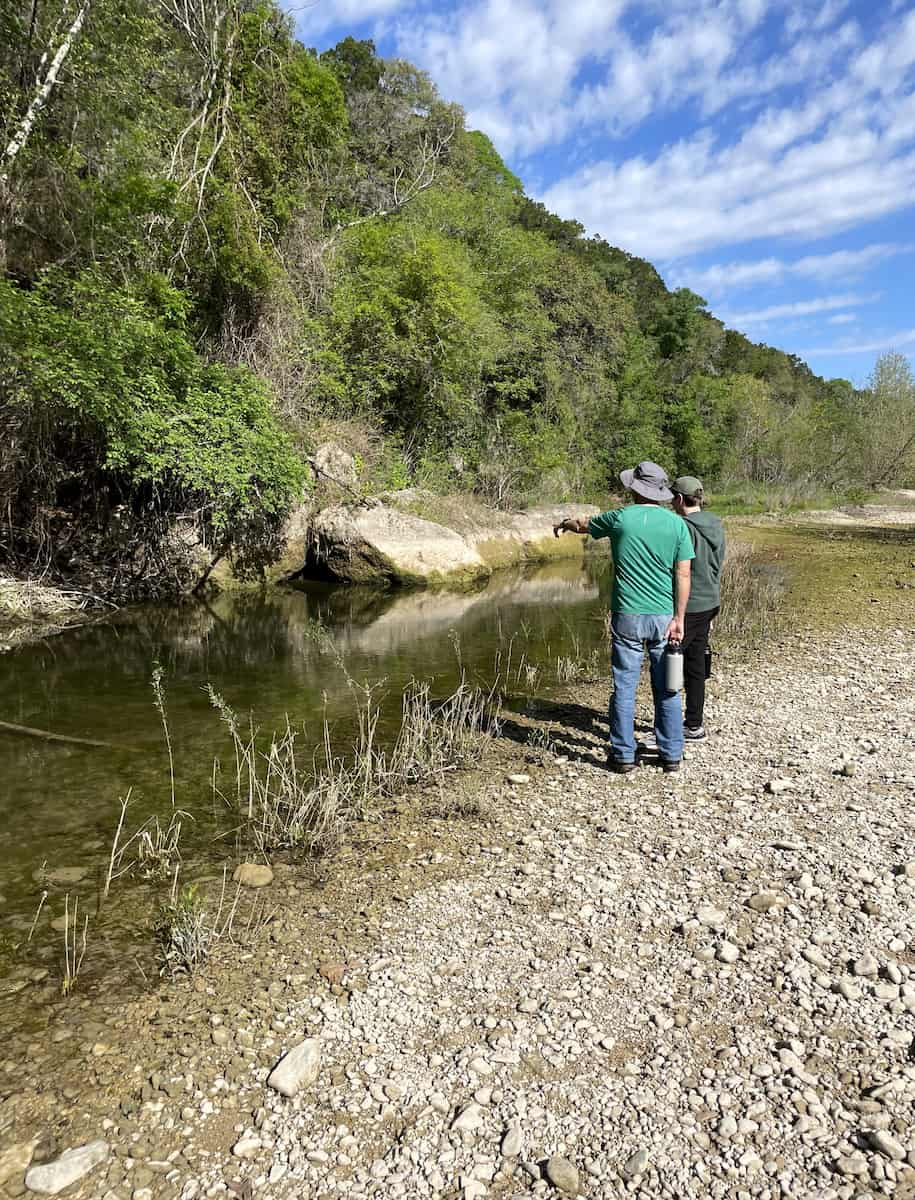
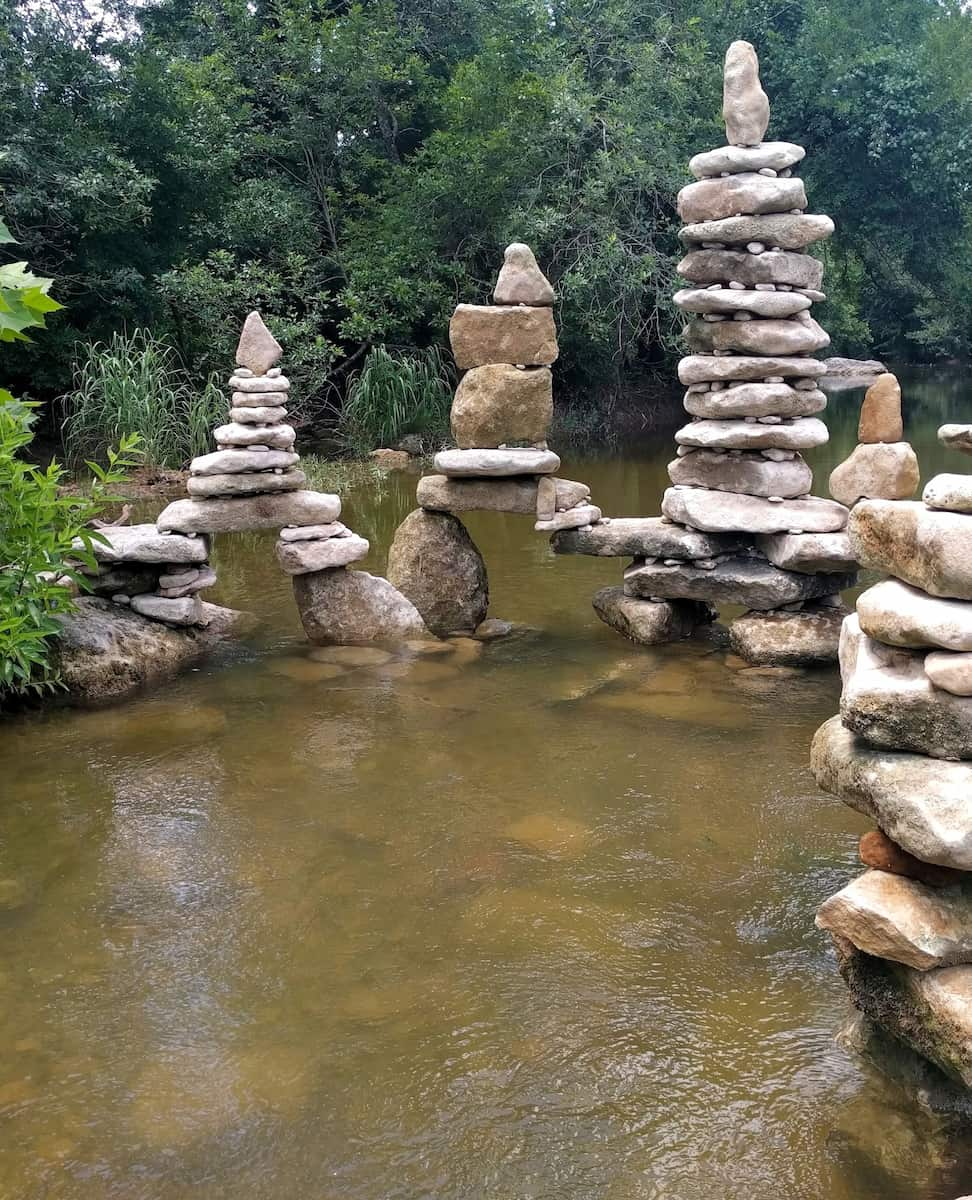
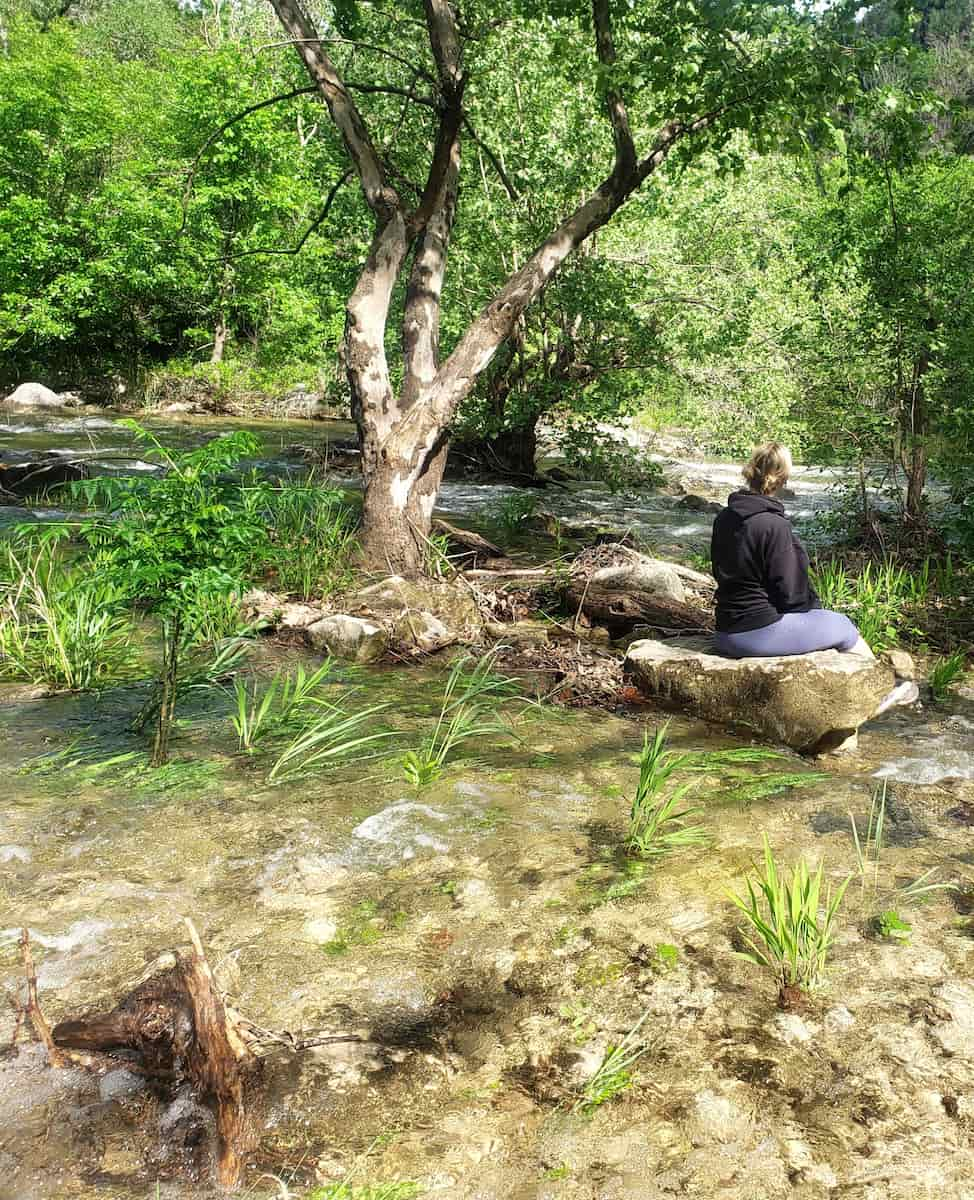
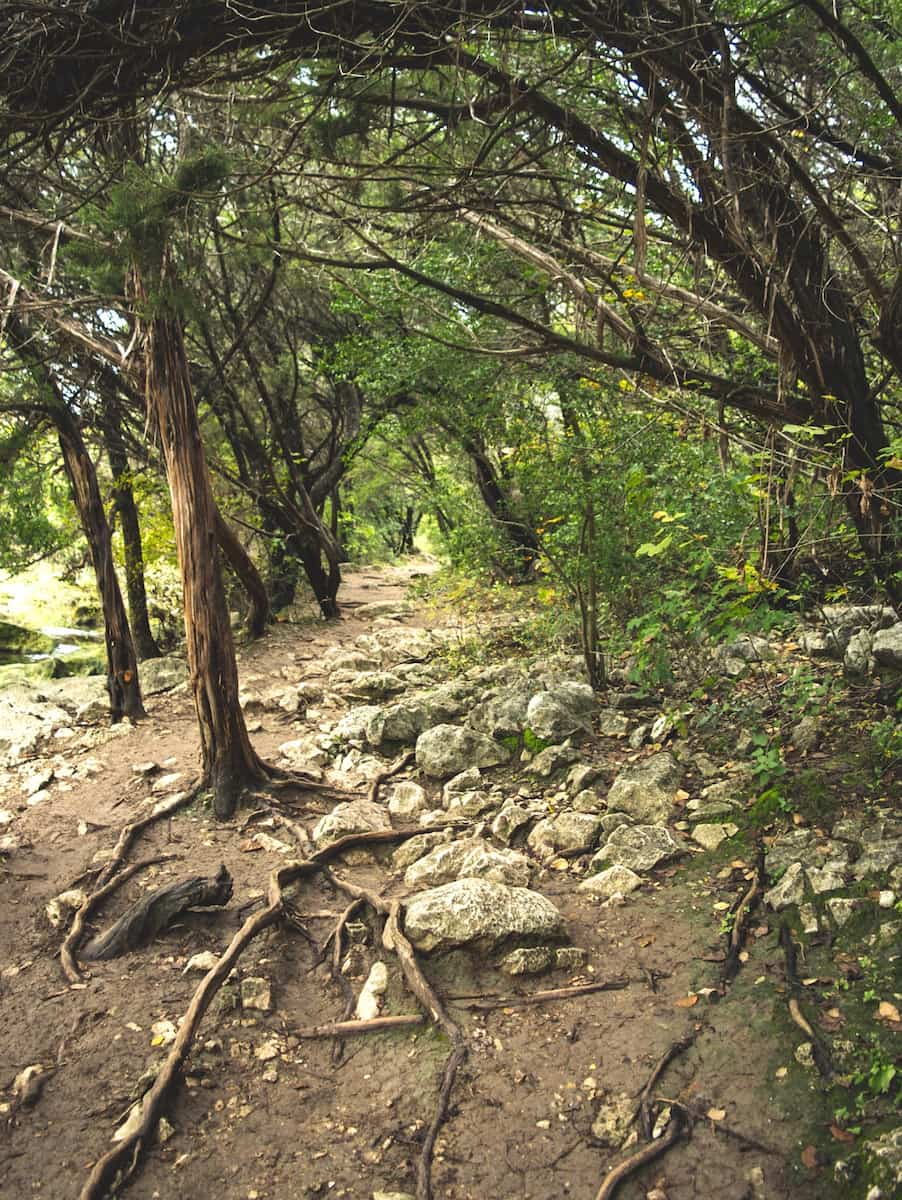
Trail sections. The Greenbelt offers varied terrain for different experience levels:
| Section | Difficulty | Features | Access Point |
|---|---|---|---|
| Twin Falls | Easy | Popular swimming hole | Mopac/Loop 360 |
| Sculpture Falls | Moderate | Series of small cascades | Scottish Woods Trail |
| The Flats | Easy | Shallow creek crossing | Barton Hills Access |
| Hill of Life | Difficult | Challenging elevation | Camp Craft Road |
Trail etiquette. I packed out all trash and kept my dog leashed in compliance with city regulations. The most popular access points have limited parking, so I arrived before 9am to secure a spot and enjoy cooler morning temperatures.
3. Free beaches and swimming holes
Natural cooling. I discovered several free natural swimming areas within a short drive of the city, perfect for escaping the Texas heat without spending money on pool admission. These spots offer authentic experiences of Central Texas’ unique limestone-filtered waters.
Popular locations. Each swimming area has distinct features:
| Location | Distance from Downtown | Features | Best For |
|---|---|---|---|
| Sculpture Falls | 6 miles | Series of small cascades | Wading, rock jumping |
| Campbell’s Hole | 5 miles | Deep swimming hole | Swimming, cliff views |
| Commons Ford | 12 miles | River beach access | Families, picnicking |
| Secret Beach | 4 miles | Sandy riverbank | Relaxation, shallow water |
Seasonal considerations. I checked water levels before visiting, as these natural areas depend on rainfall and can be dry during drought periods. Spring and early summer typically offer the best combination of water flow and comfortable temperatures.
Preparation tips. I packed water shoes for navigating rocky creek beds, plenty of drinking water, and environmentally friendly sunscreen. Most of these locations lack facilities, so I brought everything needed for the day and prepared to pack out all trash.
4. Austin Murals and Street Art
Open-air gallery. I created my own self-guided tour of Austin’s vibrant street art scene, photographing colorful murals that showcase the city’s creative spirit. These public artworks range from commissioned pieces by professional artists to spontaneous expressions of Austin’s “Keep It Weird” ethos.
Beauty districts. Street art concentrates in several neighborhoods:
| Area | Notable Murals | Atmosphere |
|---|---|---|
| East | “You’re My Butter Half,” “Rhapsody” | Edgy, progressive |
| South Congress | “I Love You So Much,” “Greetings from Austin” | Touristy, iconic |
| Downtown | “Jeremiah the Innocent” frog, “Austin Postcard” | Urban, bustling |
| North Loop | “Spread Love,” geometric designs | Bohemian, quirky |
Artist recognition. I learned to spot works by prominent Austin street artists like Daniel Johnston, Federico Archuleta, and the female collective Kellogg’s Workshop, whose distinct styles appear throughout the city.
5. Texas State Capitol Tour
Political place. I joined a free guided tour of the Texas State Capitol, an impressive domed building that stands 14 feet taller than the U.S. Capitol in Washington, D.C. The 40-minute tour provided fascinating insights into Texas history and government operations.
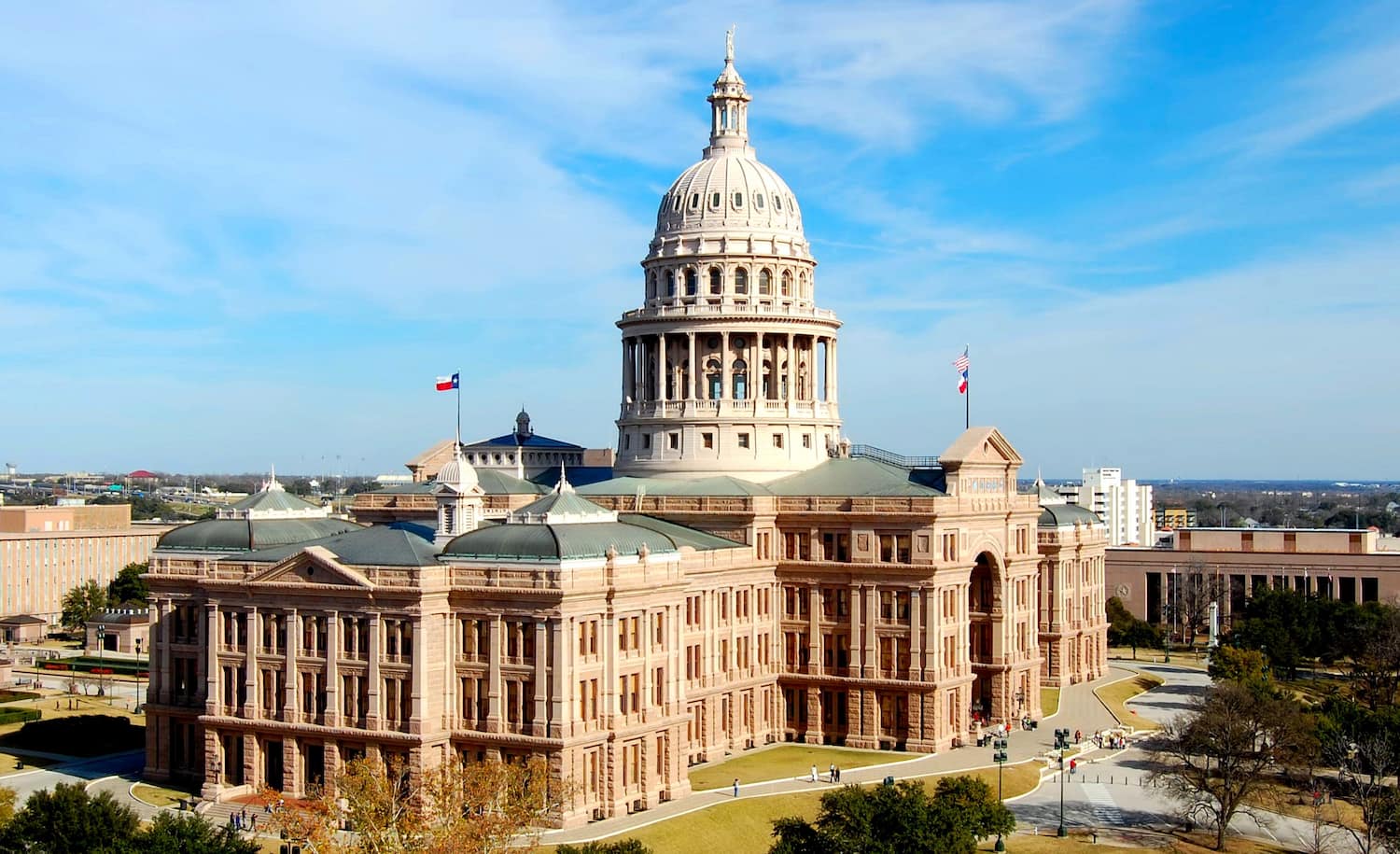
Architectural highlights. The tour showcased remarkable features:
- Rotunda with portraits of all Texas presidents and governors
- Senate and House of Representatives chambers
- Historic Governor’s Reception Room
- Underground Capitol Extension
- Terrazzo floor depicting seals of all nations that governed Texas
Self-guided options. After the official tour ended, I explored the 22-acre grounds at my own pace, discovering monuments and memorials representing different aspects of Texas history. The visitors center in the restored General Land Office building offers additional exhibits.
Practical information. Free guided tours depart every 30-45 minutes between 8:30am and 4:30pm weekdays, with weekend schedules slightly reduced. I found weekday mornings offered the smallest groups and most personal attention from knowledgeable guides.
6. Mayfield Park and Nature Preserve
Peacock paradise. I wandered the grounds of Mayfield Park, a historic cottage garden where dozens of free-roaming peacocks display their magnificent feathers and occasionally treat visitors to their distinctive calls. This 21-acre preserve combines manicured gardens with natural hiking trails.

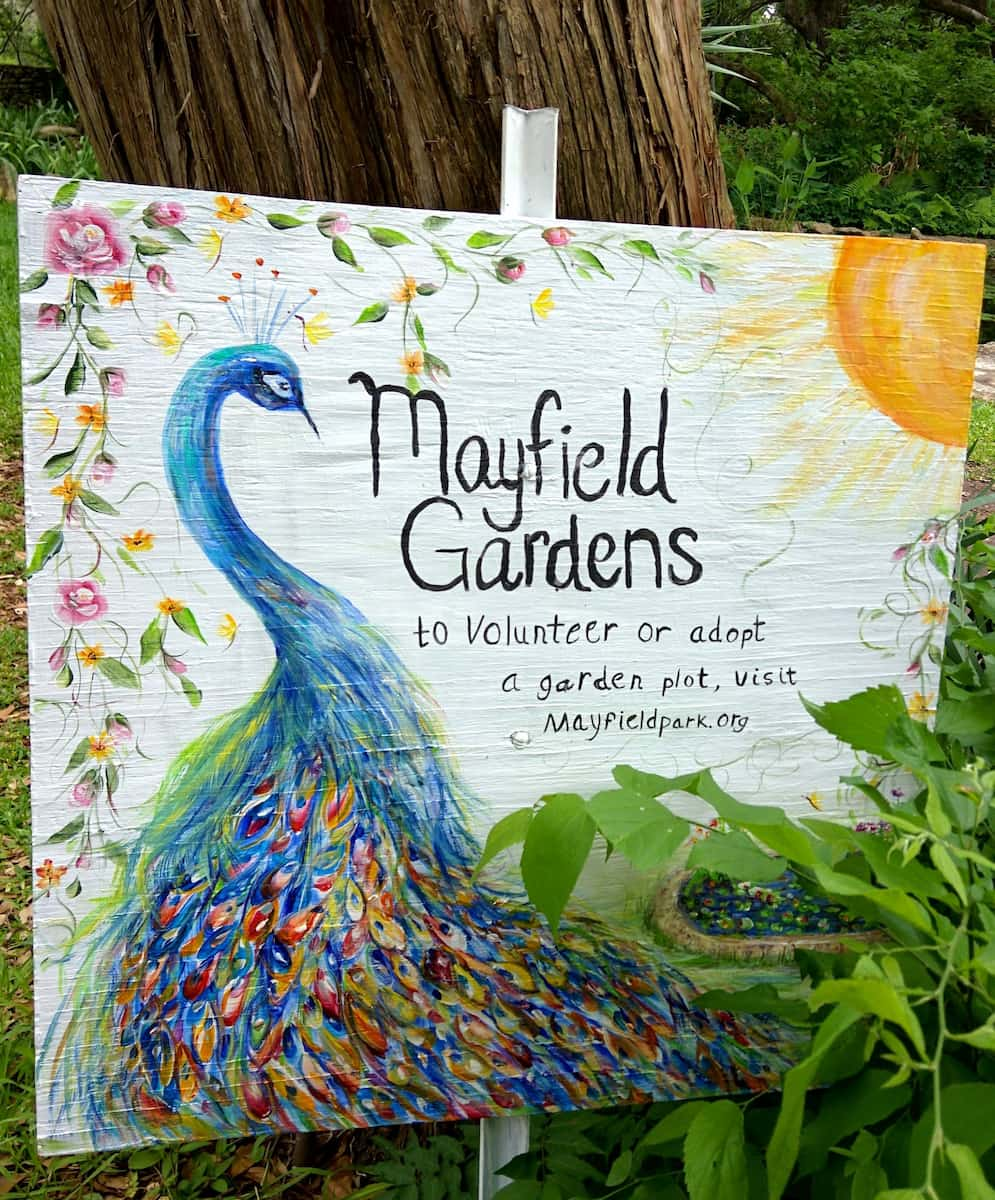
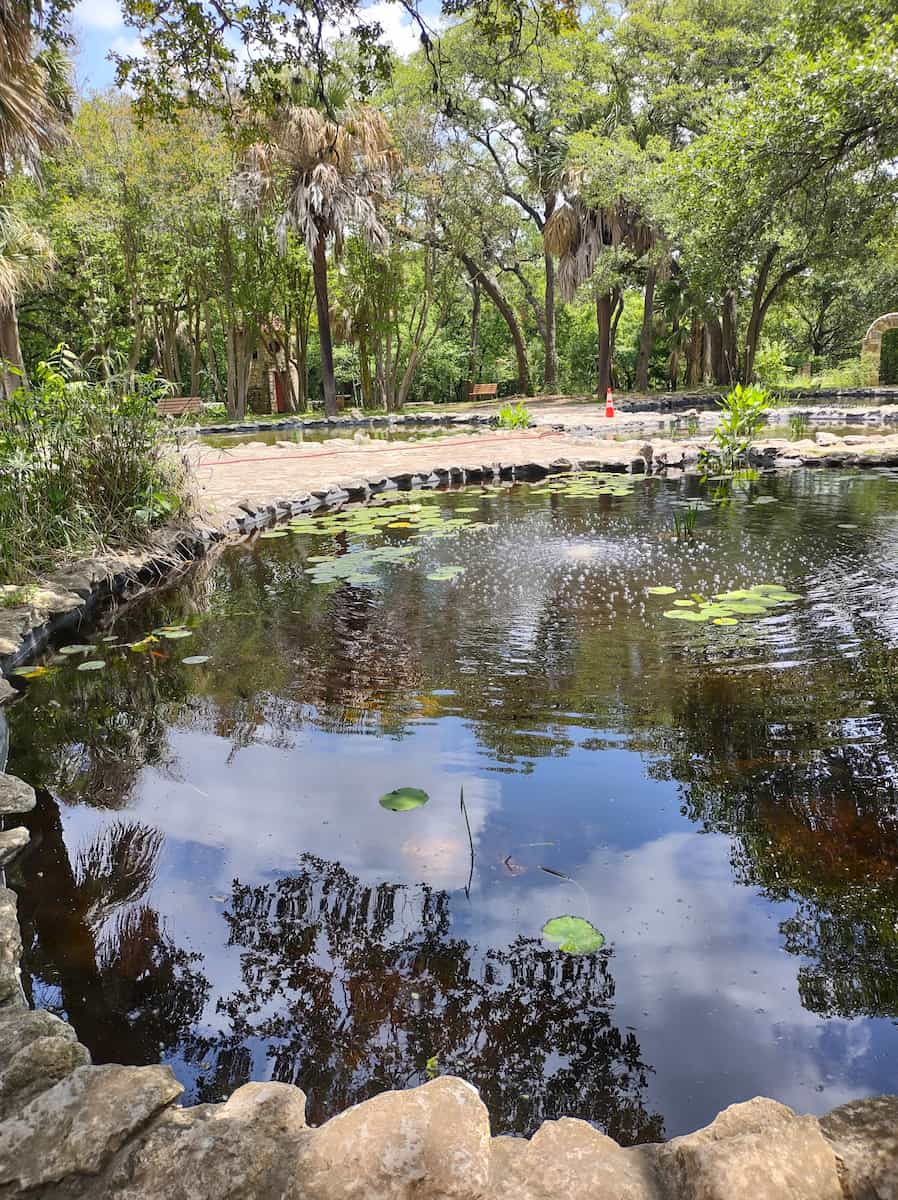

Garden features. The formal gardens surrounding the historic cottage include:
- Stone-walled ponds with water lilies and koi
- Cottage garden with seasonal plantings
- Palm trees and towering magnolias
- Historic structures dating to the 1870s
Nature trails. I followed the network of short trails through the nature preserve portion, discovering limestone outcroppings and native plant communities. The 0.8-mile loop trail provides a quick nature escape suitable for all fitness levels.
Photography tips. I visited in spring when male peacocks display their full plumage during mating season. Morning visits offer the best light for photography and higher chances of seeing active wildlife, including the resident peacocks, songbirds, and occasional deer.
7. Pease Park
Neighborhood gem. I explored Pease Park, a 84-acre green space stretching along Shoal Creek just minutes from downtown. This recently renovated park combines natural areas with recreational facilities, offering a less crowded alternative to Zilker Park.
Park zones. Different areas cater to various interests:
| Area | Features | Best For |
|---|---|---|
| Kingsbury Commons | Splash pad, playground | Families with children |
| Tudor Cottage | Historic building, gardens | Quiet relaxation |
| Shoal Creek Trail | Paved pathway, creek access | Walking, running |
| Ramble | Natural woodland, art installations | Nature exploration |
Unique attractions. I discovered “Yippee Ki Yay,” a remarkable treehouse-like structure by artist Patrick Dougherty made entirely of bent saplings. The park also features limestone cliffs, heritage trees, and seasonal wildflower meadows.
8. Self-guided walking tours of downtown
Urban exploration. I created my own walking tour of Austin using free resources from the Austin Visitor Center and online guides. This self-paced approach allowed me to discover architectural landmarks, hidden courtyards, and local history at no cost.
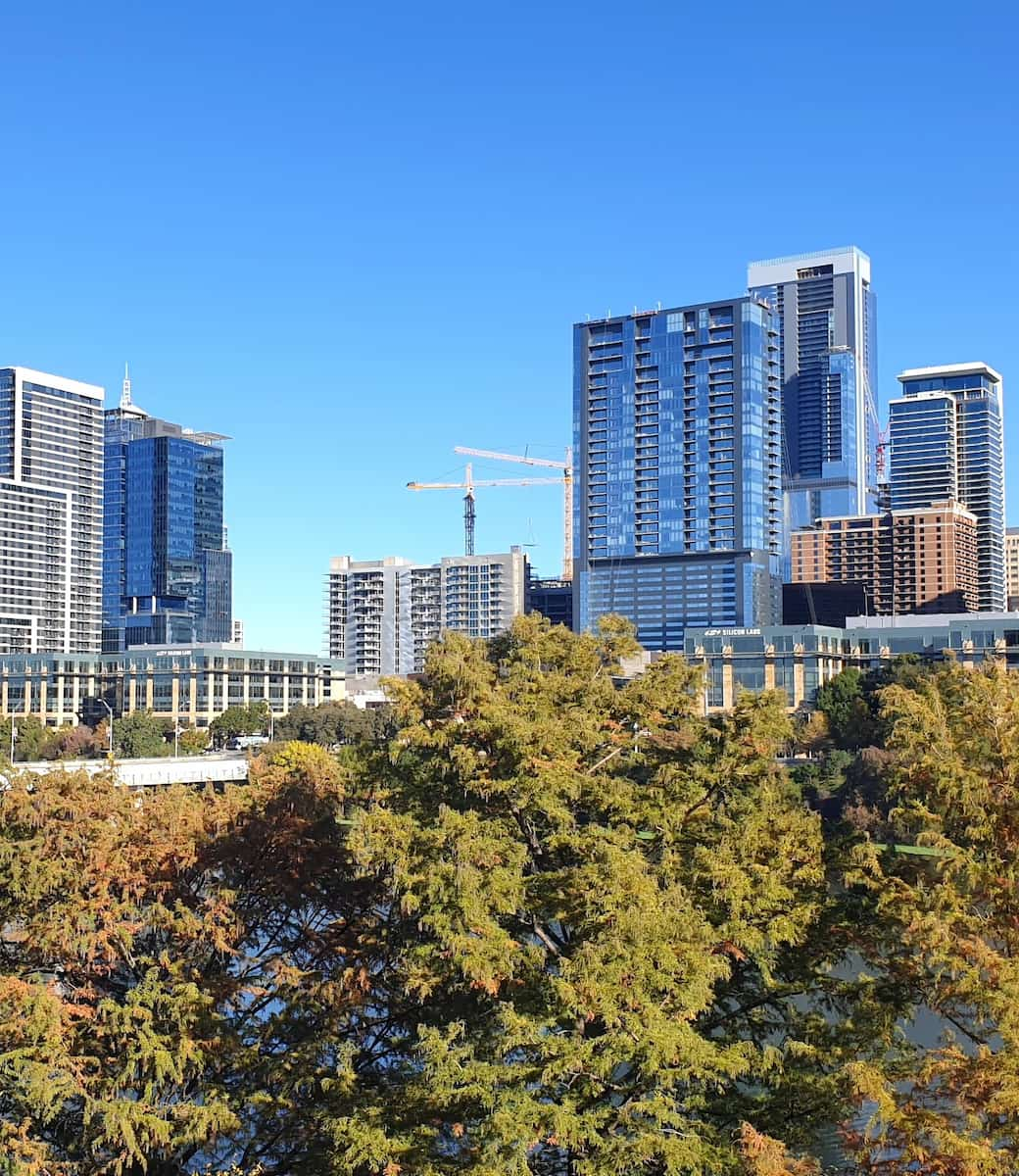
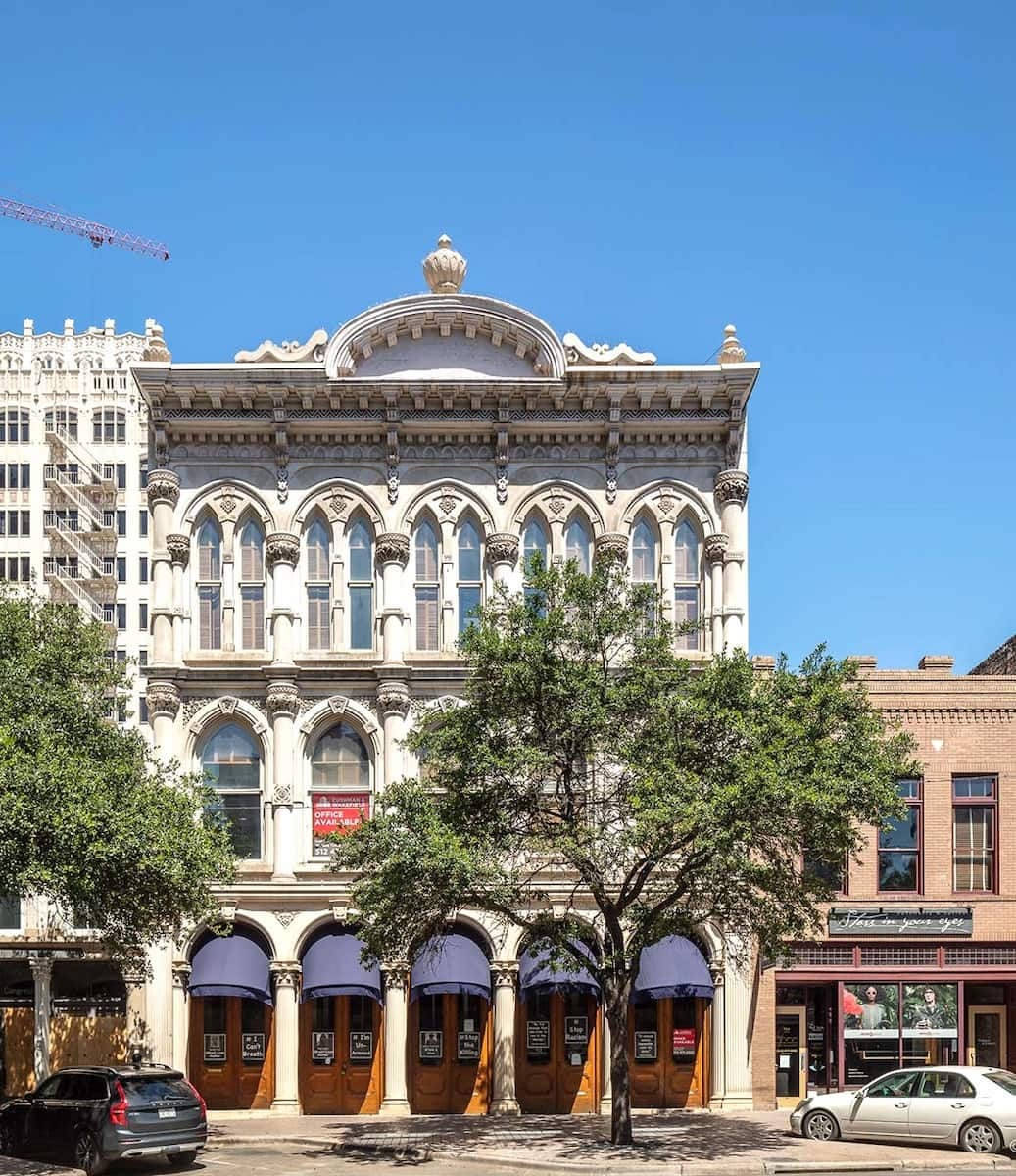
Themed routes. I found several distinct paths to follow:
- Historic Austin (focusing on 19th-century buildings)
- Music History Walk (legendary venues and musician memorials)
- Public Art Tour (sculptures and installations)
- Congress Avenue Architecture (diverse building styles)
- Haunted Austin (sites with spooky legends)
Navigation tools. I used the free “Walking Tour of Austin” app which provides GPS-enabled maps and audio narration for several downtown routes. The Austin History Center also offers printable walking tour maps focusing on different historical periods.
Comfort considerations. I started my walk early to avoid afternoon heat, carrying water and wearing comfortable shoes. The downtown grid makes navigation straightforward, with numbered streets running east-west and named streets running north-south.
9. Old Town promenades
Historic strolling. I wandered through Austin’s historic districts, where well-preserved architecture tells the story of the city’s evolution from frontier town to modern metropolis. These walkable neighborhoods offer free glimpses into Austin’s past through their distinctive buildings and streetscapes.
Notable districts. Each historic area has its own character:
- Bremond Block (preserved Victorian mansions)
- Sixth Street Historic District (19th-century commercial buildings)
- Clarksville (one of Texas’ oldest freedmen’s communities)
- Hyde Park (early suburban planning with historic homes)
- West Line Historic District (German influence in architecture)
Architectural styles. I identified various architectural periods represented in these neighborhoods, from Greek Revival and Victorian to Craftsman bungalows and mid-century modern. Many buildings feature historical markers explaining their significance.
Walking comfort. I appreciated the mature tree canopy providing shade in these older neighborhoods, making them pleasant for exploration even during warmer months. Most historic districts have sidewalks, though some are uneven due to tree roots and age.
Seasonal Activities
Christmas in Austin
Holiday magic. I experienced Austin’s transformation during December, when the city embraces the festive season with uniquely Texan traditions. The mild winter climate (typically 50-65°F) allows for comfortable outdoor holiday activities rarely possible in northern states.
Trail of Lights. This spectacular display in Zilker Park (December 8-23) features over 2 million lights creating 70+ illuminated scenes. I walked the mile-long trail through tunnels of light, animated displays, and themed areas while enjoying local food vendors and live music performances.
Zilker Holiday Tree. I stood beneath the 155-foot “tree” created from strings of lights extending from the Zilker Moonlight Tower and spun in circles to experience the traditional Austin ritual of creating a personal light show. The tree lighting ceremony (early December) includes performances and activities.
Armadillo Christmas Bazaar. This 10-day art market and music festival (December 15-24) showcases work from 160+ artists alongside daily live music performances. I found unique gifts while enjoying the festive atmosphere and supporting local creators.
Summer festivals and events
Hot season celebrations. I embraced Austin’s summer scene, when temperatures regularly exceed 100°F but the city compensates with water-based activities and evening events. The summer calendar fills with festivals celebrating music, food, and Texas culture.
Austin City Limits Music Festival. This massive event spans two weekends (October 4-6 and 11-13) in Zilker Park, featuring 125+ performers across eight stages. I navigated between headliners and discovered new artists, while sampling food from Austin’s best restaurants at the festival’s food court.
Bat Fest. I joined thousands on the Congress Avenue Bridge (August 24) for this celebration coinciding with peak bat season. The festival includes live music on two stages, arts and crafts vendors, bat-themed activities, culminating in the spectacular emergence of 1.5 million bats at dusk.
Blues on the Green. These free summer concerts in Zilker Park (June-August, specific dates announced in May) showcase local and national blues and rock artists. I brought a blanket and picnic to enjoy music under the stars alongside thousands of music-loving Austinites.
Spring blooms in Austin parks
Floral explosion. I timed my spring visit to coincide with Central Texas’ legendary wildflower season, when bluebonnets, Indian paintbrush, and dozens of other native species transform parks and roadsides into natural gardens. The peak bloom typically occurs mid-March through April, depending on winter rainfall.
Bluebonnet trails. I followed recommended routes to find the most spectacular displays:
- Lady Bird Johnson Wildflower Center (curated native gardens)
- Muleshoe Bend Recreation Area (vast fields of bluebonnets)
- Turkey Bend Recreation Area (wildflowers with lake views)
- McKinney Falls State Park (diverse wildflower species)
Zilker Garden Festival. This two-day event (March 23-24) celebrates spring with plant sales, gardening demonstrations, and tours of the botanical garden at peak bloom. I picked up gardening tips from experts while enjoying live music and food vendors in the garden setting.
Lady Bird Johnson Wildflower Center. I visited this 284-acre native plant botanic garden and research center, where carefully maintained displays showcase the diversity of Texas flora. Spring brings the most dramatic blooms, but the center’s thoughtful design ensures seasonal interest year-round.
Autumn foliage walks
Fall colors. I discovered that Austin offers surprising autumn beauty, with native trees like bald cypress, sumac, and cedar elm providing pockets of fall color from late October through early December. The extended autumn season offers comfortable hiking temperatures in the 60-70°F range.

Creek Greenbelt. I hiked sections of this urban trail system where bald cypress trees along the creek turn brilliant orange-red in November. The contrast between evergreen juniper, golden prairie grasses, and deciduous trees creates a distinctly Texan autumn palette.
Mount Bonnell. I climbed to this elevated viewpoint in November to see the Colorado River lined with color-changing trees, with the added bonus of clearer, less hazy views of the Hill Country than summer offers. The late afternoon light enhanced the warm autumn colors.
Lake Austin. I took a sunset cruise on Lake Austin where the surrounding hillsides showcase patches of fall color reflected in the water. The limestone cliffs provide a dramatic backdrop for the scattered bursts of red, orange and gold foliage.
Day Trip from Austin
1. Texas Hill Country wineries
Vineyard exploration. I ventured 30 minutes west of Austin into the Texas Hill Country wine region, where over 50 wineries produce distinctive varieties well-suited to the limestone-rich soil and hot climate. This growing wine destination offers tastings in settings ranging from rustic farmhouses to sophisticated modern facilities.
Wine trail options. Several established routes connect multiple wineries:
| Trail | Distance from Austin | Focus | Notable Wineries |
|---|---|---|---|
| 290 Wine Road | 30-45 minutes | Highest concentration | Becker Vineyards, William Chris |
| Driftwood Wine Trail | 25-30 minutes | Boutique producers | Fall Creek, Duchman Family |
| Marble Falls Wine Trail | 45-60 minutes | Lake views | Flat Creek Estate, Perissos |
| Fredericksburg Wine Road | 75-90 minutes | German heritage | Grape Creek, Pedernales Cellars |
Tasting experiences. I found most wineries offer tastings for $15-25, typically including 5-6 wines and sometimes a souvenir glass. Many require reservations on weekends, when live music and food pairings enhance the experience.
Transportation tips. I booked a wine shuttle service ($150-200/person for full-day tours) to avoid drinking and driving, though designated driver arrangements work well for small groups. Most wineries close by 6pm, so starting by 11am allows visits to 3-4 locations.
⭐ Best Activities
- Fredericksburg: Winery Experience – Venture from Austin to Fredericksburg for an intimate boutique winery experience, sampling distinctive Texas wines while learning about the region’s growing wine industry from knowledgeable guides.
2. Lake Travis and Oasis
Water playground. I spent a day exploring Lake Travis, a 63-mile long reservoir with 270 miles of shoreline offering water recreation just 30 minutes from downtown Austin. The lake’s clear blue waters and limestone cliffs create a stunning backdrop for boating, swimming, and waterfront dining.

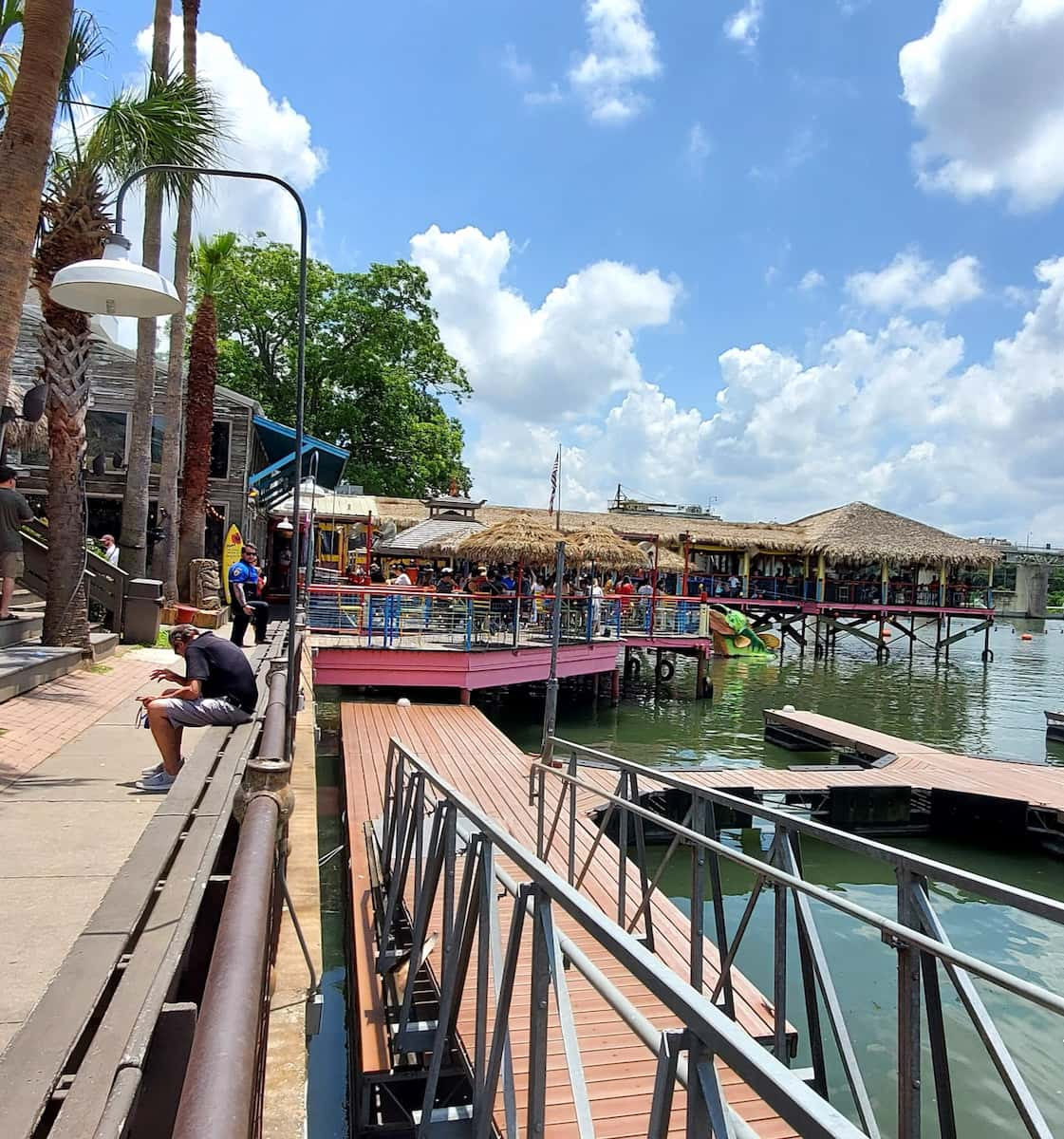
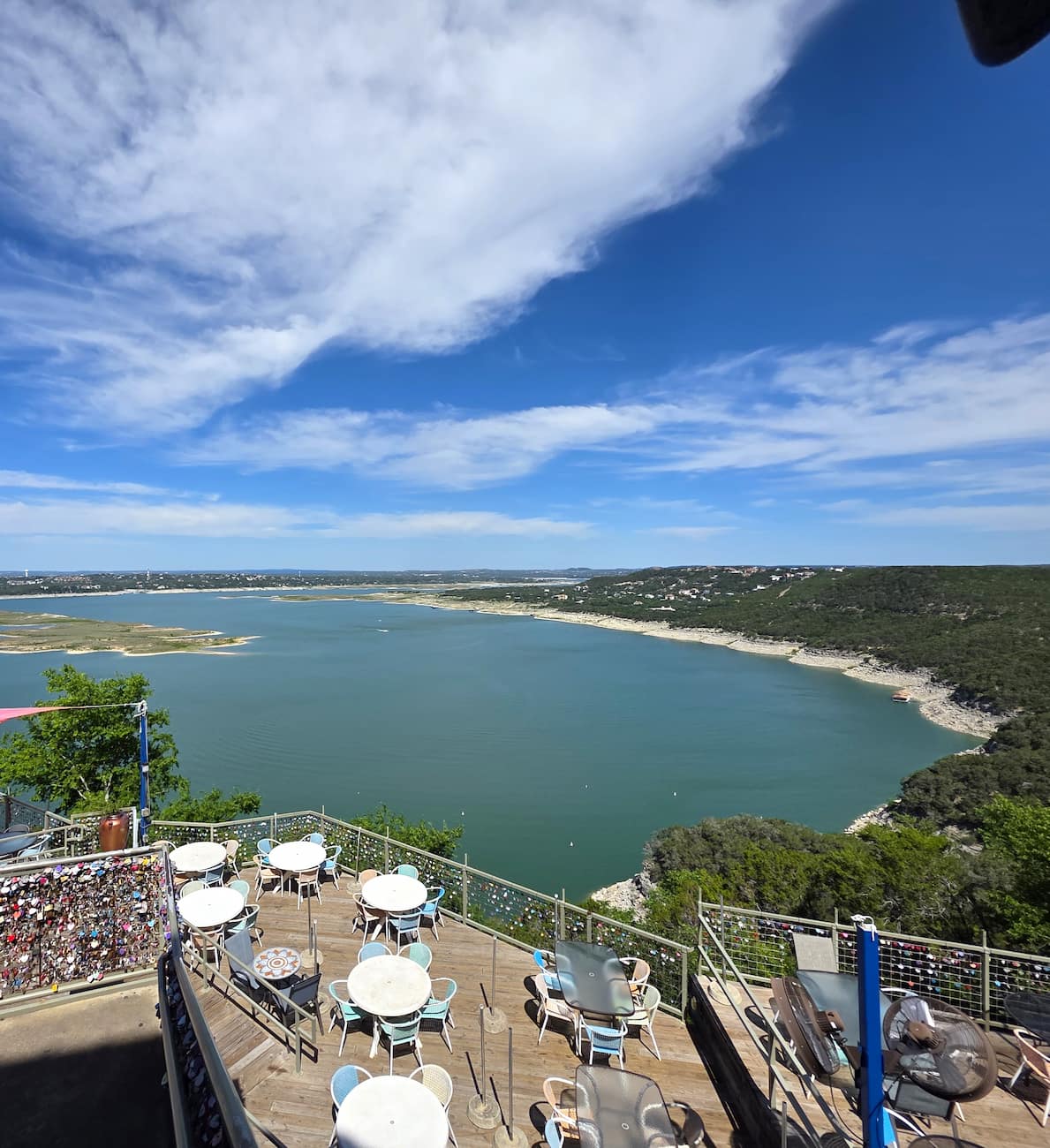

Boat rentals. Various marinas offer watercraft options:
- Pontoon boats ($350-500/day)
- Ski boats ($450-600/day)
- Jet skis ($100-150/hour)
- Kayaks and paddleboards ($20-30/hour)
The Oasis experience. I timed my visit to The Oasis restaurant to coincide with sunset, when this massive tiered complex overlooking the lake becomes packed with people celebrating the daily “sunset bell.” The food is secondary to the spectacular views from the multiple decks perched 450 feet above the lake.
Beach alternatives. I discovered several public access points for swimming, including Windy Point Park ($15 entry) with cliff jumping opportunities, and Hippie Hollow ($8 entry) – Texas’ only legally recognized clothing-optional public park.
⭐ Best Activities
- Lake Travis Sunset Boat Tour – Cruise the pristine waters of Lake Travis while enjoying a breathtaking Texas sunset, complete with stunning views of the surrounding Hill Country landscape on this relaxing boat tour.
3. Enchanted Rock
Granite dome. I made the 90-minute drive to Enchanted Rock State Natural Area to climb the massive pink granite batholith rising 425 feet above the surrounding landscape. This ancient formation covers 640 acres and offers a uniquely Texan hiking experience unlike anything else in the region.

Summit trail. The main Summit Trail presents a moderate challenge:
- 0.8 miles one-way with 425 feet elevation gain
- Steep sections requiring careful footing
- No shade on the rock face
- Panoramic views of the Hill Country at summit
Additional activities. Beyond the main dome, I explored other park features including the 4-mile Loop Trail circling the formation, primitive caves requiring flashlights, and excellent stargazing opportunities for those staying until dusk.
Planning essentials. The park frequently reaches capacity, especially on weekends and holidays. I made a day pass reservation ($8 per person) through the Texas State Parks website and arrived early. Cell service is limited, so I downloaded maps before arriving.
4. Wimberley
Hill Country charm. I drove 40 minutes southwest of Austin to Wimberley, a picturesque small town where artists, musicians, and nature lovers have created a distinctive community. The town’s tree-lined square features locally-owned shops, galleries, and restaurants surrounding a central park.
Natural attractions. The area’s limestone geography creates unique swimming spots:
| Location | Features | Admission |
|---|---|---|
| Blue Hole | Spring-fed swimming pool with rope swings | $12 adults, $6 seniors/children |
| Jacob’s Well | Natural artesian spring with 120-foot depth | $9 adults, $5 seniors/children |
| Cypress Creek | Public access points for wading | Free |
Market days. I timed my visit for first Saturday Market Days (March-December), when over 450 vendors transform Lions Field into one of Texas’ largest outdoor markets. The eclectic mix of antiques, crafts, and food draws thousands of visitors monthly.
Wine and dine. I enjoyed lunch at The Leaning Pear, a farm-to-table restaurant housed in a contemporary building overlooking Cypress Creek, before visiting Wimberley Valley Winery for a tasting of their Texas-grown varieties.
⭐ Best Activities
- From Austin: Half-Day Hill Country Wine Shuttle – Escape the city for a half-day excursion to Texas Hill Country’s renowned wineries, where you’ll sample a variety of local wines while enjoying the picturesque countryside scenery.
FAQ
What is the best time to visit Austin?
Spring (March-May) and fall (September-November) offer the most pleasant temperatures and numerous outdoor festivals. Summer months can be extremely hot with temperatures regularly exceeding 100°F, while winter is mild but can have occasional cold fronts.
How many days do I need in Austin?
A three-day visit allows you to experience Austin’s main attractions and unique culture. Add an extra day or two if you want to include day trips to surrounding Hill Country destinations like wineries, swimming holes, or small towns.
Is Austin safe for tourists?
Austin is generally safe, with typical urban precautions recommended. Exercise standard safety practices like being aware of your surroundings, especially late at night on 6th Street and in entertainment districts.
